Mechanoresponsive smart windows present advantages of simple construction, low cost, and excellent stability.机械响应式智能窗户具有结构简单、成本低、稳定性好等优点。
- energy saving
- smart window
- mechanoresponsive
- driving mode
1. Introduction
1. 简介
2. Structures of Mechanoresponsive Smart Windows机械响应智能窗户的结构
Mechanical机械力驱动的机械应变, strain driven by mechanical force, electricity, humidity, etc., reconfigures the surface morphology or changes the interface structure, thus changing the optical transmittance by modulating the scattering or diffraction of lights. Based on the types of surface morphology or interface structure to achieve optical modulation, researchers created six primary categories of mechanoresponsive materials: micro/nano-array, wrinkling, crack, novel interface, tunable interface parameter, and the surface–interface synergy effect. For each category, the latest developments in the mechanisms and optical tunable properties will be focused on.电, 湿度, 等, 重新配置表面形貌或改变界面结构, 从而通过调制光的散射或衍射来改变光学透射率.基于实现光调制的表面形态或界面结构的类型,研究人员创建了六大类机械响应材料:微/纳米阵列、皱褶、裂纹、新型界面、可调界面参数和表面-界面协同效应。对于每个类别,将重点关注机制和光学可调特性的最新发展。2.1. Mechanoresponsive Smart Windows Based on Micro基于微/Nano-Array纳米阵列的机械响应智能窗口
Surfaces periodic nanoscale or microscale arrays have attracted attention as a new type of smart windows material, because of their special advantages, such as flexible light trapping property, broadband antireflection, easy preparation, and high surface area. To date, several nanoarrays have been designed and fabricated, such as nanocones 表面周期性纳米级或微尺度阵列作为一种新型智能窗材料,因其具有柔性光捕获性、宽带抗反射、易于制备、比表面积高等特殊优势而备受关注。迄今为止,已经设计和制造了几种纳米阵列,例如纳米锥[13], nanopillars 、纳米柱[14][15][16], nanoholes ,纳米孔[17][18], nanospheres 、纳米球[19]. These structures can change their optical performance by dynamically modulating surface geometry in response to various external stimuli.这些结构可以通过动态调制表面几何形状来响应各种外部刺激来改变其光学性能。 In recent years, 近年来,Li et al. reported a self-erasable nanocone antireflection film via a simple surface replication method (Figure 等人报道了一种通过简单的表面复制方法自擦除纳米锥体增透膜(图1a) a)[20]. The nanocone arrays with constant heights and periods can be easily formed in the shape memory polymer film of polyvinyl alcohol (具有恒定高度和周期的纳米锥阵列可以很容易地形成聚乙烯醇(PVA) and are conveniently erased by thermal irritation. In the initial state, the PVA film with shape memory effect shows 0.6% reflectivity in the visible spectral, and the reflectivity of self-erasable PVA film can be switched from 0.6% to 4.5% by adjusting the temperature (>80 °C). Benefiting from PVA’s shape memory effect, the reflectivity over the visible spectral range of the self-erasable antireflection membrane can be changed. Lee et al. presented a simple manufacturing of stretchable smart windows with the surface morphology pattern consisting of nanopillar arrays on the wrinkled poly(dimethylsiloxane) (PDMS) film )的形状记忆聚合物膜,并且可以通过热刺激方便地擦除。在初始状态下,具有形状记忆效应的PVA薄膜在可见光谱中表现出0.6%的反射率,通过调节温度(>80°C),自擦PVA薄膜的反射率可以从0.6%切换到4.5%。得益于PVA的形状记忆效应,可以改变自擦抗反射膜在可见光谱范围内的反射率。Lee等人介绍了一种可拉伸智能窗户的简单制造,其表面形态图案由皱巴巴的聚(二甲基硅氧烷)(PDMS)薄膜上的纳米柱阵列组成[21]. As shown in Figure 如图1b, in released state, because of the wide scattering of light via the periodic micrometer size surface structures, the 所示,在释放状态下,由于光通过周期性微米尺寸的表面结构的广泛散射,PDMS films show optically opaque properties, which have a frosted glass-like appearance.薄膜显示出光学不透明特性,其具有磨砂玻璃状外观。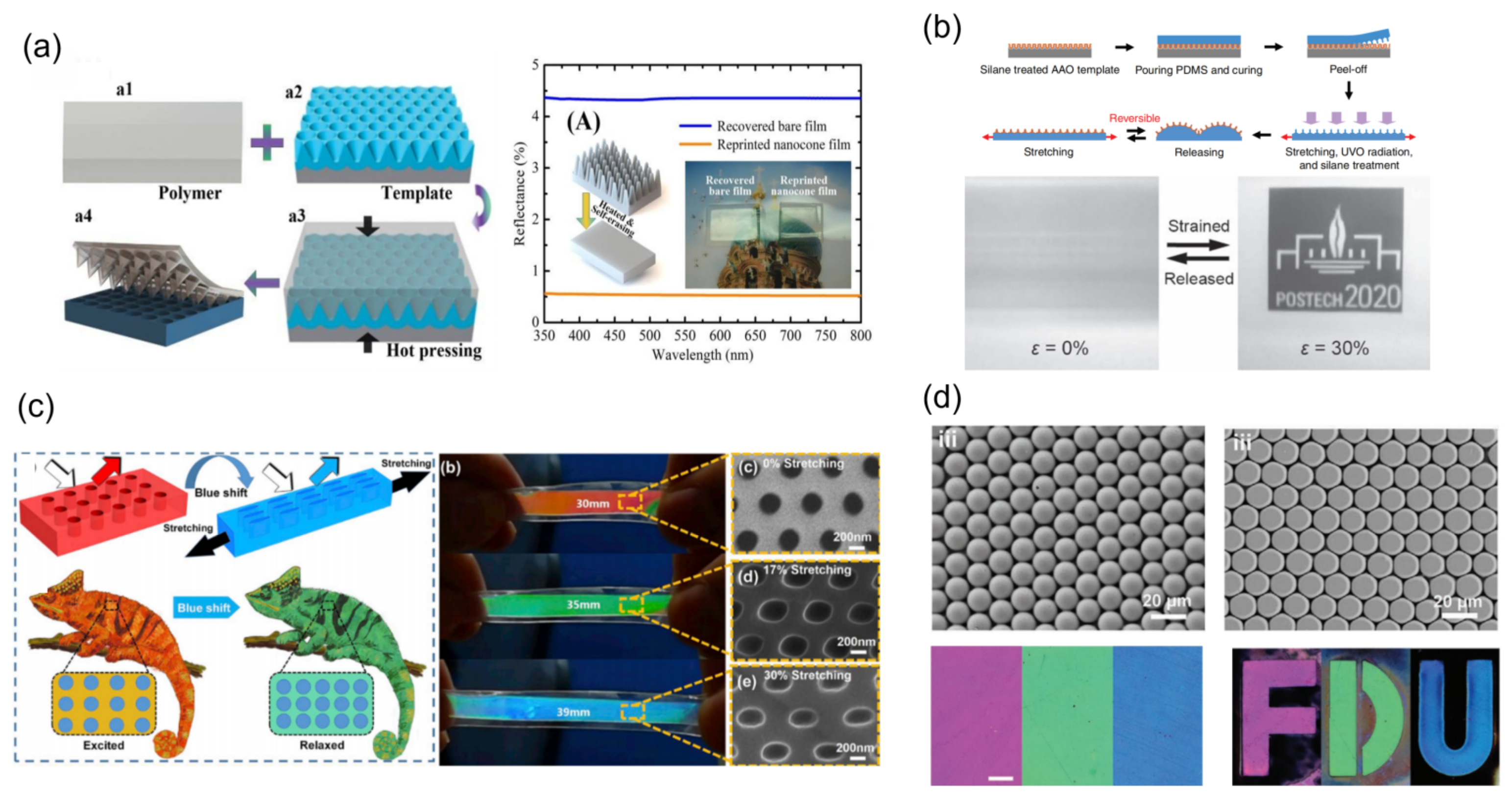
2.2. Mechanoresponsive Smart Windows Based on Wrinkling基于皱纹的机械响应智能窗户
As a universal pattern in nature, wrinkling is another typical surface texture that can dynamically be tuned by mechanical strains and has been extensively explored for optical devices, stretchable electronics, energy storage devices, etc. 作为自然界中的通用图案,起皱是另一种典型的表面纹理,可以通过机械应变动态调整,在光学器件、可拉伸电子器件、储能器件等方面得到了广泛的探索。[24][25][26]. Depending on the incident angles, the wrinkled surface refracts the incident light to different directions and blurs the objects behind the wrinkled thin layer根据入射角度,起皱表面将入射光折射到不同的方向,并使起皱的薄层/substrate film. However, when the wrinkles are erased by lateral tensile strains, the light beams can pass through the film with reduced deflection, changing the film from opaque to translucent or to highly transparent 基板膜后面的物体模糊。然而,当褶皱被横向拉伸应变擦除时,光束可以减少偏转穿过薄膜,使薄膜从不透明变为半透明或高度透明[27][28]. In recent years, researchers have designed a variety of surface wrinkled smart window materials. In Figure 近年来,研究人员设计了多种表面起皱的智能窗户材料。在图2a, a中,Li et al. reported a notable thickness-dependent wrinkling behavior of 等人通过使用典型的等离子拉伸工艺报告了PDMS films via using the typical plasma-stretch processes 薄膜的显着厚度依赖性起皱行为[29]. They have showed brilliant surface structural colors and pre-designed colorimetric responses to mechanical strain on plasma-treated 它们通过改变基板厚度,在等离子体处理的PDMS films by changing the substrate thickness. Because of the high orderliness and considerable small size of the wrinkles, uniform, bright, and angle-dependent structural colors can be obtained on thick PDMS films (>1 mm).薄膜上显示出明亮的表面结构颜色和预先设计的比色响应。由于褶皱的高有序性和相当小的尺寸,可以在厚PDMS薄膜(>1 mm)上获得均匀,明亮和角度相关的结构颜色。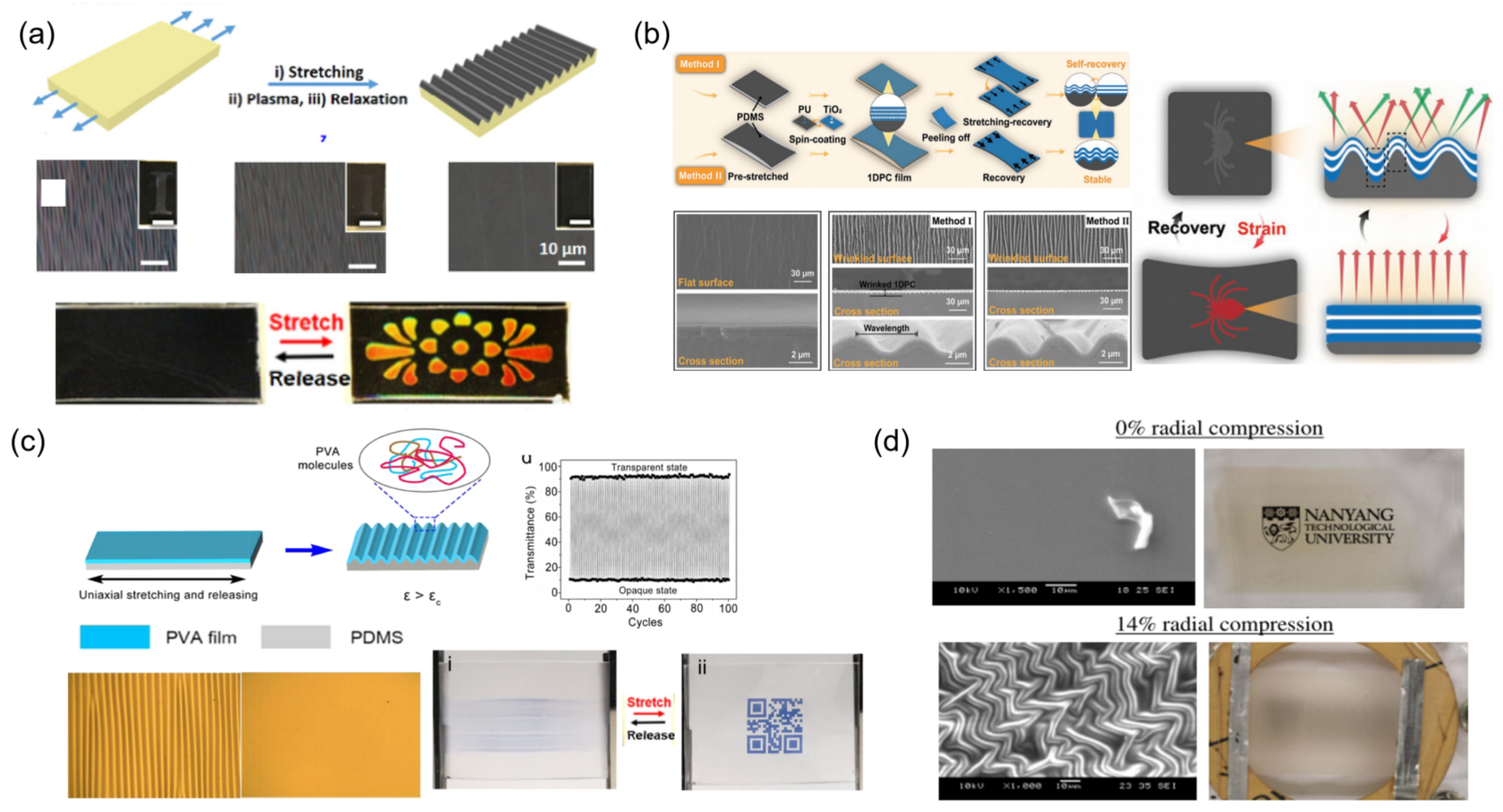
2.3. Mechanoresponsive Smart Windows Based on Cracks基于裂缝的机械响应智能窗户
In addition to optical property modulation by changing the structural parameters such as the number and micro除了通过改变表面的数量和微纳米图案间距等结构参数进行光学性能调制外,通过改变微裂纹的开/nano-pattern spacing on the surface, optical pathway opening/closing or the appearance/disappearance of scattered light units by changing the opening/closing state of micro cracks is also an effective means to achieve rapid excitation of fluorescence or rapid decrease of transmittance 闭状态来光路的开/闭或散射光单元的出现/消失也是实现荧光快速激发或透射率快速降低的有效手段[33]. Because of the weak binding at the fracture, it usually has highly sensitive properties. Both microscale and nanoscale structural designs have well demonstrated their opportunity in achieving excellent dynamic optical performance. By means of stretching由于断裂处的结合力较弱,因此通常具有高度敏感的特性。微尺度和纳米级结构设计都很好地证明了它们在实现出色的动态光学性能方面的机会。通过拉伸/releasing and revealing/concealing patterns, micro/nanoscale cracks enable tune a series of reversible adaptive optics, e.g., transparency, fluorescent color, and luminescent intensity.释放和揭示/隐藏图案,微/纳米级裂纹可以调整一系列可逆自适应光学器件,例如透明度、荧光颜色和发光强度。 Mao et al. reported a simple and highly effective method of mechanochromic materials based on a bilayer structure. This structure is composed of a sputter-coated light-shielding metal layer (Au/Pd) on a 等人报道了一种基于双层结构的简单有效的机械致变色材料方法。该结构由含有荧光染料的PDMS bottom substrate containing the fluorescent dye 底部基板上的溅射涂层遮光金属层(Au / Pd)组成[34], featuring horizontal and,在拉伸材料下具有水平和/or vertical micro-scale cracks under stretched material (Figure或垂直微尺度裂纹(图 3a). The width of cracks opening on the metal light-shielding layer under stretching)。在拉伸/releasing endows the UV radiation to stimulate the fluorescent dye, which can exhibit luminescent color embed in the PDMS matrix. The crack opening width can be well tuned via applying different degrees of pre-stretching strain in the preparation process, leading to customizable mechanochromic responses. High sensitivity and excellent durability of the devices are also displayed, which can exhibit great mechanochromic properties after 500 cycles of tensile and release. Zeng et al. introduced a thin rigid composite material film, which was prepared by drop-casting method or spray-coating on the plastic substrate subsequent to the treatment of vinyl-functionalized silane vapor 释放下,金属遮光层上裂纹的开口宽度赋予了紫外线辐射以刺激荧光染料,荧光染料可以表现出嵌入PDMS基体中的发光颜色。通过在制备过程中施加不同程度的预拉伸应变,可以很好地调整裂纹开口宽度,从而产生可定制的机械致变色响应。还展示了设备的高灵敏度和出色的耐用性,在500次拉伸和释放循环后可以表现出出色的机械致变色性能。Zeng等介绍了一种薄的刚性复合材料薄膜,该薄膜是在乙烯基功能化硅烷蒸气处理后通过滴铸法或在塑料基材上喷涂制备的[35].由于泊松效应产生的压缩力,刚性膜的表面形貌表现出垂直于剥离方向的周期性纵向裂纹和垂直于裂纹的横向褶皱。在释放状态下,该薄膜在 The surface morphology of the rigid film showed periodical longitudinal cracks which are vertical to the peeling direction and the transverse wrinkles perpendicular to the cracks because of the compressive force originating from the Poisson effect. In the released state, this film shows >88% transmittance at 600 nm and the film becomes highly opaque (transmittance < 29%) under 40% strain (Figure600 nm 处显示出 >88% 的透射率,并且在 40% 应变下薄膜变得高度不透明(透射率< 29%)(图 3b).)。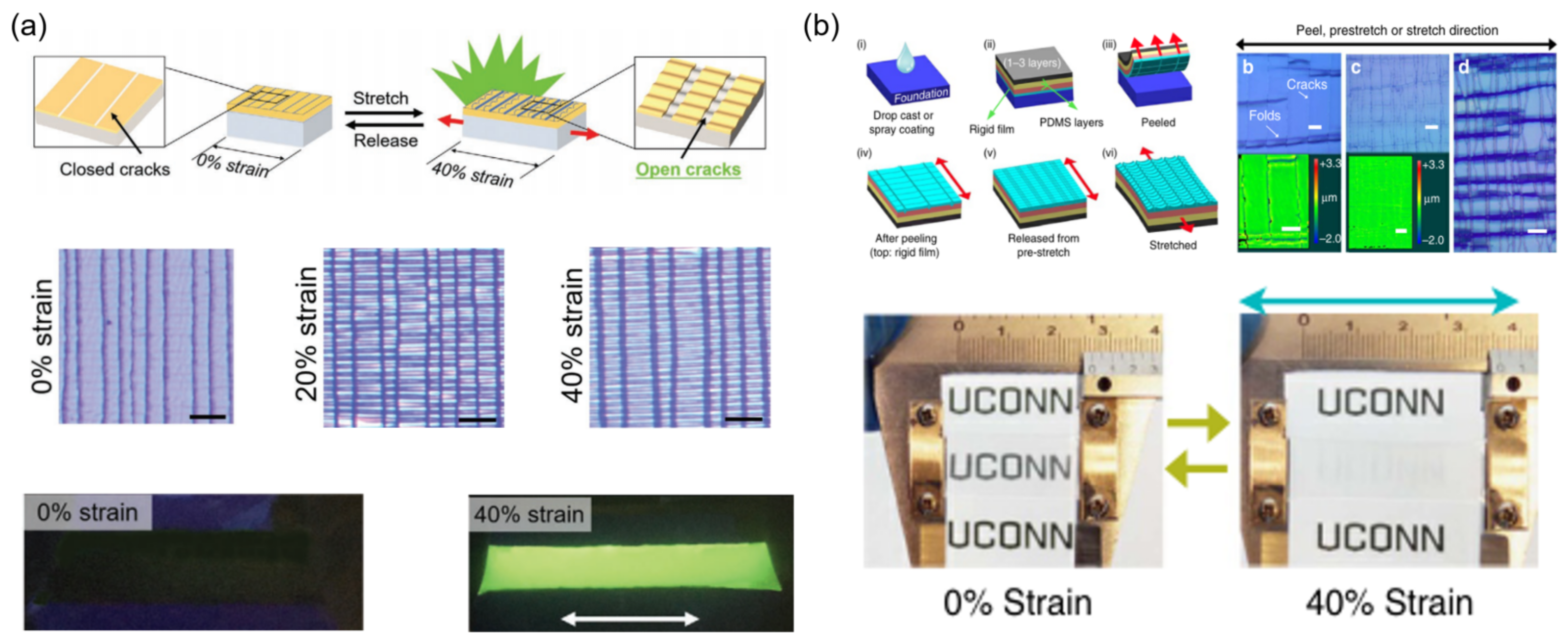
2.4. Novel Interface-Introduced Mechanoresponsive Smart Windows新颖界面引入机械响应智能窗口
Similar to the surface structure, the interface structure can also dynamically regulate the scattering and interference of light, thus achieving the optical modulation. Moreover, the mechanoresponsive materials based on interface structure regulation can overcome the problem that the surface structure is susceptible to failure by external environment (such as dust, moisture, mechanical load, etc.), and show stronger controllability and stability 与表面结构类似,界面结构也可以动态调节光的散射和干涉,从而实现光调制。此外,基于界面结构调控的机械响应材料可以克服表面结构易受外界环境(如灰尘、湿气、机械载荷等)破坏的问题,表现出更强的可控性和稳定性。[36][37]. Based on this, materials that achieve light transmission regulation through dynamic generation基于此,通过动态产生/disappearance of novel interfaces have been widely investigated.消失新型界面实现透光调节的材料得到了广泛的研究。 As shown in Figure 如图4a, Shu Yang’s group and researchers' group firstly proposed the approach to prepare smart window film by combining the nanoparticle arrays with similar refractive indices to elastomers a所示,舒扬课题组和研究小组首先提出了将折射率与弹性体相似的纳米颗粒阵列组合制备智能窗膜的方法。[38]. During the stretching process, a large number of micro在拉伸过程中,由于软弹性体与刚性纳米颗粒的模量不匹配,产生了大量的微/nano-optical interfaces were generated because of the mismatch between the modulus of the soft elastomer and the rigid nanoparticles, which result in a significant decrease in the light transmission of the film. Although the transmittance of this film is up to 70%, it still improves the mechano-optical sensitivity. Therefore, constructing fast-responsive interfaces through the generating/vanishment of scattering under mechanical strain, is an easy and effective way to improve sensitivity. Based on this theory, researchers' group reported an ultrasensitive dynamic optical membrane based on the dye-induced weak boundary layer 纳米光学界面,导致薄膜的透光率显着降低。虽然这种薄膜的透光率高达70%,但它仍然提高了机械光学灵敏度。因此,通过机械应变下散射的产生/消失来构建快速响应的界面,是提高灵敏度的一种简单有效的方法。基于这一理论,研究小组报道了一种基于染料诱导弱边界层的超灵敏动态光学膜[39]. This sample exhibits a dramatic decrease in transmittance by 该样品在非常小的应变(15%)下透射率急剧降低44% at very small strain (15%). Moreover, a total dynamic transmittance rate of ~75% is demonstrated, while this membrane can be reversibly modulated for more than 2000 cycles with stable structural integrity and optical performance.。此外,总动态透射率为~75%,而该膜可以可逆调制超过2000个周期,具有稳定的结构完整性和光学性能。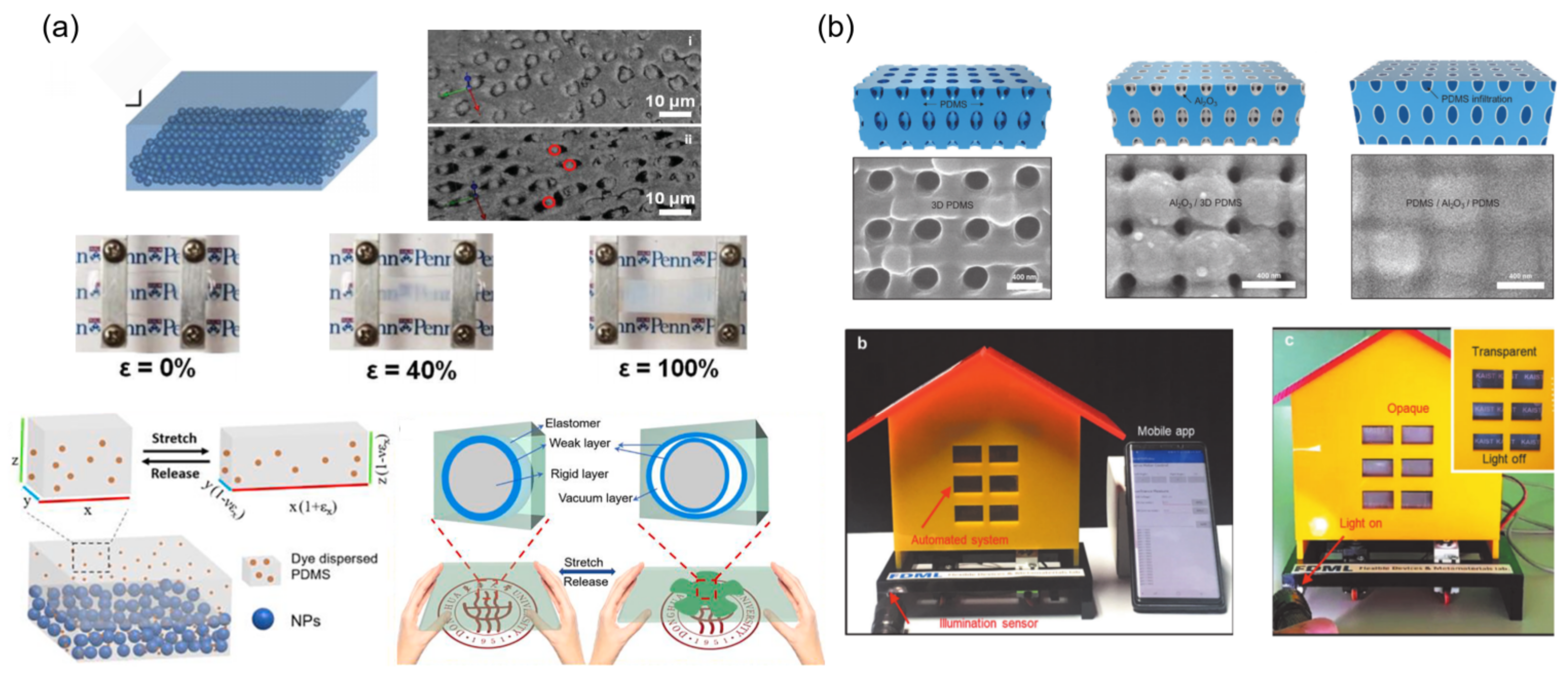
2.5. Mechanoresponsive Smart Windows Based on Tunable Interface Parameters基于可调接口参数的机械响应智能窗口
In addition to the generation除了新型界面的产生/disappearance of novel interfaces, the regulation of interfacial structure parameters is also an important factor to change the diffraction and light transmission direction. Typically, there are three types of interface structure parameters: the interface spacing, the interface shape, and the alignment direction.消失外,界面结构参数的调控也是改变衍射和透光方向的重要因素。通常,界面结构参数有三种类型:界面间距、界面形状和对齐方向。 In Figure 在图5a, a中,Han et al. used colloidal spherical nanoparticles with core-shell structure to successfully synthesize a transparency tunable film in response to electric stimuli 等人使用具有核壳结构的胶体球形纳米颗粒成功地合成了响应电刺激的透明可调薄膜。[41]. They demonstrated a suspended particles device, which can tune the transparency in the visible wavelength by using colloidal assemblies of nanoparticles. The change in observed transparency can be attributed to the tunable structural ordering of nanoparticle assemblies and the modulation of photonic band structures. Moreover, the macroscopic structure color was able to be changed through regulating the band gap center wavelength along with the lattice constant of nanostructures. As shown in Figure 他们展示了一种悬浮颗粒装置,该装置可以通过使用纳米颗粒的胶体组件来调节可见光波长的透明度。观察到的透明度的变化可归因于纳米颗粒组件的可调结构顺序和光子带结构的调制。此外,通过调节带隙中心波长和纳米结构的晶格常数,可以改变宏观结构的颜色。如图5b, 所示,Li et al. reported a new highly sensitive, shear-responsive smart window, which consists of vertically fixing the 等人报告了一种新的高灵敏度、剪切响应智能窗口,该窗口包括垂直固定Fe3O4@SiO2 nanochains’ (纳米链(NCs) array and an elastic matrix of polyacrylamide. At original relaxation state, all )阵列和聚丙烯酰胺的弹性基质。在原始弛豫状态下,所有Fe3O4@SiO2 nanochains stand vertically to the film surface and this flexible film shows optical transparency. When the strain is applied, 纳米链垂直站在薄膜表面,这种柔性薄膜显示出光学透明度。当施加应变时,Fe3O4@SiO2 nanochains tilt along the shearing direction, which enables a good shielding effect. Critically, a quite small shear displacement up to 纳米链沿剪切方向倾斜,具有良好的屏蔽效果。至关重要的是,施加在表面上的高达1.5 mm applied on the surface will give rise to tunable optical states, changing from the high transparency state of 65% transmittance to the opaque state of 10% transmittance 的非常小的剪切位移将产生可调谐的光学状态,从65%透射率的高透明度状态变为透射率10%的不透明状态[42]. In Figure 在图5c, c中,Zhao et al. designed and fabricated a stretchable photonic crystal via nanoimprinting technology. Periodic cylinder-shaped air holes were embedded in the non-close-packed triangular lattice. This film can switch color over the whole visible light range from red to blue color under a small, applied strain of 等人通过纳米压印技术设计并制造了可拉伸光子晶体。周期性的圆柱形气孔嵌入在非紧密堆积的三角形格子中。这种薄膜可以在29%. In addition, a reversible stretching up to 2000 times also exhibits the stability of shape recovery as well as mechanochromic ability 的小应变下,在整个可见光范围内从红色切换到蓝色。此外,高达2000次的可逆拉伸也表现出形状恢复的稳定性以及机械致变色能力[17].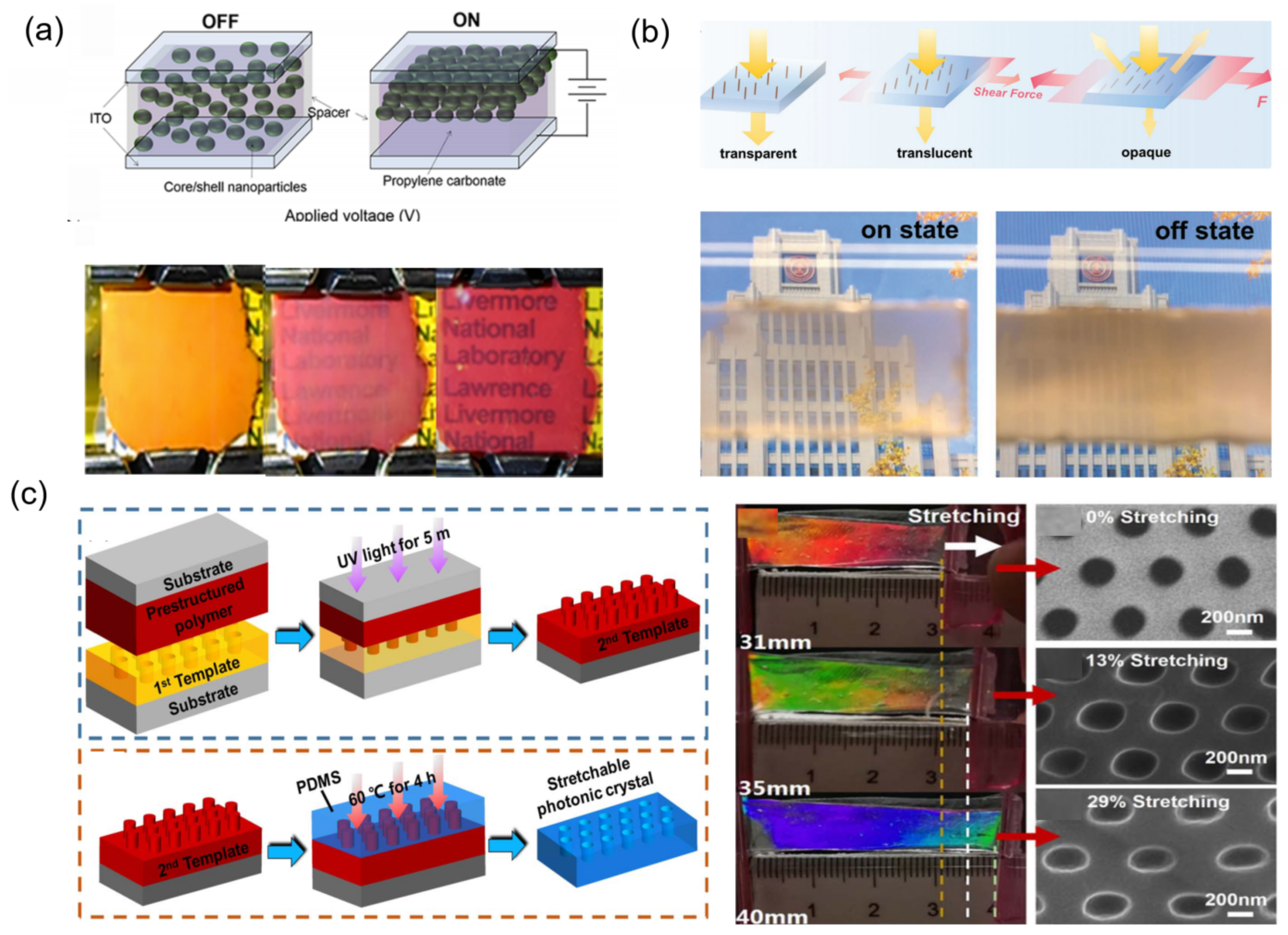
2.6. Mechanoresponsive Smart Windows Based on Surface–Interface Synergy Effect基于表面-界面协同效应的机械响应智能窗口
In order to enhance the optical modulation range and achieve a multi为了增强光调制范围并实现多态,协同表面-state, the synergistic surface–interface modulation is an effective approach. It is possible to achieve color and transmittance modulation based on multiple effects at the same time. Therefore, surface–interface synergy effect has unique advantages in multi-state display and precise regulation.界面调制是一种有效的方法。可以同时实现基于多种效果的色彩和透射率调制。因此,表面-界面协同效应在多状态显示和精确调控方面具有独特的优势。 As shown in Figure 如图6a, a large-area mechanochromic film is reported by 所示,Qi et al. based on a novel design of bilayer PDMS film including angle-independent and angle-dependent structural colors through bottom-up bar coating 等人基于双层PDMS薄膜的新设计报道了一种大面积机械着色薄膜,该薄膜通过自下而上的条形涂层包括与角度无关和与角度相关的结构颜色[43]. The angle-independent structural color is attributed to the long-range disordered but short-range ordered structure of polystyrene (与角度无关的结构颜色归因于聚苯乙烯(PS) nanoarrays. Meanwhile, angle-dependent structural color is generated due to the stretching of surface wrinkling. Moreover, the cracks and surface wrinkles of PS nanoarrays resulting from the tensile enhance the scattering effect of bilayer film and reduce the transmittance of the light. Furthermore, pressure-induced surface morphology rearrangements can remove the wrinkling behavior. Therefore, the properties of programmable mechanochromic responses can be achieved. The pressure-encoded invisible complex information can be reversibly displayed by stretching.)纳米阵列的长程无序但短程有序结构。同时,由于表面起皱的拉伸,会产生与角度相关的结构颜色。此外,拉伸引起的PS纳米阵列的裂纹和表面褶皱增强了双层薄膜的散射效果,降低了光的透射率。此外,压力诱导的表面形态重排可以消除起皱行为。因此,可以实现可编程机械变色响应的特性。压力编码的不可见复杂信息可以通过拉伸可逆地显示。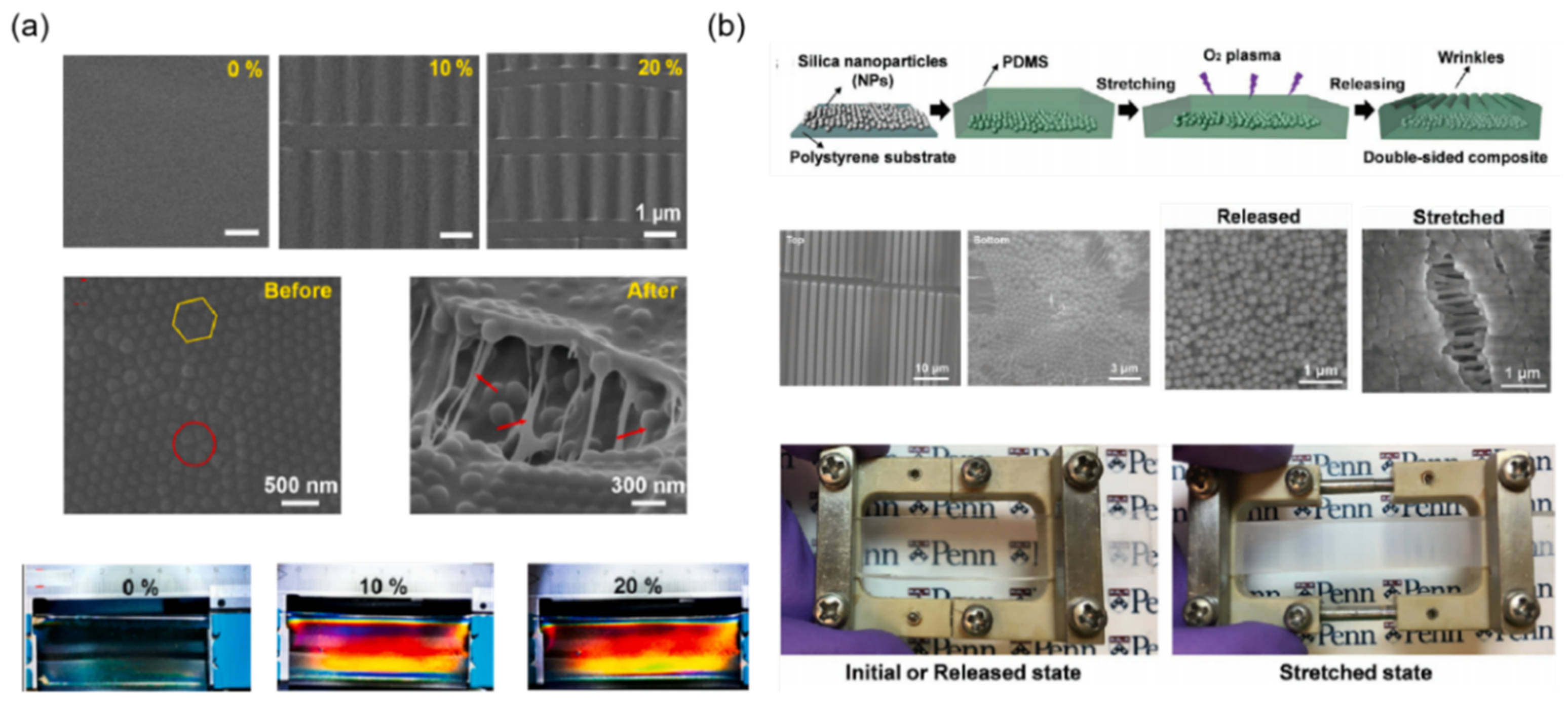
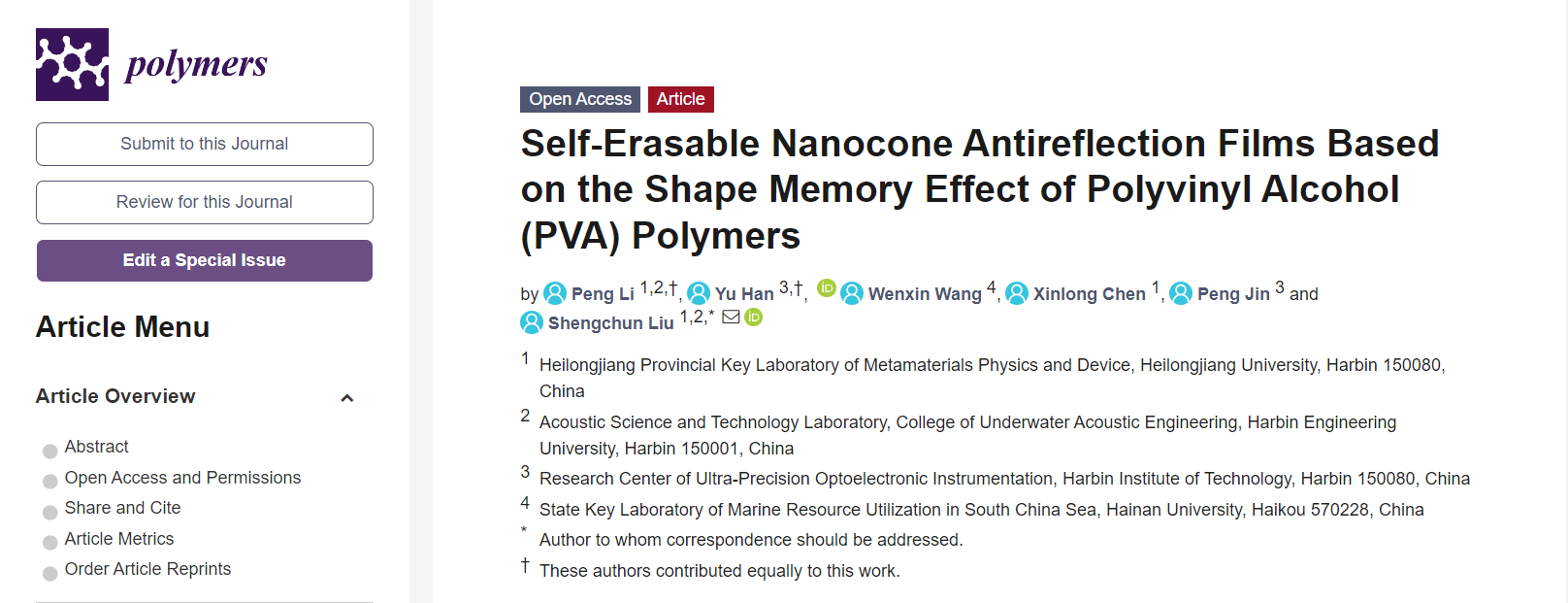
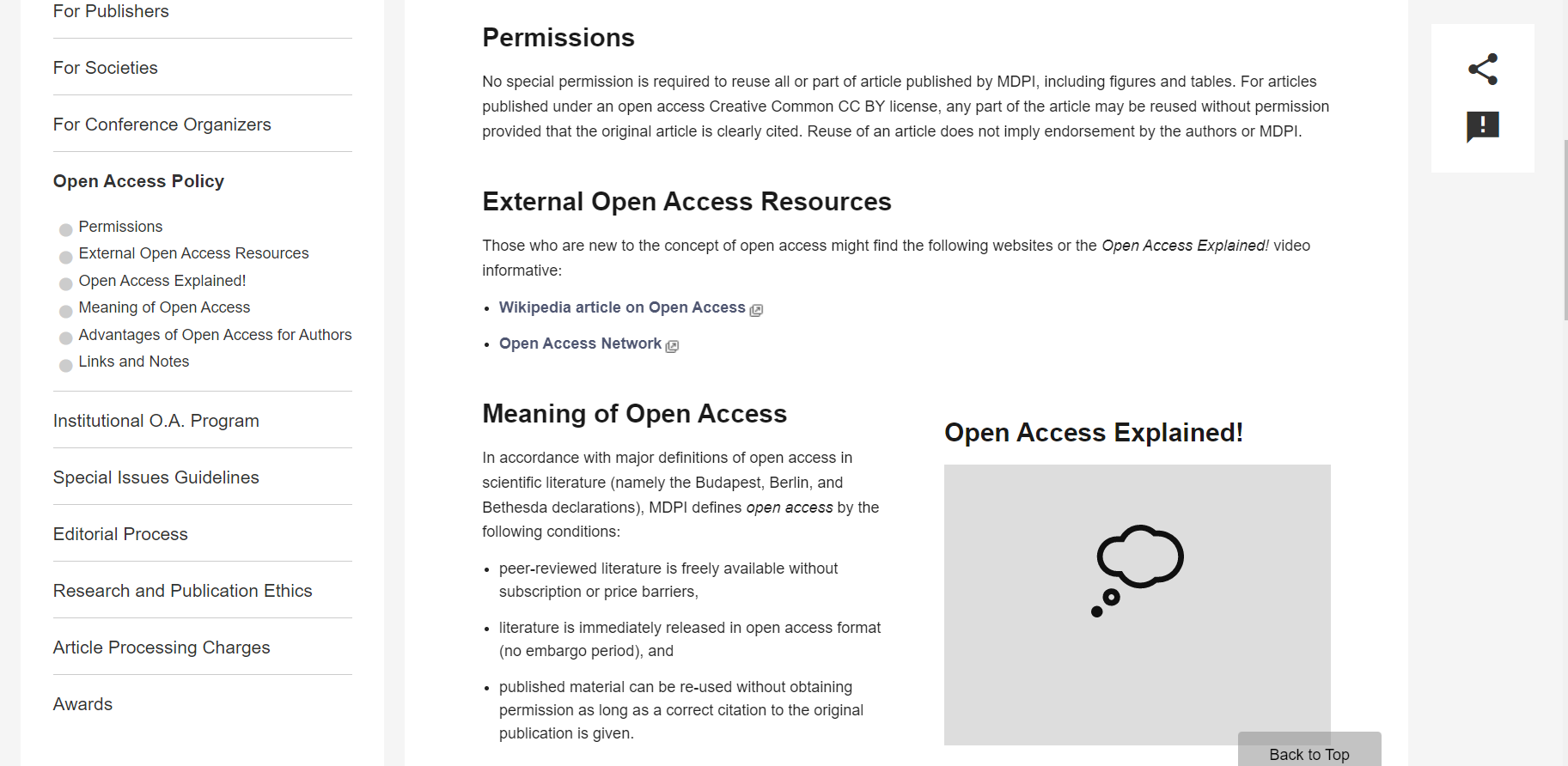
Figure 1a. The strategies of mechanoresponsive smart windows based on nanoarrays: nanocone[20], Li, P.; Han, Y.; Wang, W.; Chen, X.; Jin, P.; Liu, S., Self-Erasable Nanocone Antireflection Films Based on the Shape Memory Effect of Polyvinyl Alcohol (PVA) Polymers. Polymers (Basel) 2018, 10, 756-765.

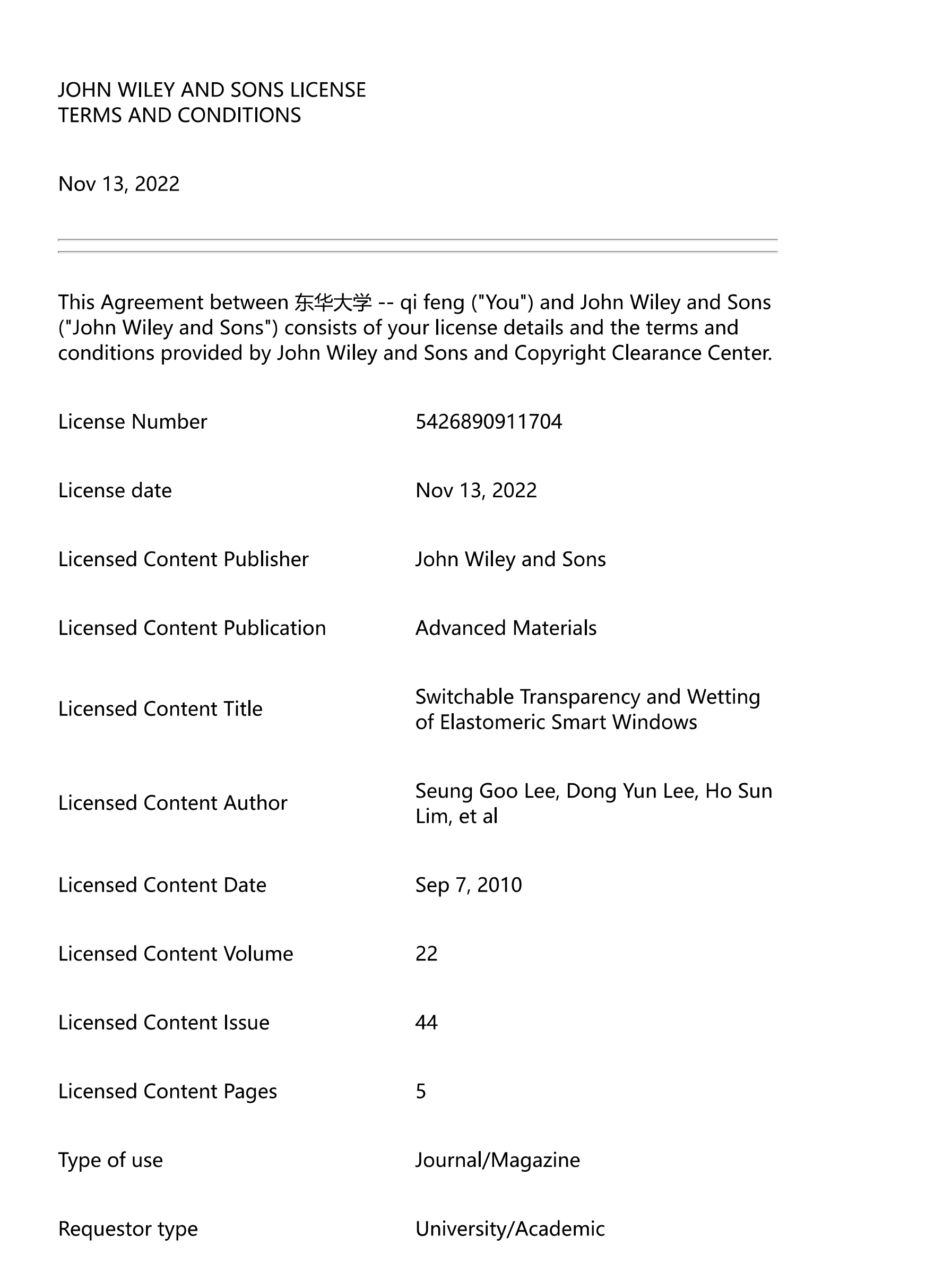
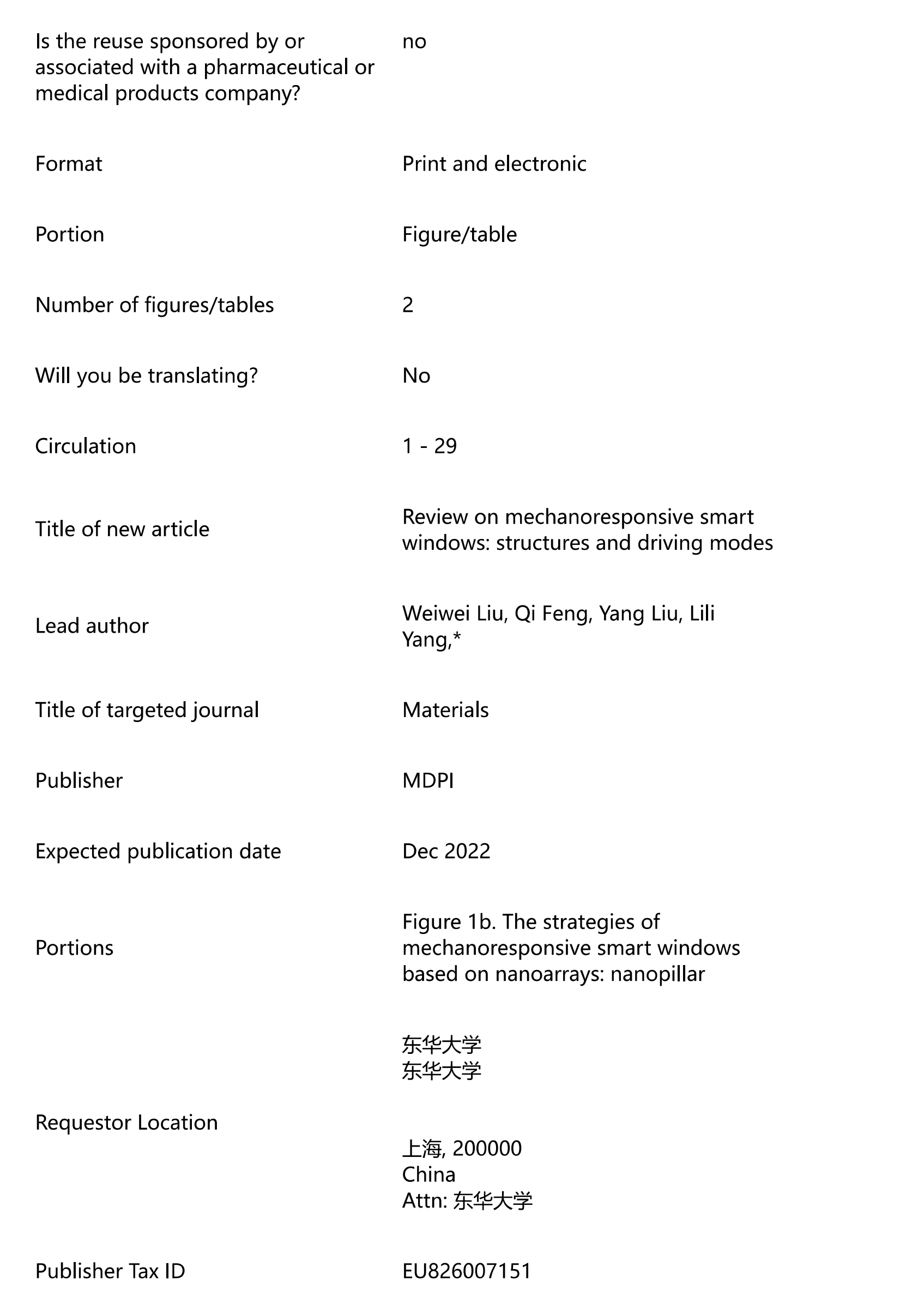

Figure 1b. The strategies of mechanoresponsive smart windows based on nanoarrays: nanopillar[21], Lee, S. G.; Lee, D. Y.; Lim, H. S.; Lee, D. H.; Lee, S.; Cho, K., Switchable transparency and wetting of elastomeric smart windows. Adv Mater 2010, 22, 5013-5017.

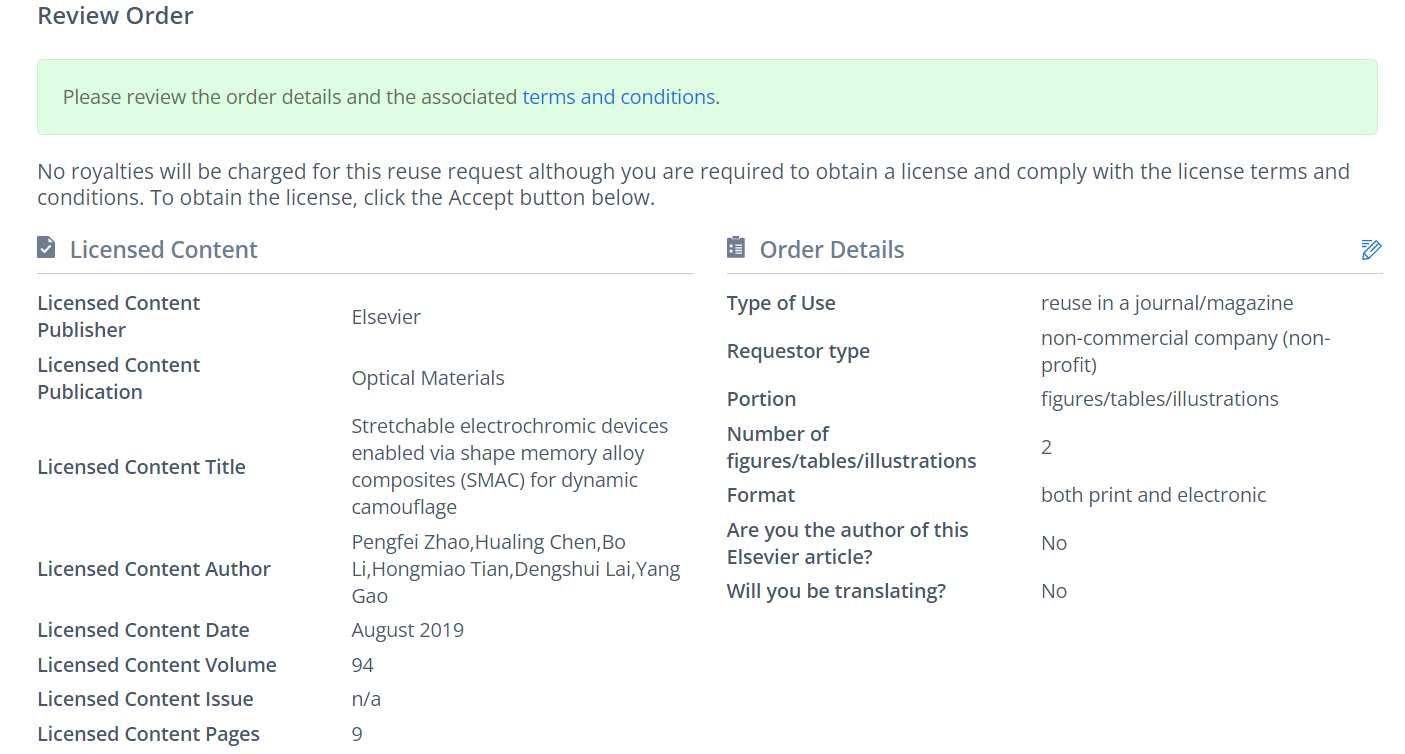
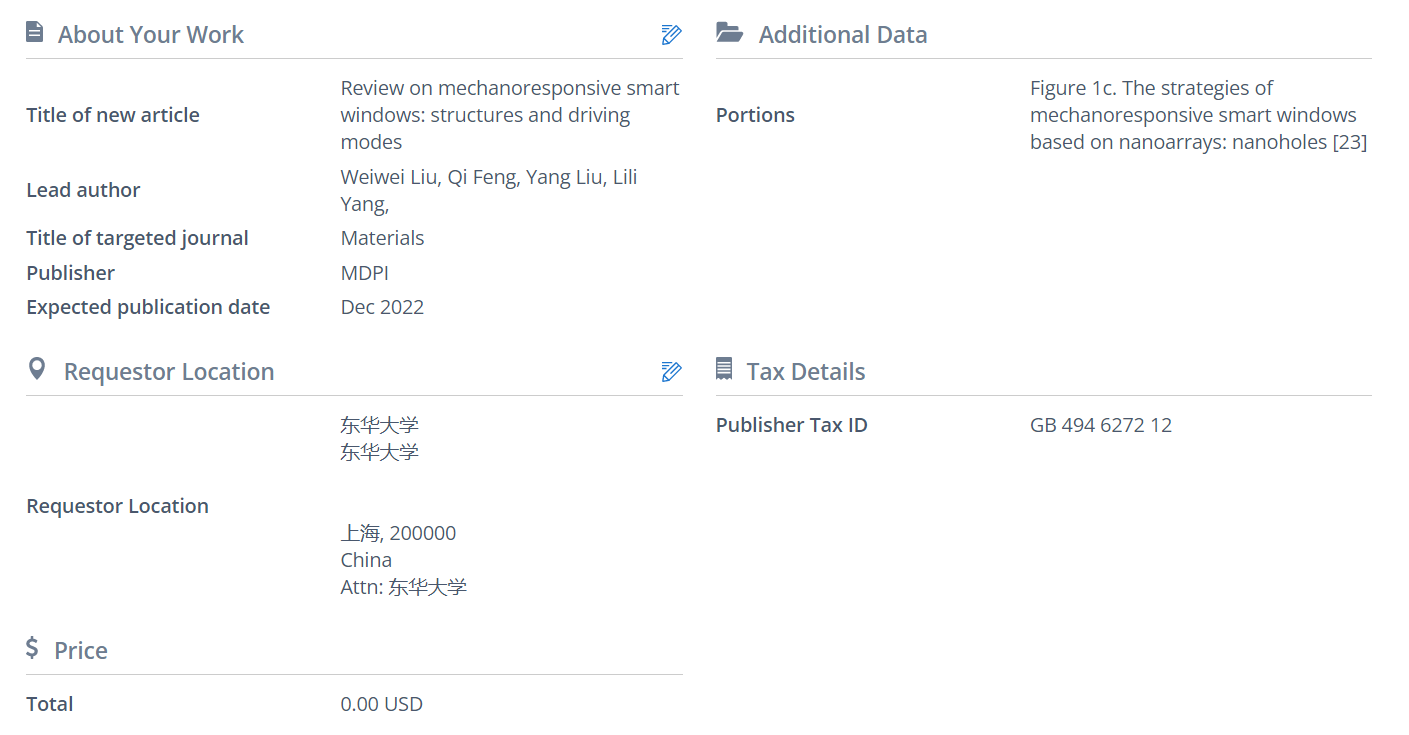
Figure 1c. The strategies of mechanoresponsive smart windows based on nanoarrays: nanoholes[22], Zhao, P.; Chen, H.; Li, B.; Tian, H.; Lai, D.; Gao, Y., Stretchable electrochromic devices enabled via shape memory alloy composites (SMAC) for dynamic camouflage. Optical Materials 2019, 94, 378-386.



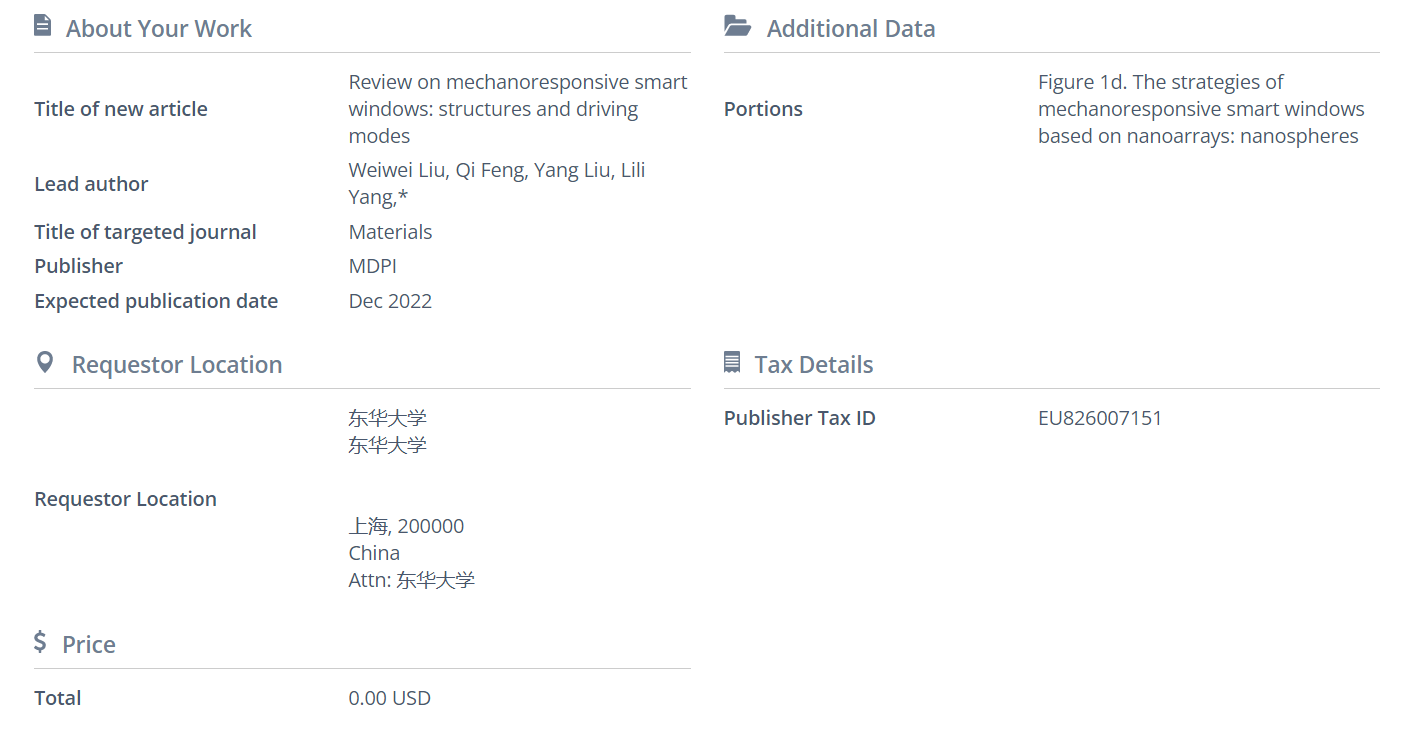
图 1d.基于纳米阵列的机械响应智能窗策略:纳米球 [23], 季春;陈敏;Wu,L.,可图案和可重写的逆反射结构颜色形状记忆聚合物。先进光学材料2021,94, 2100739.


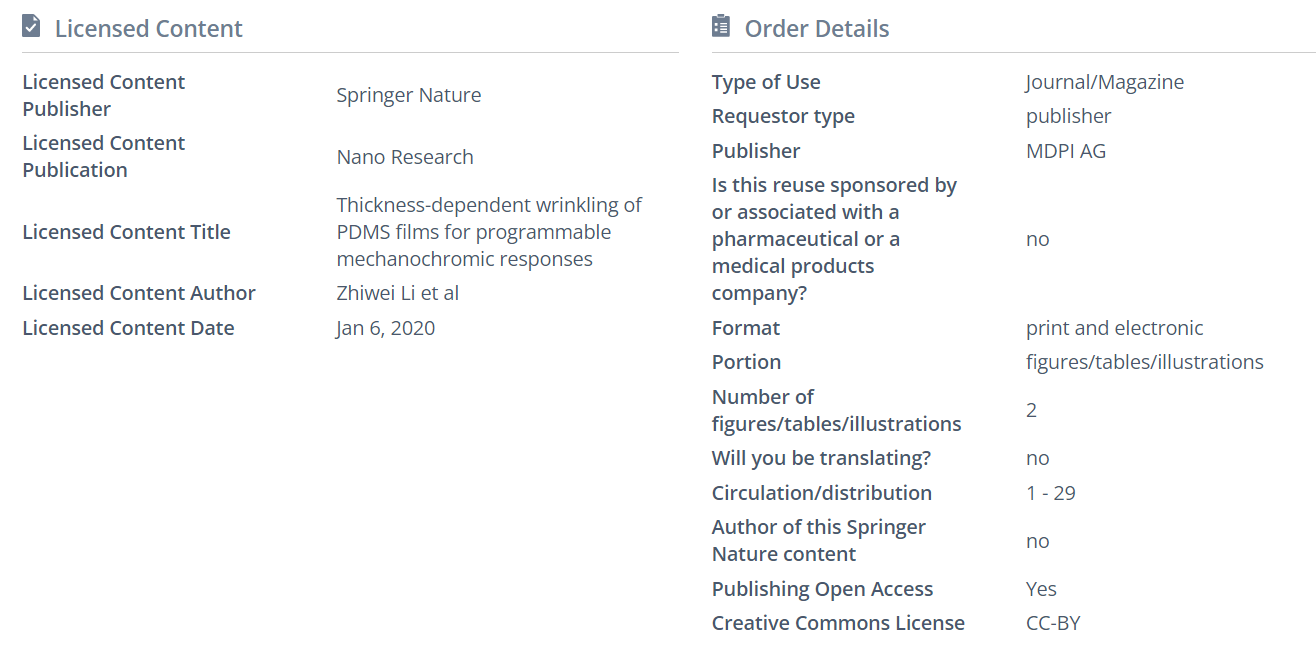
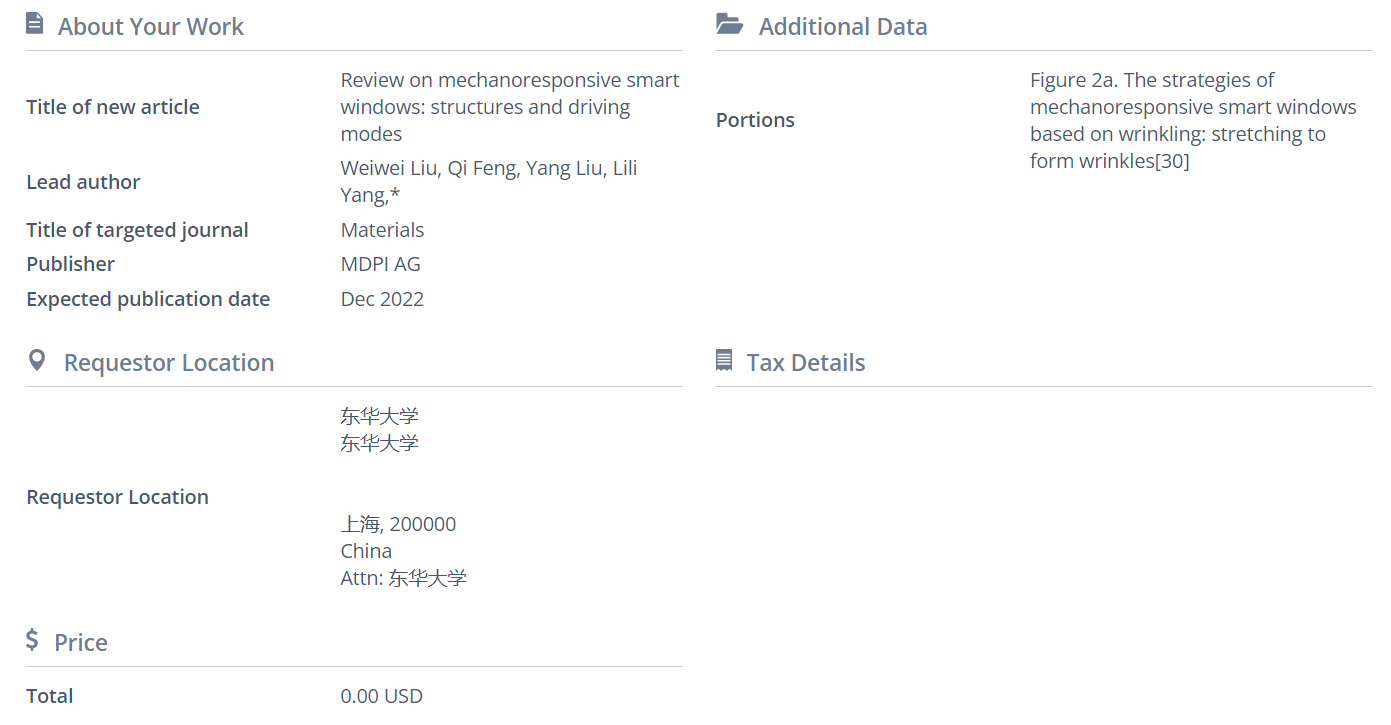
Figure 2a. The strategies of mechanoresponsive smart windows based on wrinkling: stretching to form wrinkles[29], Li, Z. W.; Liu, Y.; Marin, M.; Yin, Y. D., Thickness-dependent wrinkling of PDMS films for programmable mechanochromic responses. Nano Res 2020, 13, 1882-1888.


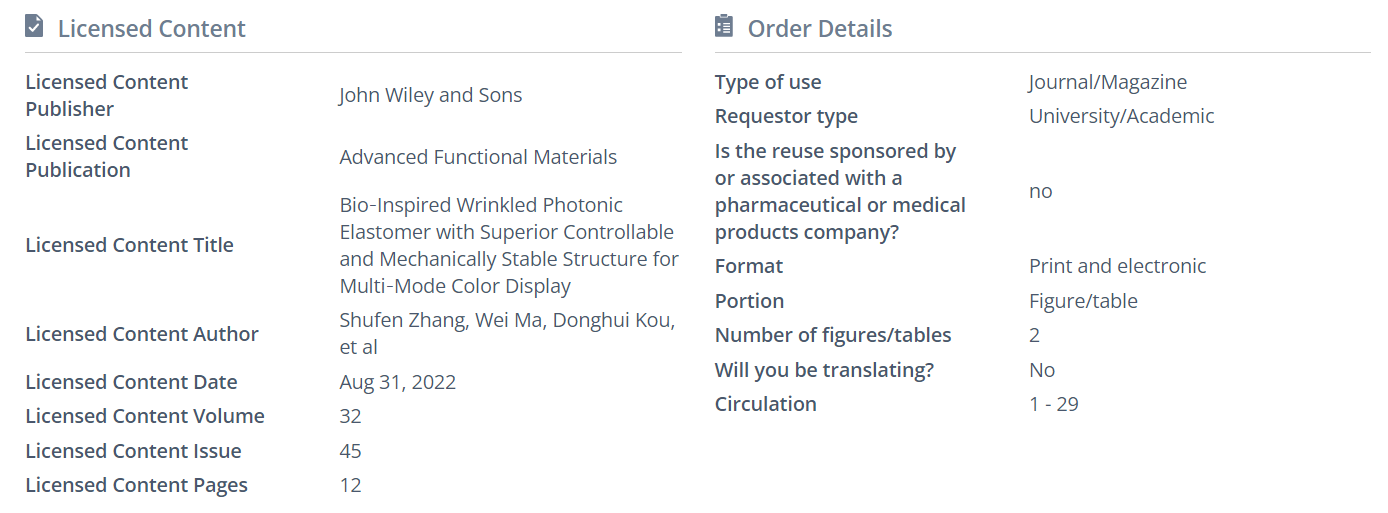
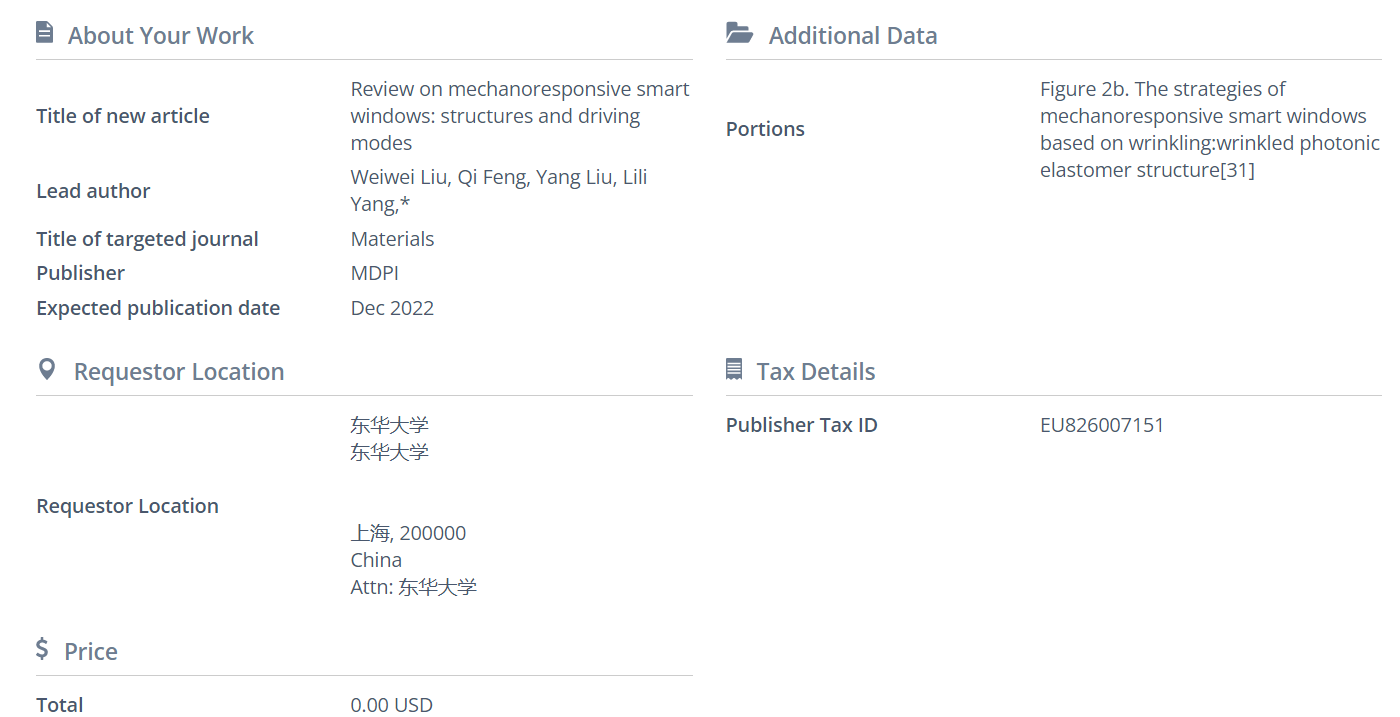
Figure 2b. The strategies of mechanoresponsive smart windows based on wrinkling: wrinkled photonic elastomer structure[30], Lin, R.; Qi, Y.; Kou, D.; Ma, W.; Zhang, S., Bio‐Inspired Wrinkled Photonic Elastomer with Superior Controllable and Mechanically Stable Structure for Multi‐Mode Color Display. Advanced Functional Materials 2022, 32, 2207691.
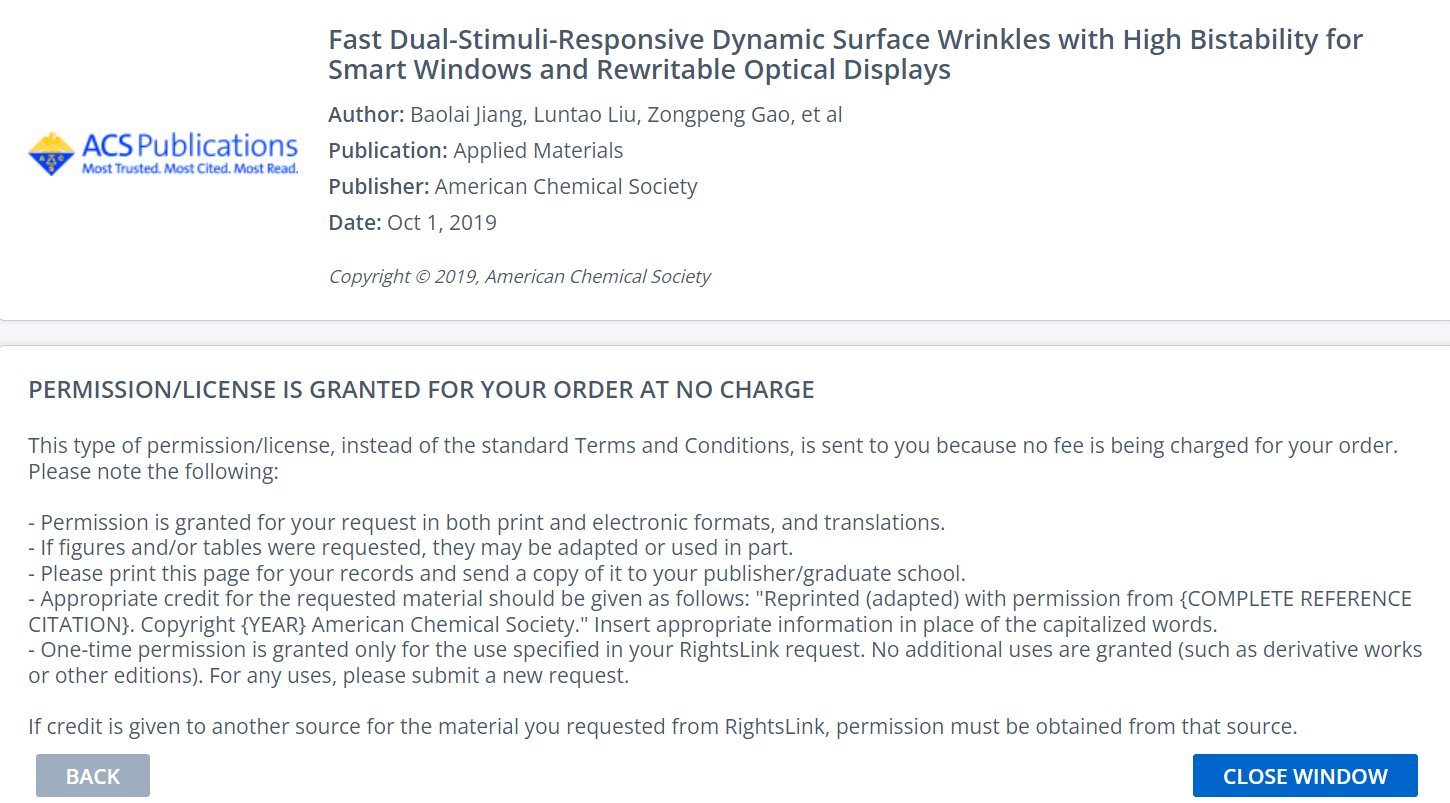
Figure 2c. The strategies of mechanoresponsive smart windows based on wrinkling: Double-layer film wrinkle[31], Jiang, B.; Liu, L.; Gao, Z.; Feng, Z.; Zheng, Y.; Wang, W., Fast Dual-Stimuli-Responsive Dynamic Surface Wrinkles with High Bistability for Smart Windows and Rewritable Optical Displays. ACS Appl Mater Interfaces 2019, 11, 40406-40415.
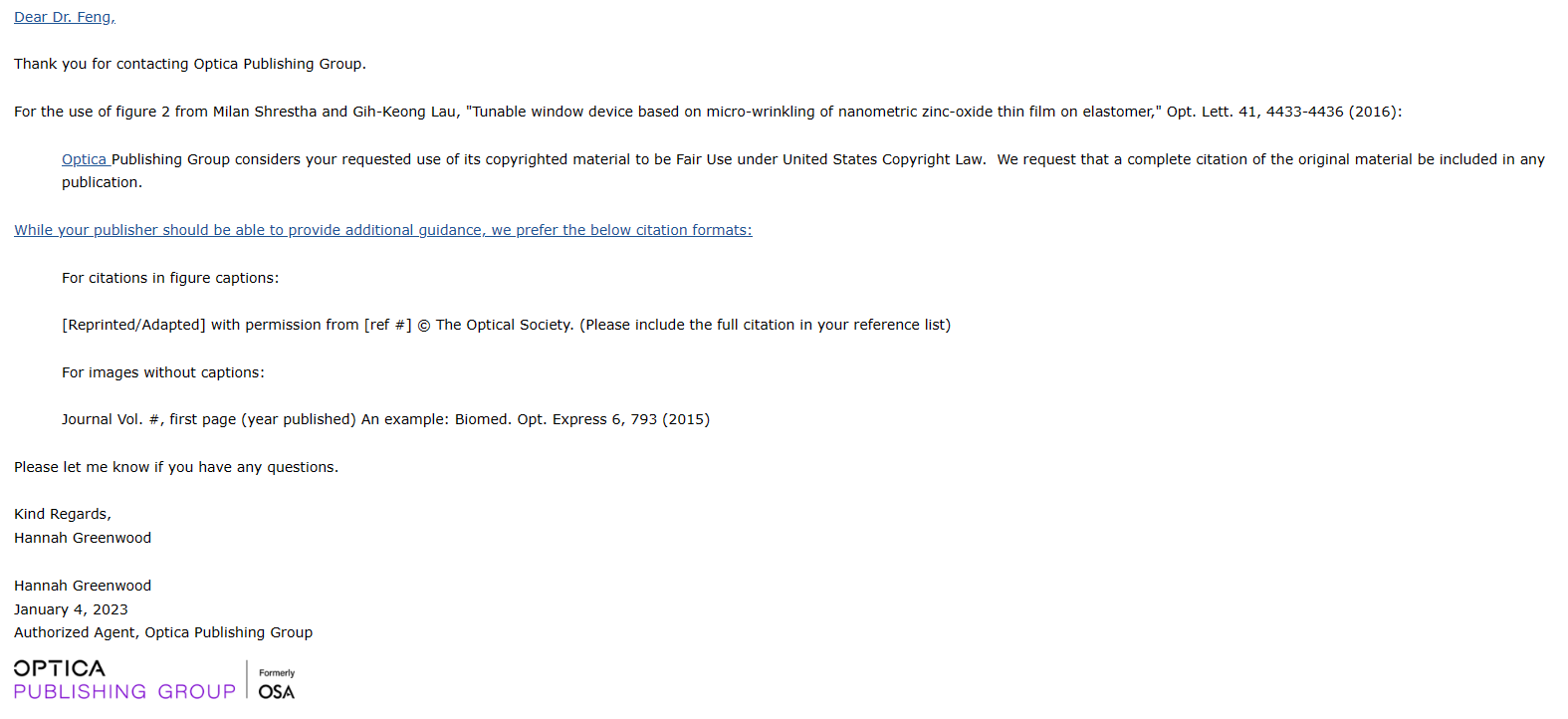
Figure 2d. The strategies of mechanoresponsive smart windows based on wrinkling: biaxial compression to form wrinkles[32], Shrestha, M.; Lau, G. K., Tunable window device based on micro-wrinkling of nanometric zinc-oxide thin film on elastomer. Opt Lett 2016, 41, 4433-4436.

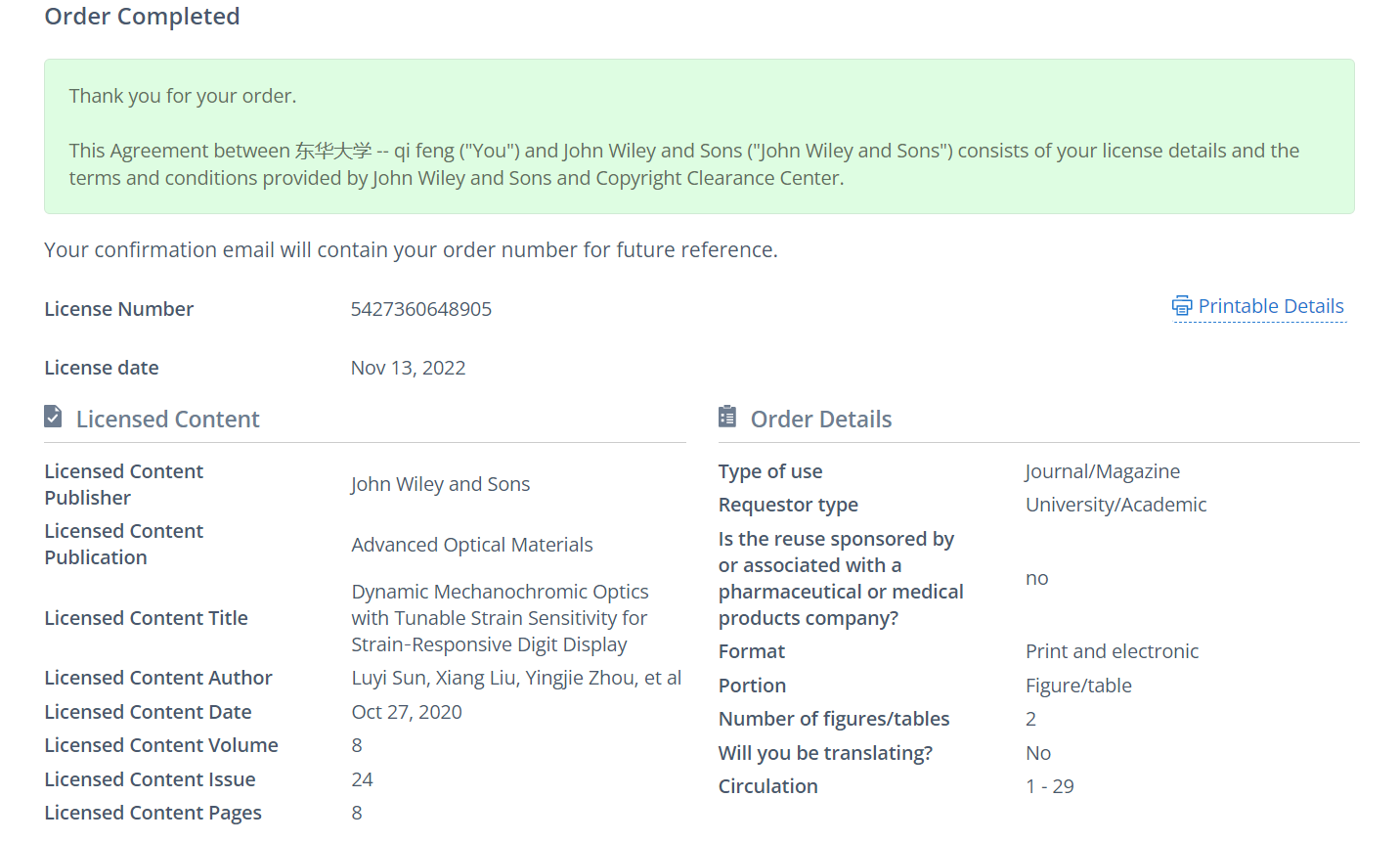
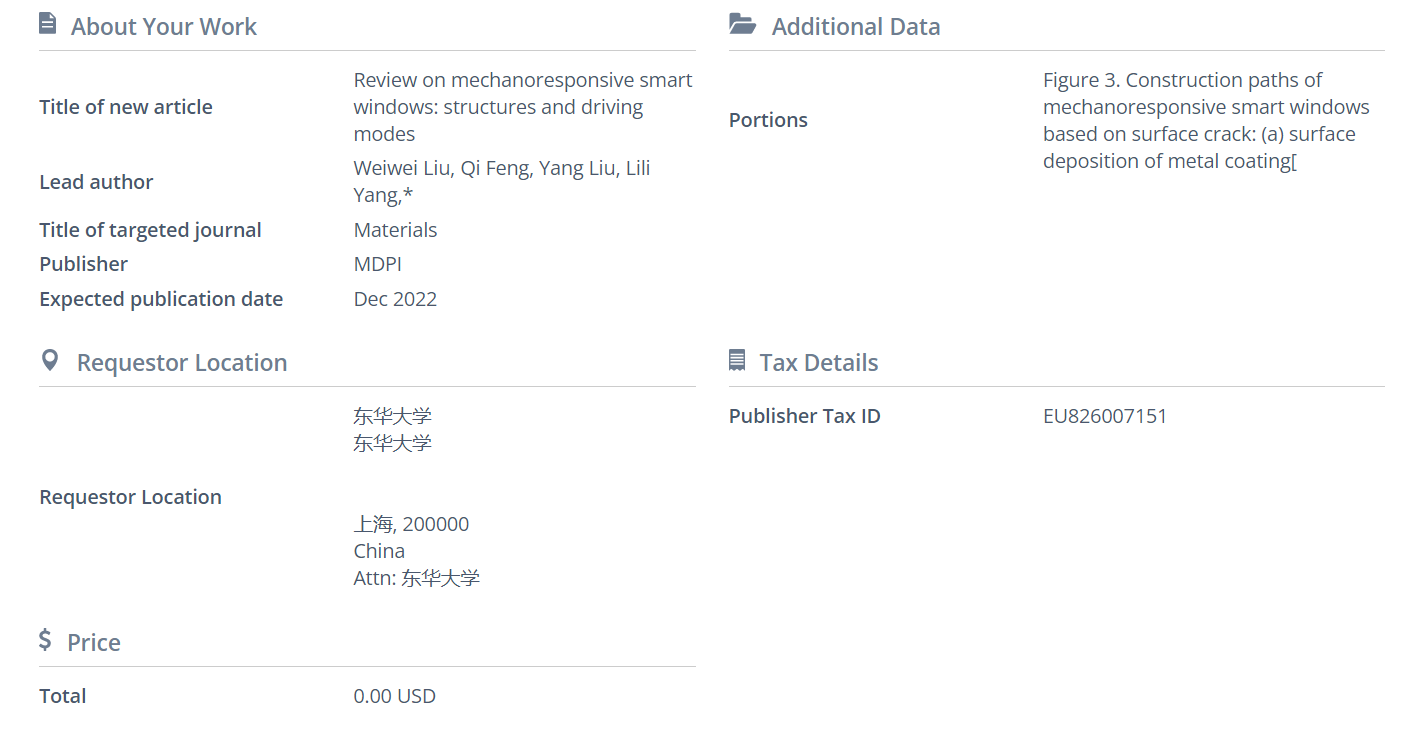
Figure 3a. Construction paths of mechanoresponsive smart windows based on surface crack: surface deposition of metal coating[34], Mao, Z.; Zeng, S.; Shen, K.; Chooi, A. P.; Smith, A. T.; Jones, M. D.; Zhou, Y.; Liu, X.; Sun, L., Dynamic Mechanochromic Optics with Tunable Strain Sensitivity for Strain‐Responsive Digit Display. Advanced Optical Materials 2020, 8, 2001472.

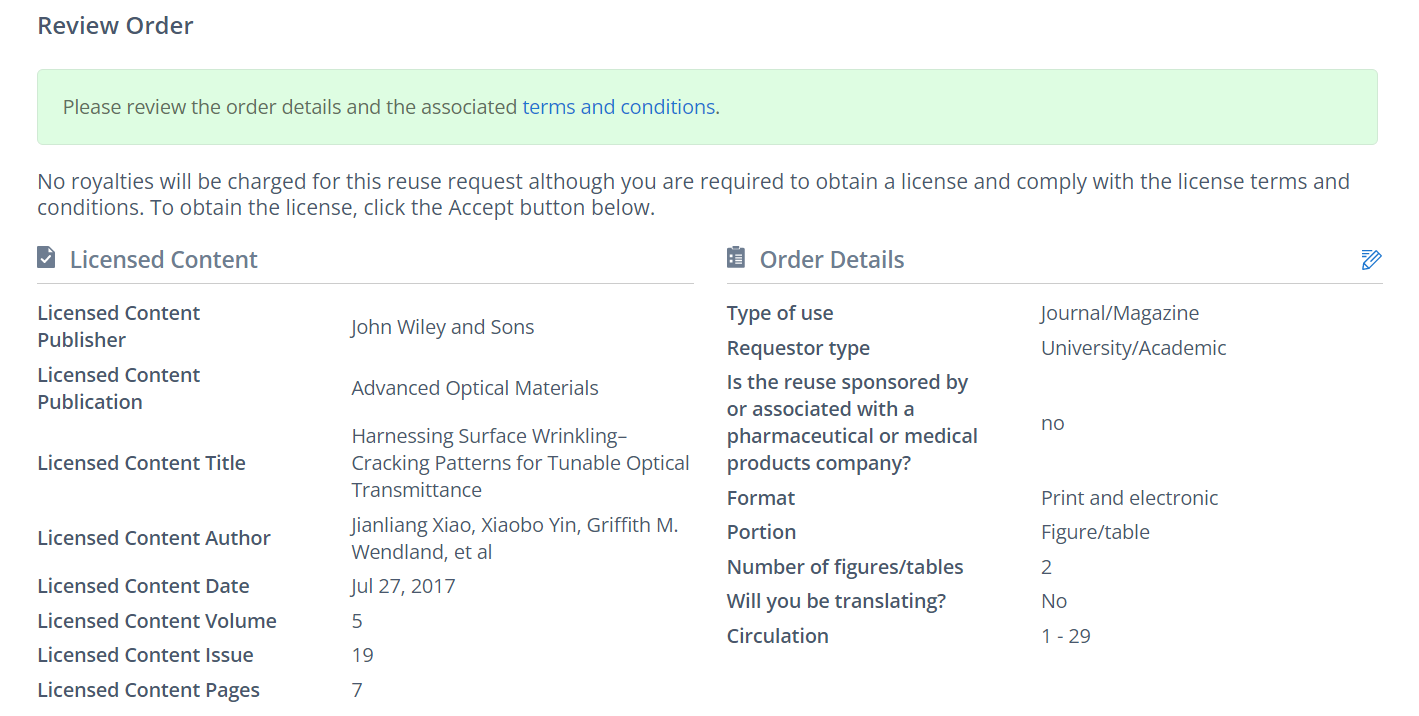
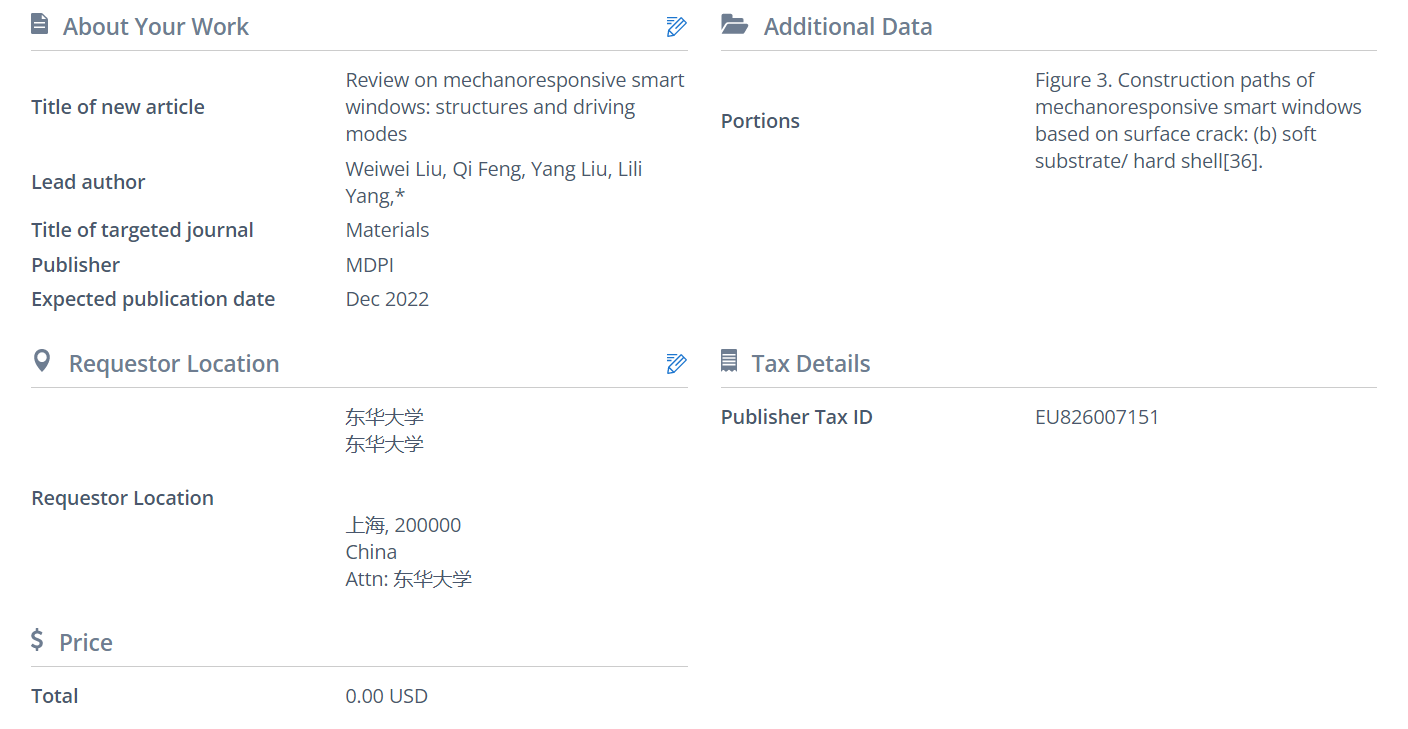
Figure 3b. Construction paths of mechanoresponsive smart windows based on surface crack: soft substrate/ hard shell[35], Li, Z.; Zhai, Y.; Wang, Y.; Wendland, G. M.; Yin, X.; Xiao, J., Harnessing Surface Wrinkling–Cracking Patterns for Tunable Optical Transmittance. Advanced Optical Materials 2017, 5, 1700425.

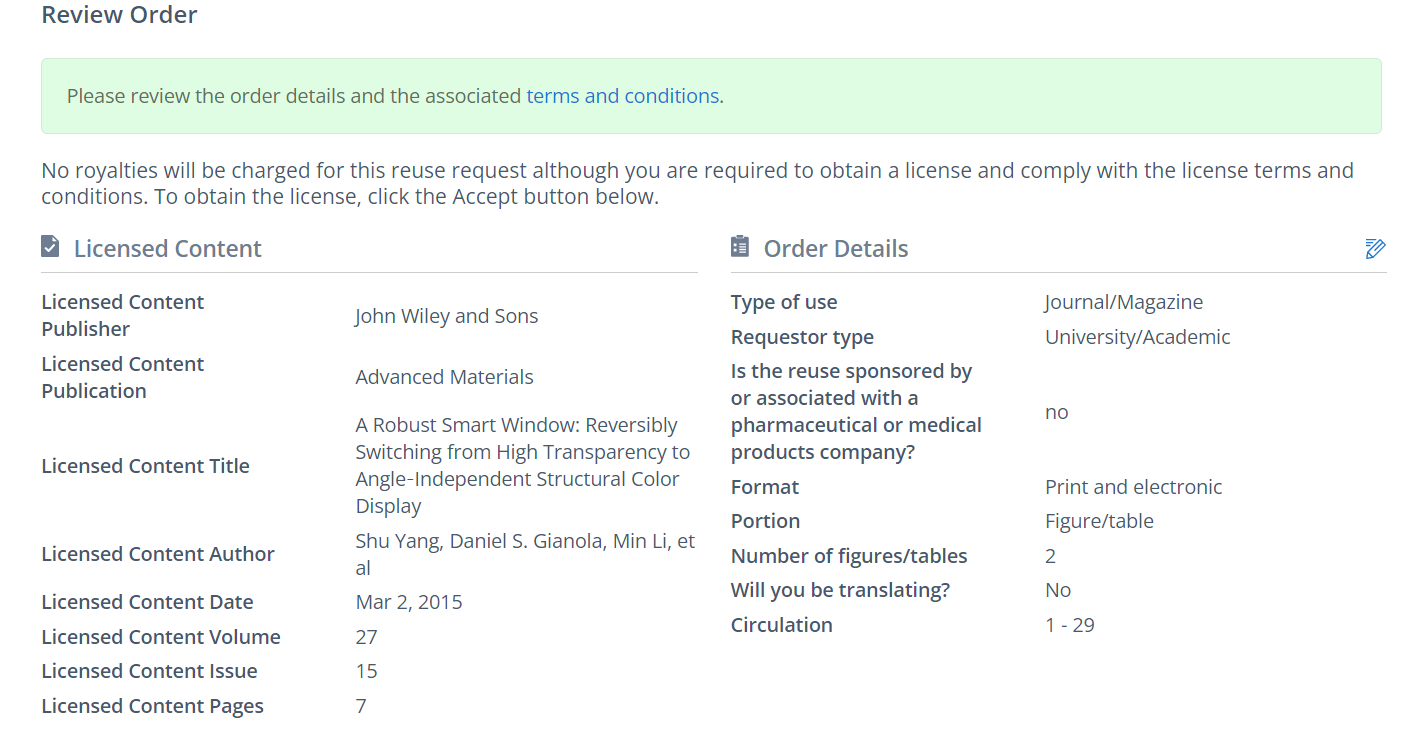
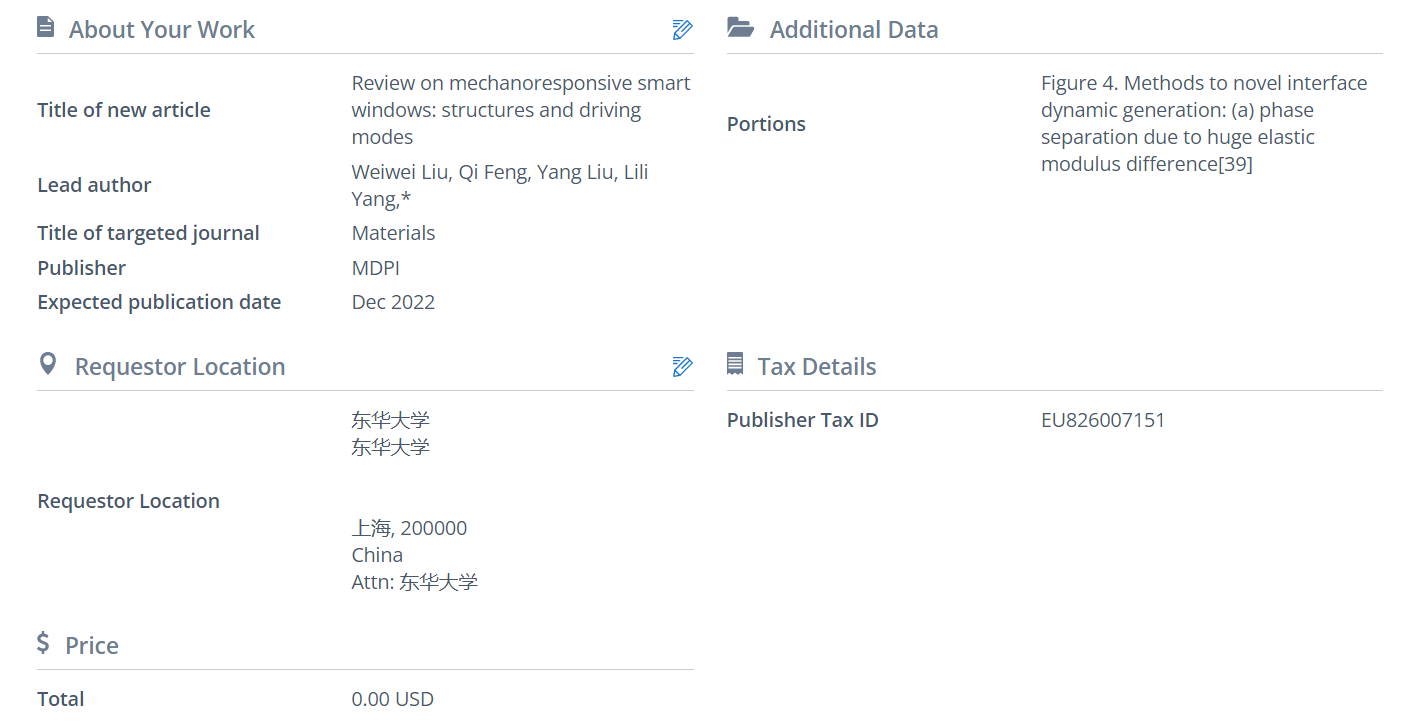
Figure 4a. Methods to novel interface dynamic generation: phase separation due to huge elastic modulus difference[38], Ge, D.; Lee, E.; Yang, L.; Cho, Y.; Li, M.; Gianola, D. S.; Yang, S., A robust smart window: reversibly switching from high transparency to angle-independent structural color display. Adv Mater 2015, 27, 2489-95.

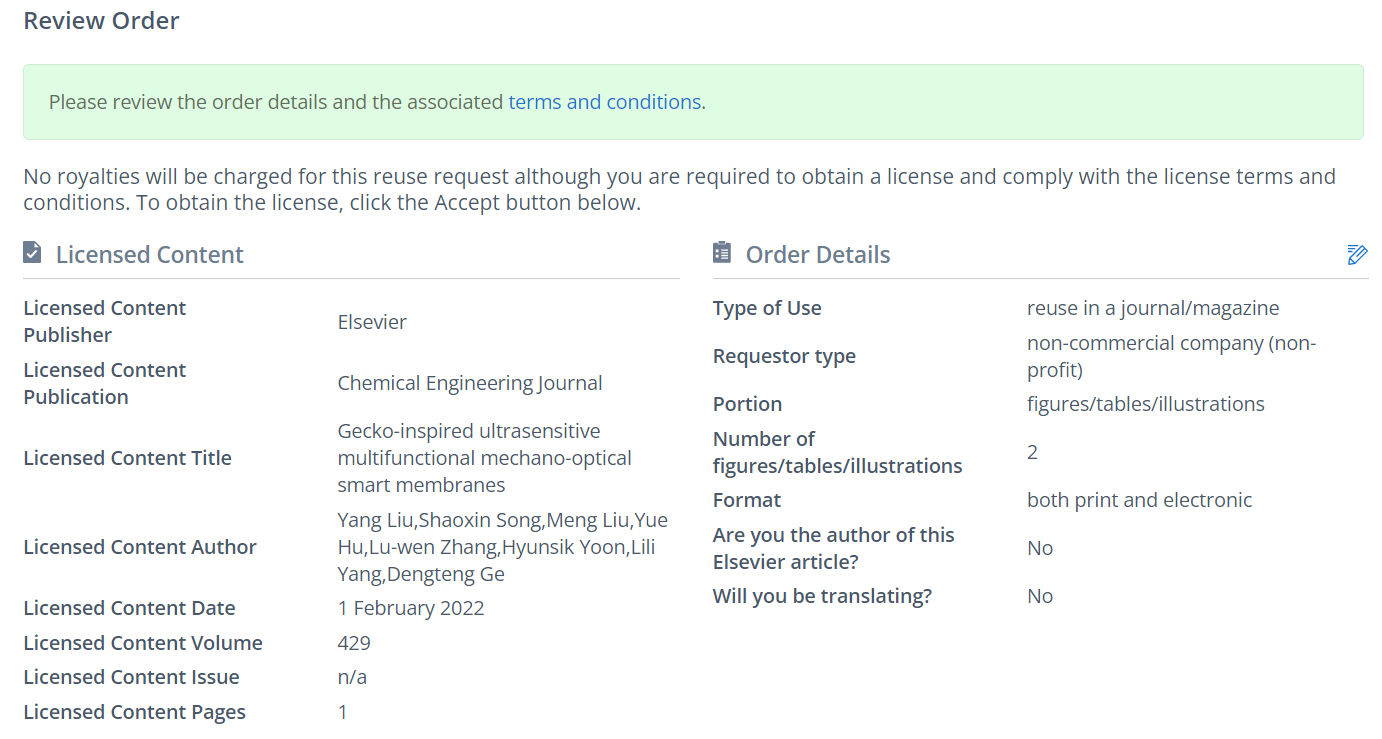
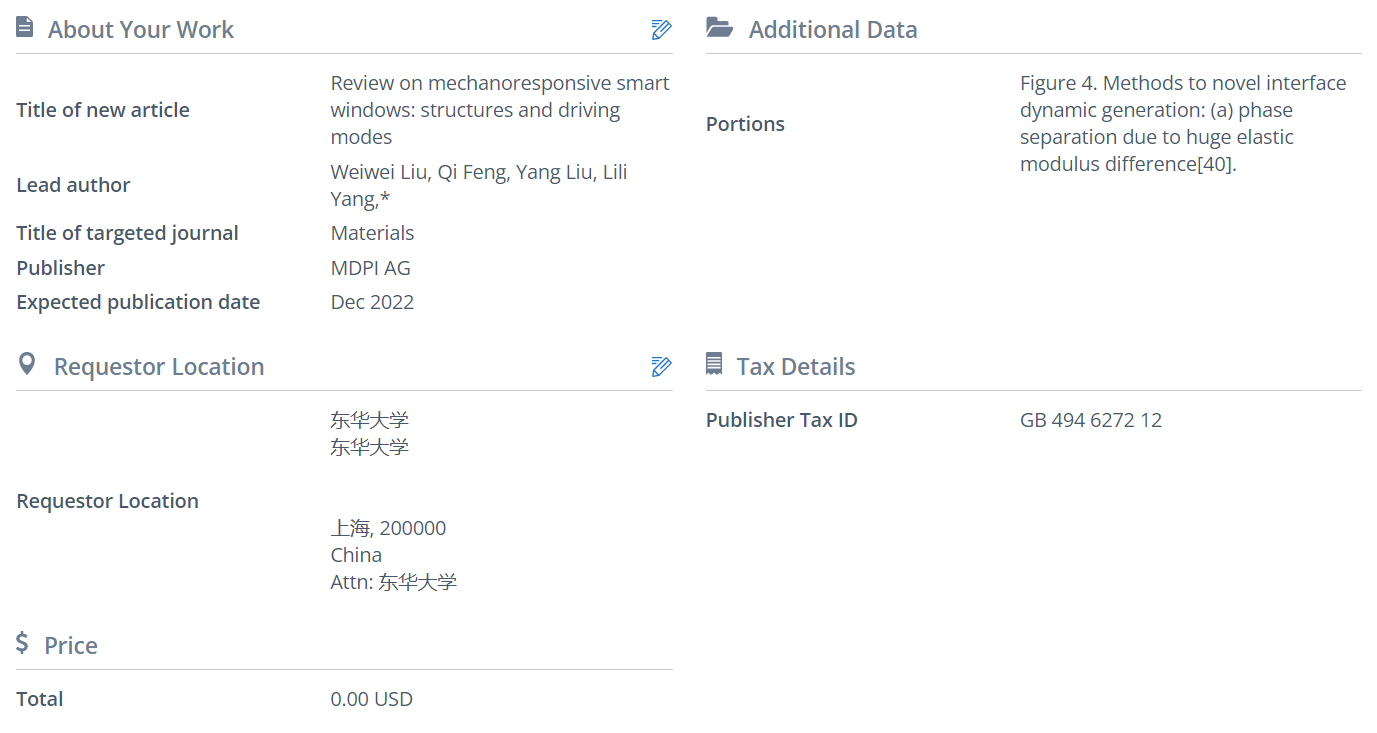
Figure 4a. Methods to novel interface dynamic generation: phase separation due to huge elastic modulus difference[39], Liu, Y.; Song, S.; Liu, M.; Hu, Y.; Zhang, L.-w.; Yoon, H.; Yang, L.; Ge, D., Gecko-inspired ultrasensitive multifunctional mechano-optical smart membranes. Chemical Engineering Journal 2022, 429, 132159.
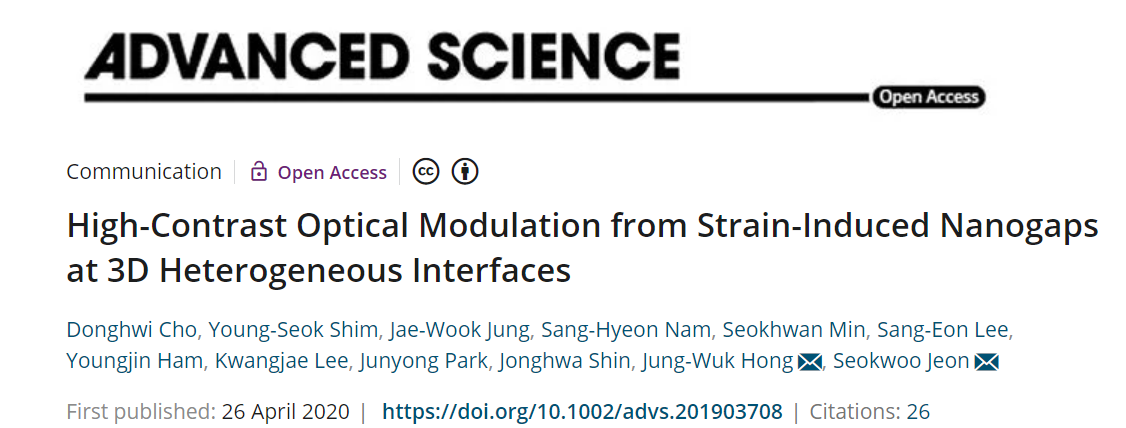

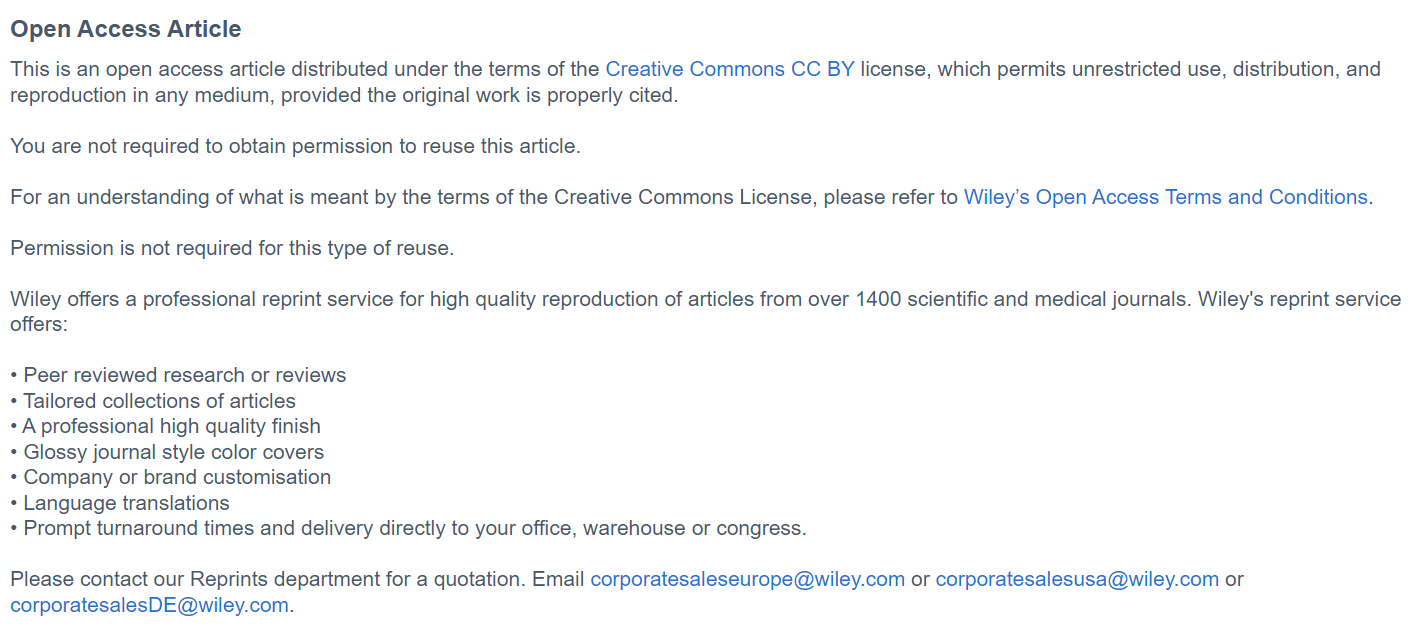
Figure 4b. Methods to novel interface dynamic generation: phase separation due to huge elastic modulus difference[40], Cho, D.; Shim, Y. S.; Jung, J. W.; Nam, S. H.; Min, S.; Lee, S. E.; Ham, Y.; Lee, K.; Park, J.; Shin, J.; Hong, J. W.; Jeon, S., High-Contrast Optical Modulation from Strain-Induced Nanogaps at 3D Heterogeneous Interfaces. Adv Sci (Weinh) 2020, 7, 1903708.
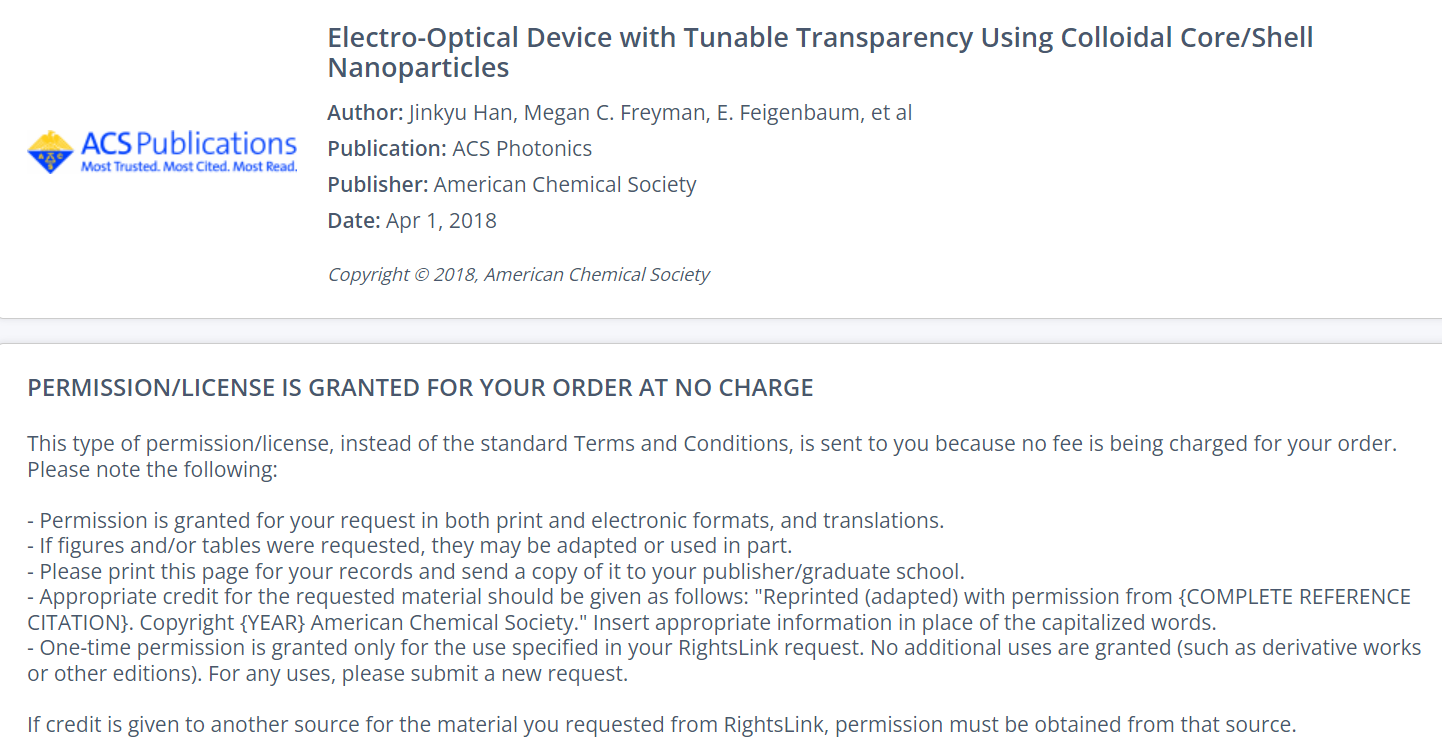
Figure 5a. Mechanoresponsive smart windows with dynamic control of interface parameters: colloidal particle spacing[41], Han, J.; Freyman, M. C.; Feigenbaum, E.; Yong-Jin Han, T., Electro-Optical Device with Tunable Transparency Using Colloidal Core/Shell Nanoparticles. ACS Photonics 2018, 5, 1343-1350.

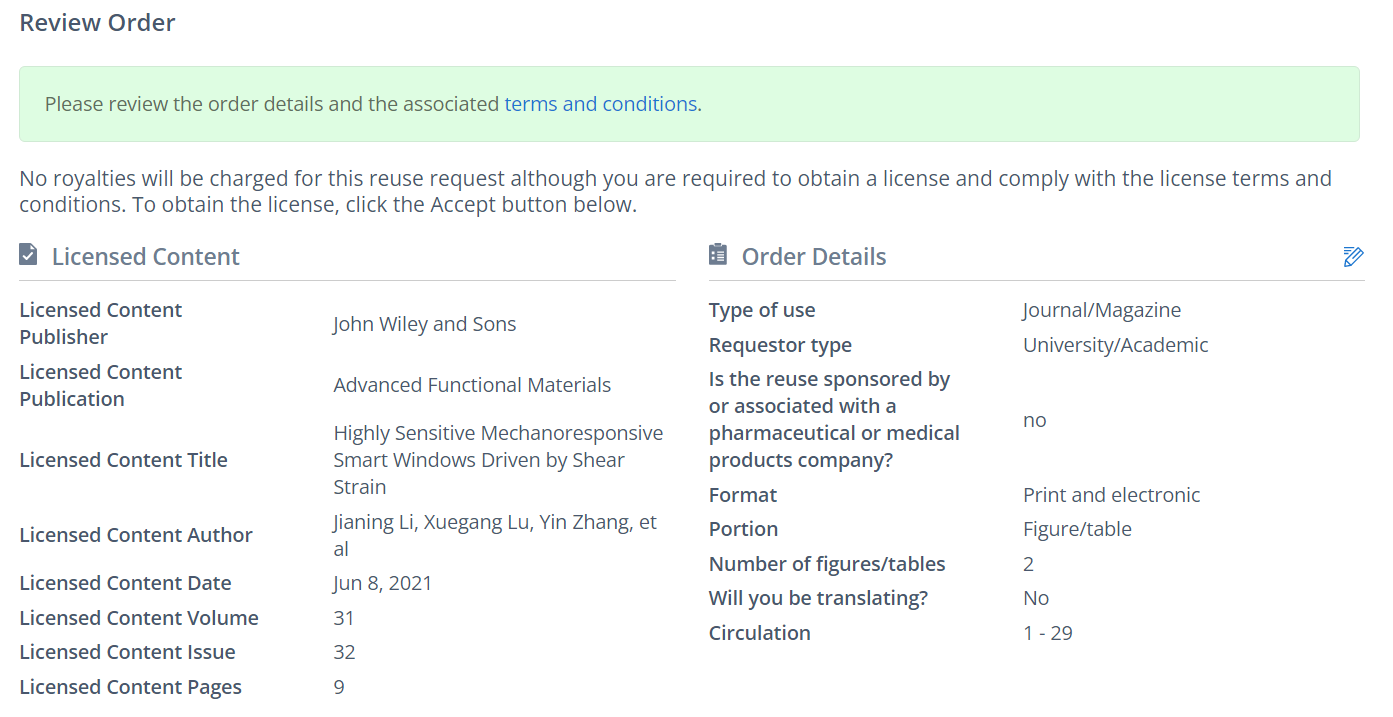
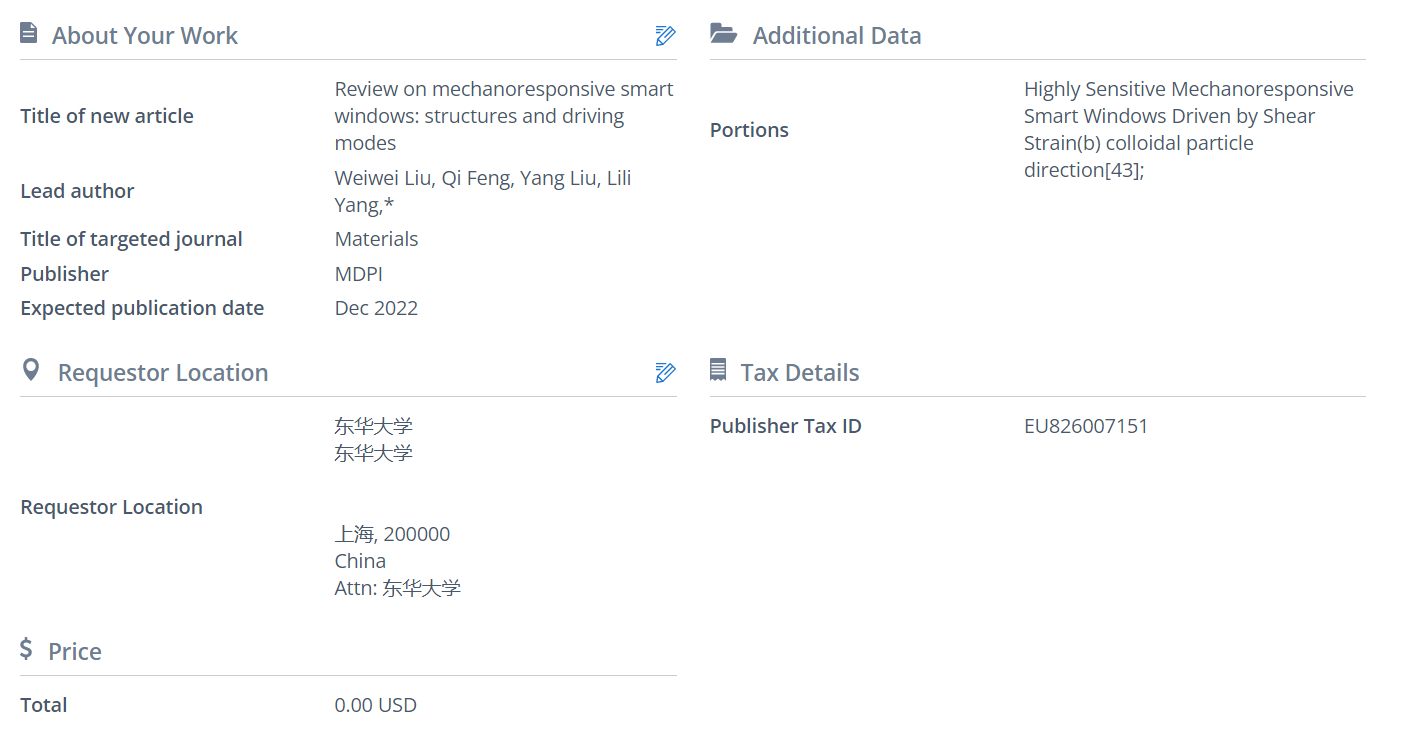
Figure 5b. Mechanoresponsive smart windows with dynamic control of interface parameters: colloidal particle direction[42], Li, J.; Lu, X.; Zhang, Y.; Ke, X.; Wen, X.; Cheng, F.; Wei, C.; Li, Y.; Yao, K.; Yang, S., Highly Sensitive Mechanoresponsive Smart Windows Driven by Shear Strain. Advanced Functional Materials 2021, 31, 2102350.
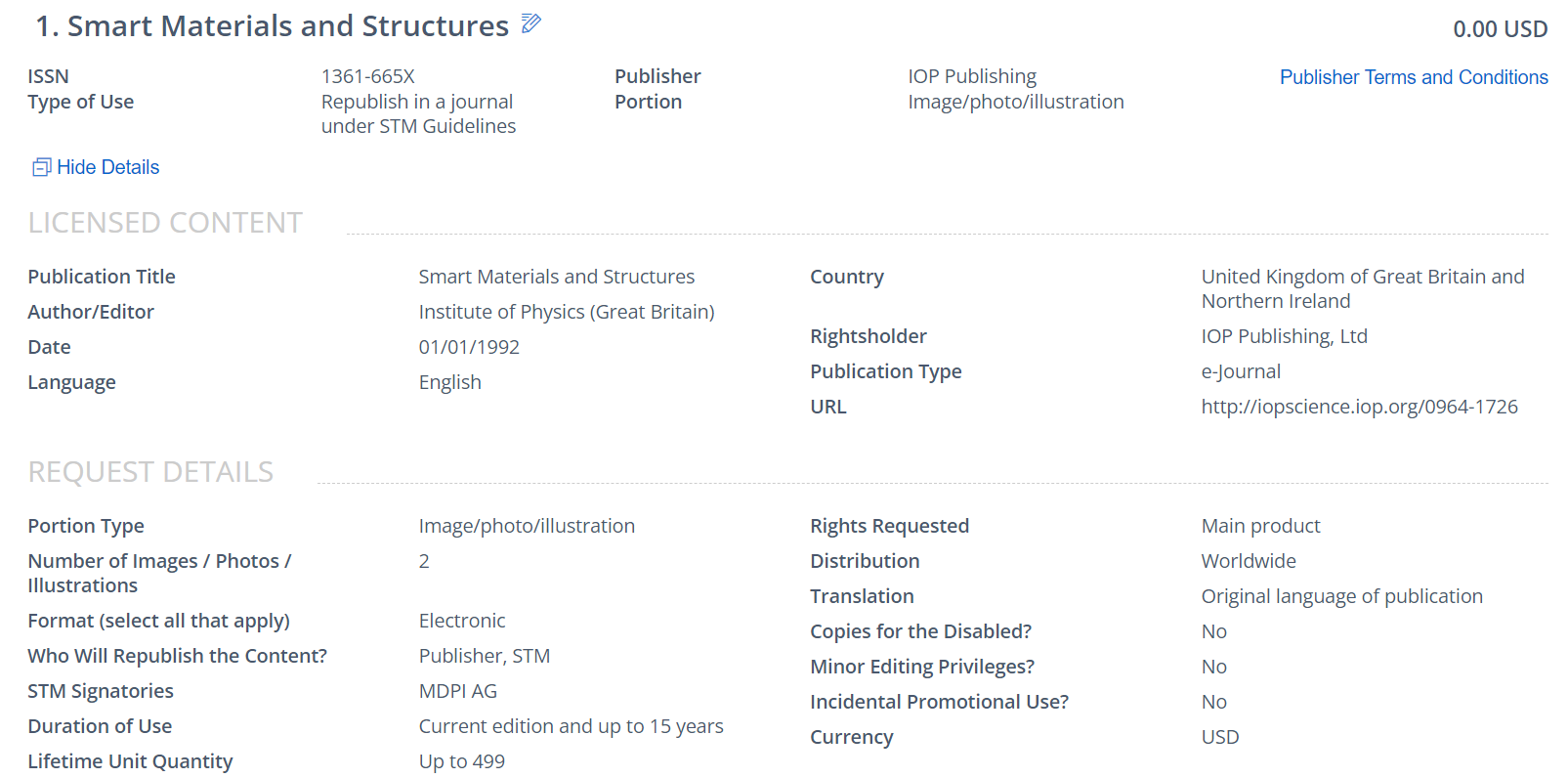
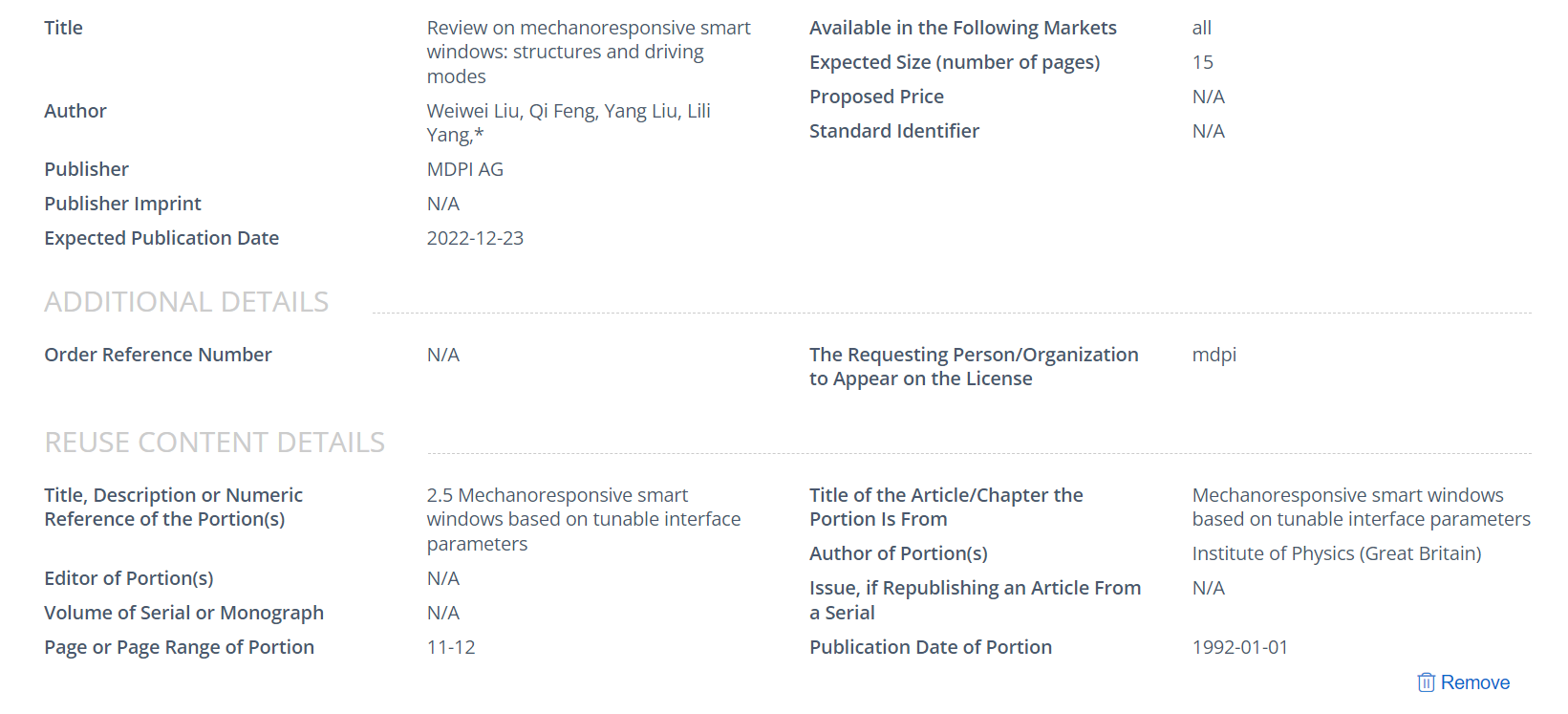
Figure 5c. Mechanoresponsive smart windows with dynamic control of interface parameters: spacing and shape of hole[17]. Zhao, P.; Li, B.; Tang, Z.; Gao, Y.; Tian, H.; Chen, H., Stretchable photonic crystals with periodic cylinder shaped air holes for improving mechanochromic performance. Smart Materials and Structures 2019, 28, 075037.

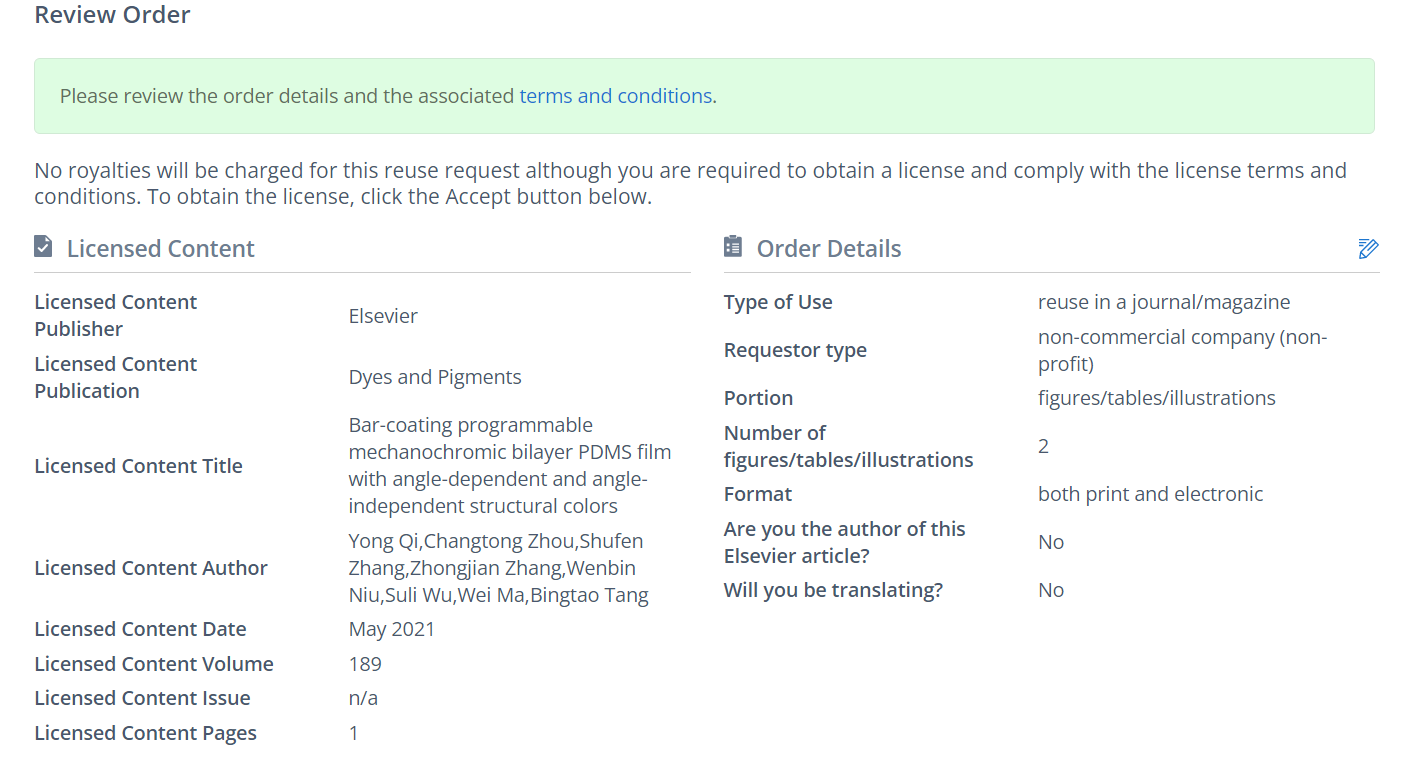
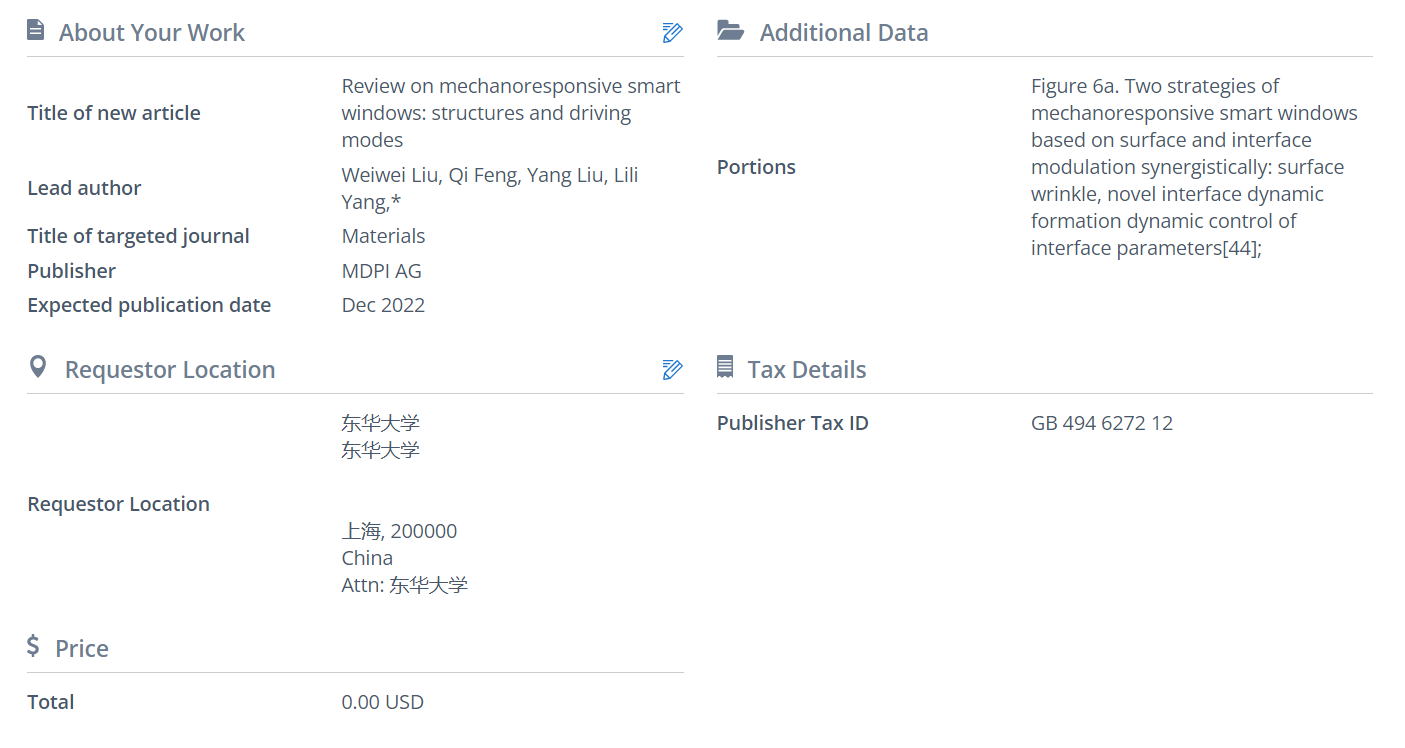
Figure 6a. Two strategies of mechanoresponsive smart windows based on surface and interface modulation synergistically: surface wrinkle, novel interface dynamic formation dynamic control of interface parameters[43], Qi, Y.; Zhou, C.; Zhang, S.; Zhang, Z.; Niu, W.; Wu, S.; Ma, W.; Tang, B., Bar-coating programmable mechanochromic bilayer PDMS film with angle-dependent and angle-independent structural colors. Dyes and Pigments 2021, 189, 109264.

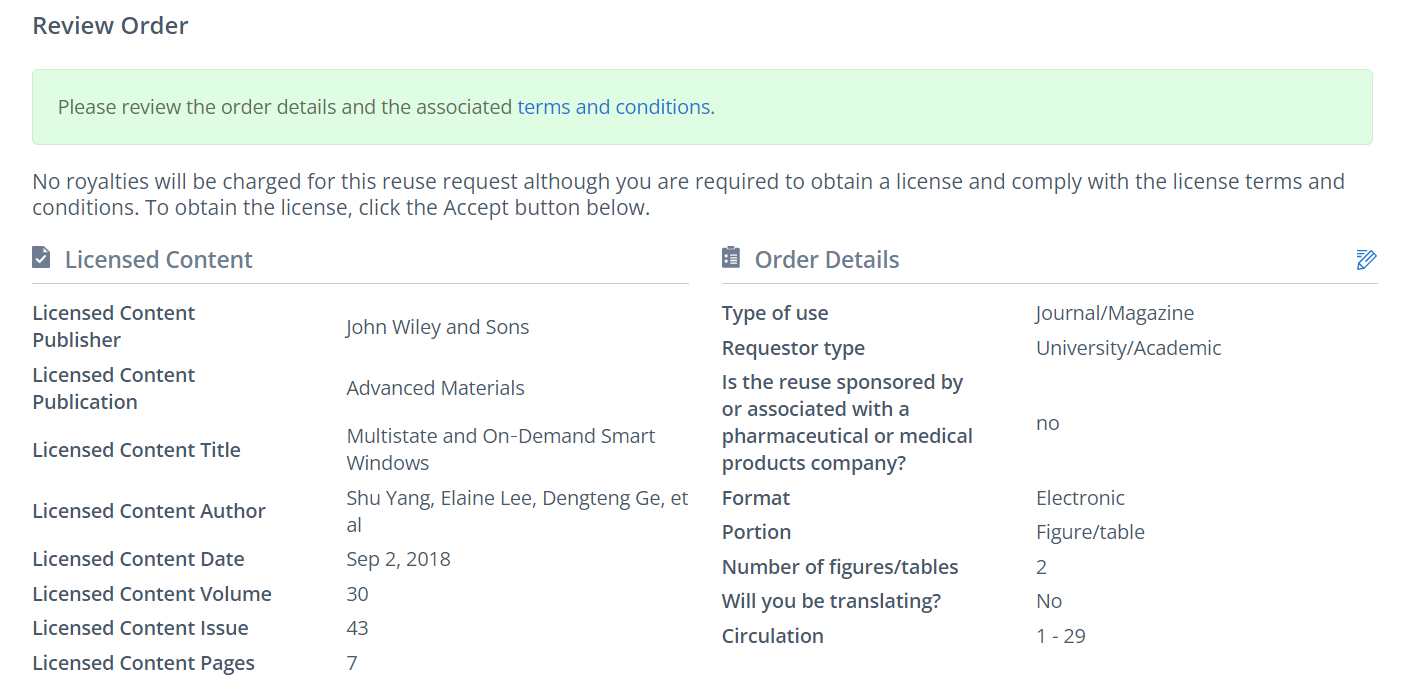
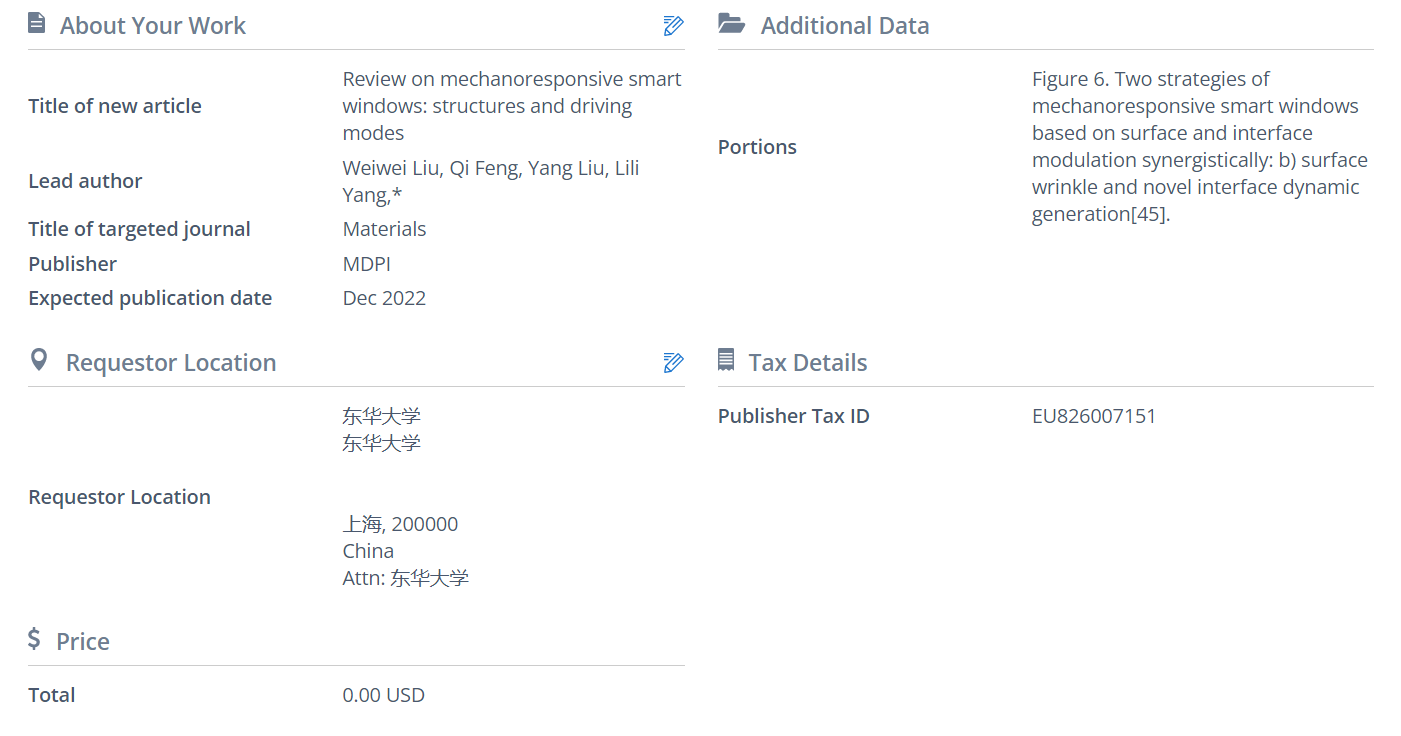
Figure 6b. Two strategies of mechanoresponsive smart windows based on surface and interface modulation synergistically: surface wrinkle and novel interface dynamic generation[44], Kim, H. N.; Ge, D.; Lee, E.; Yang, S., Multistate and On-Demand Smart Windows. Adv Mater 2018, 30, e1803847.

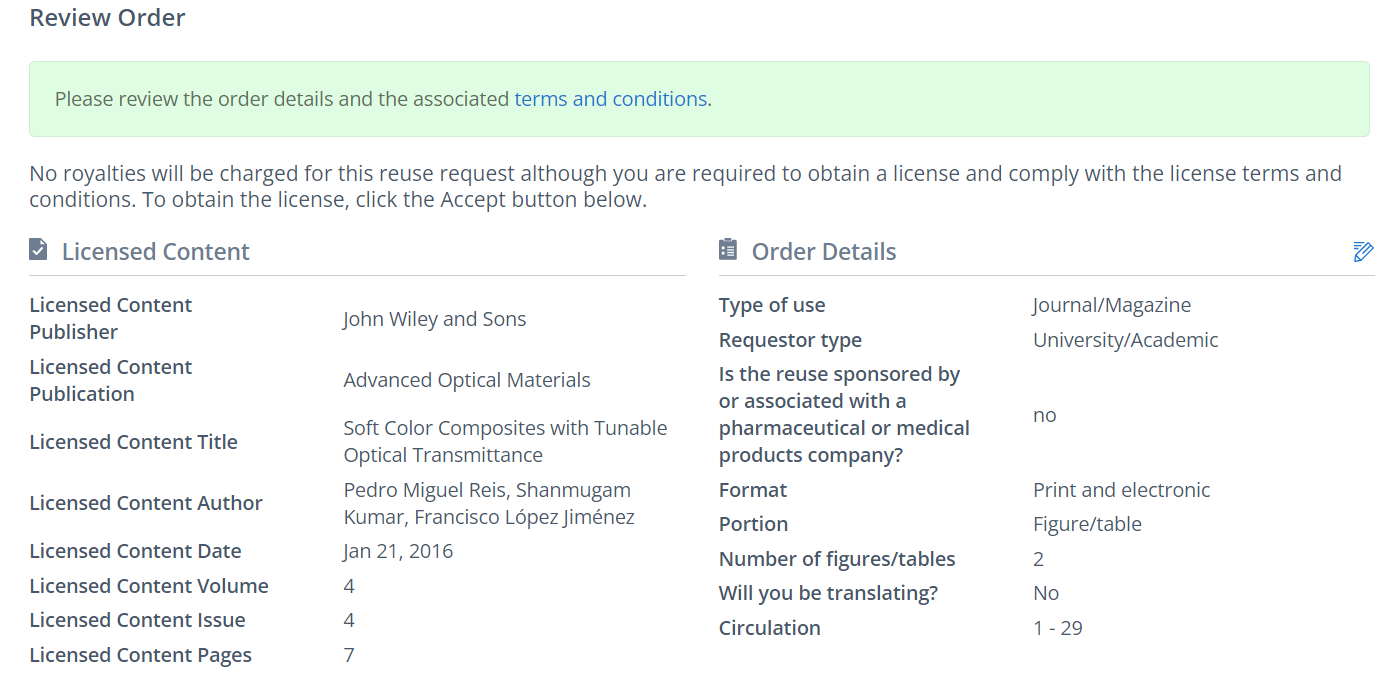
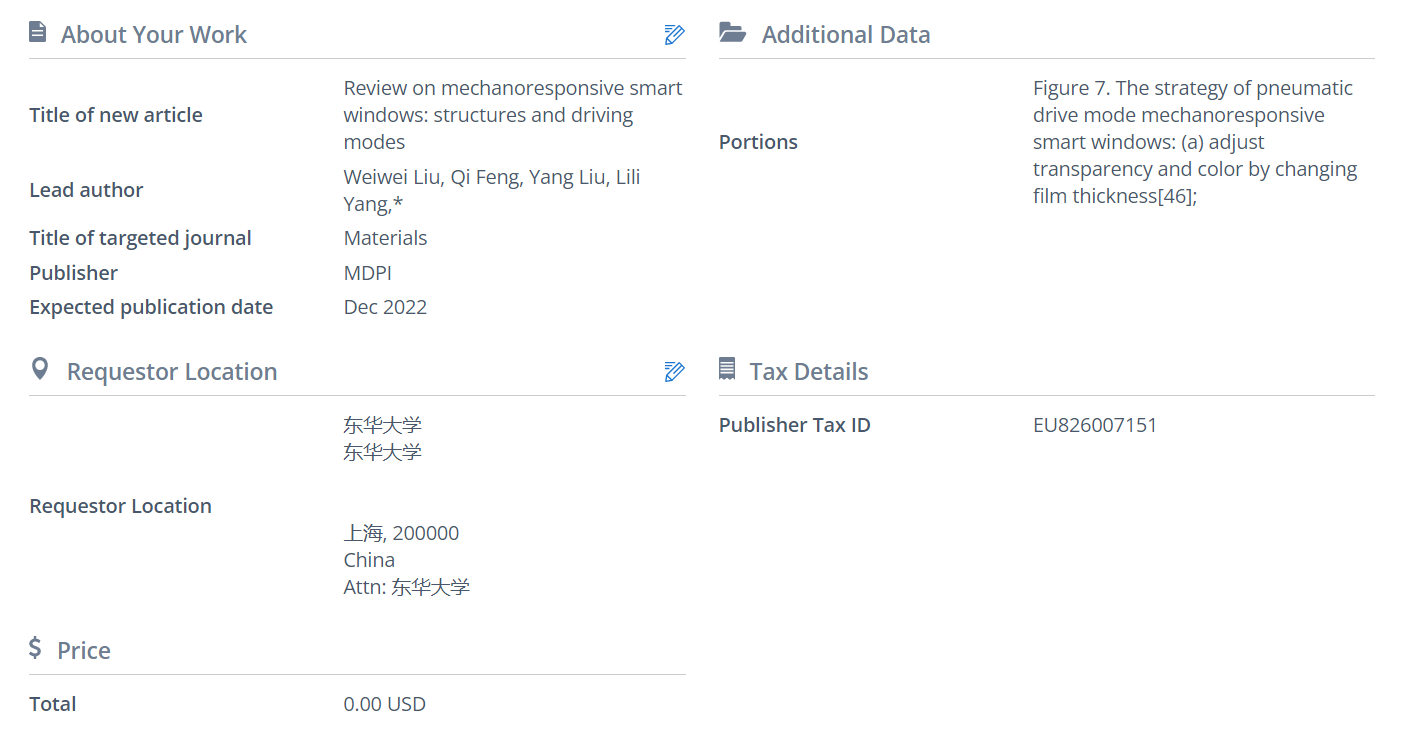
Figure 7a. The strategy of pneumatic drive mode mechanoresponsive smart windows: adjust transparency and color by changing film thickness[45], López Jiménez, F.; Kumar, S.; Reis, P. M., Soft Color Composites with Tunable Optical Transmittance. Advanced Optical Materials 2016, 4, 620-626.

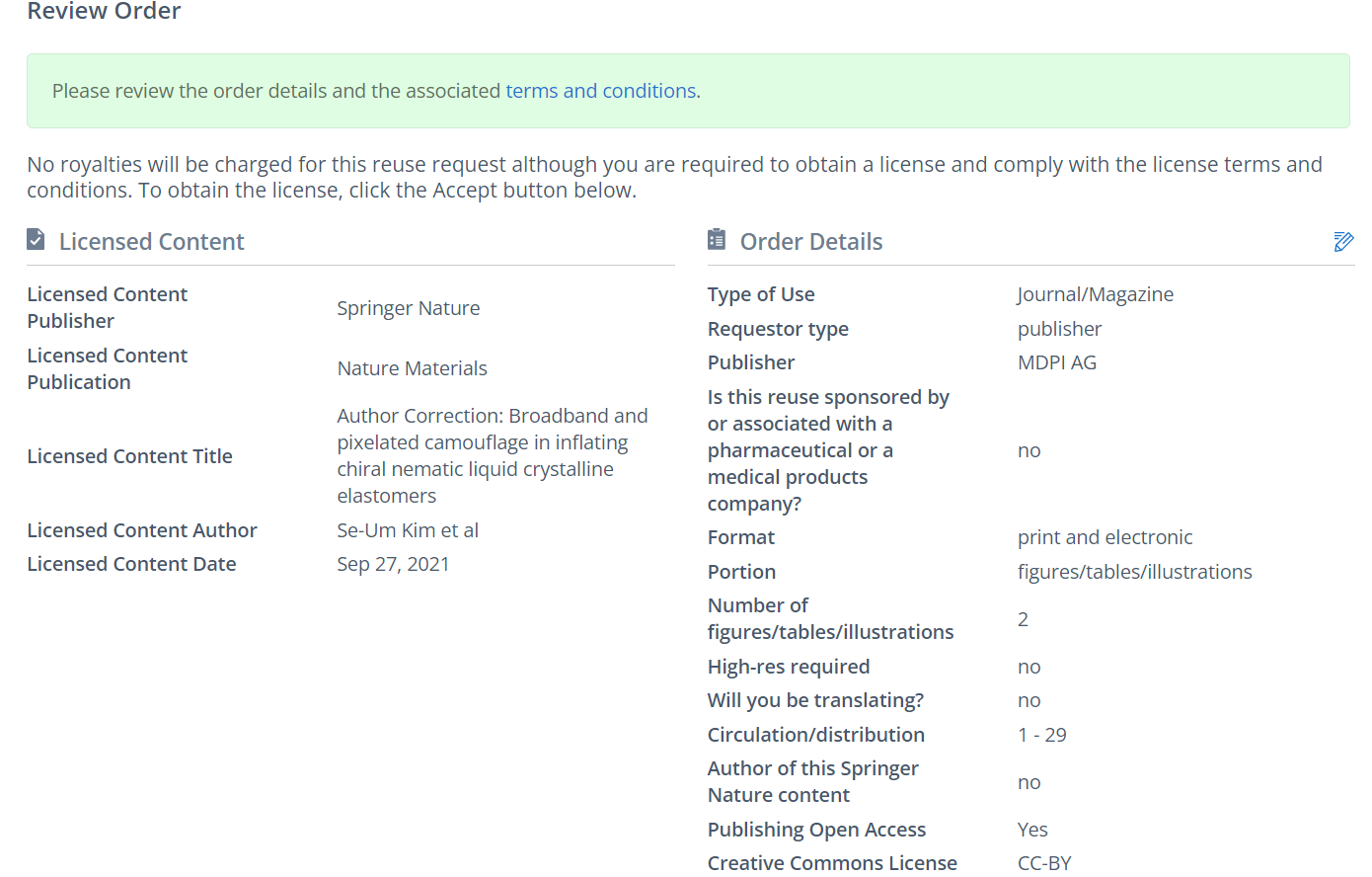
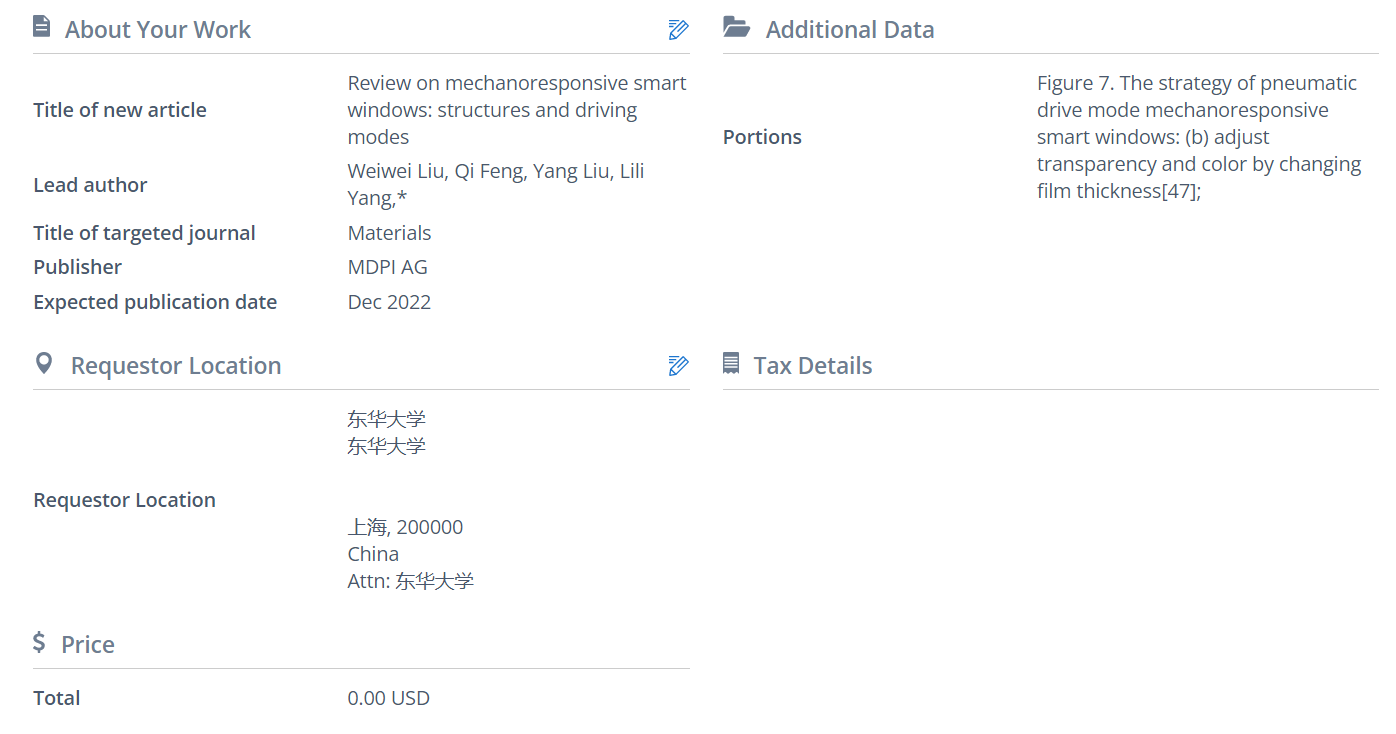
Figure 7b. The strategy of pneumatic drive mode mechanoresponsive smart windows: adjust transparency and color by changing film thickness[46], Kim, S. U.; Lee, Y. J.; Liu, J.; Kim, D. S.; Wang, H.; Yang, S., Broadband and pixelated camouflage in inflating chiral nematic liquid crystalline elastomers. Nat Mater 2022, 21, 41-46.

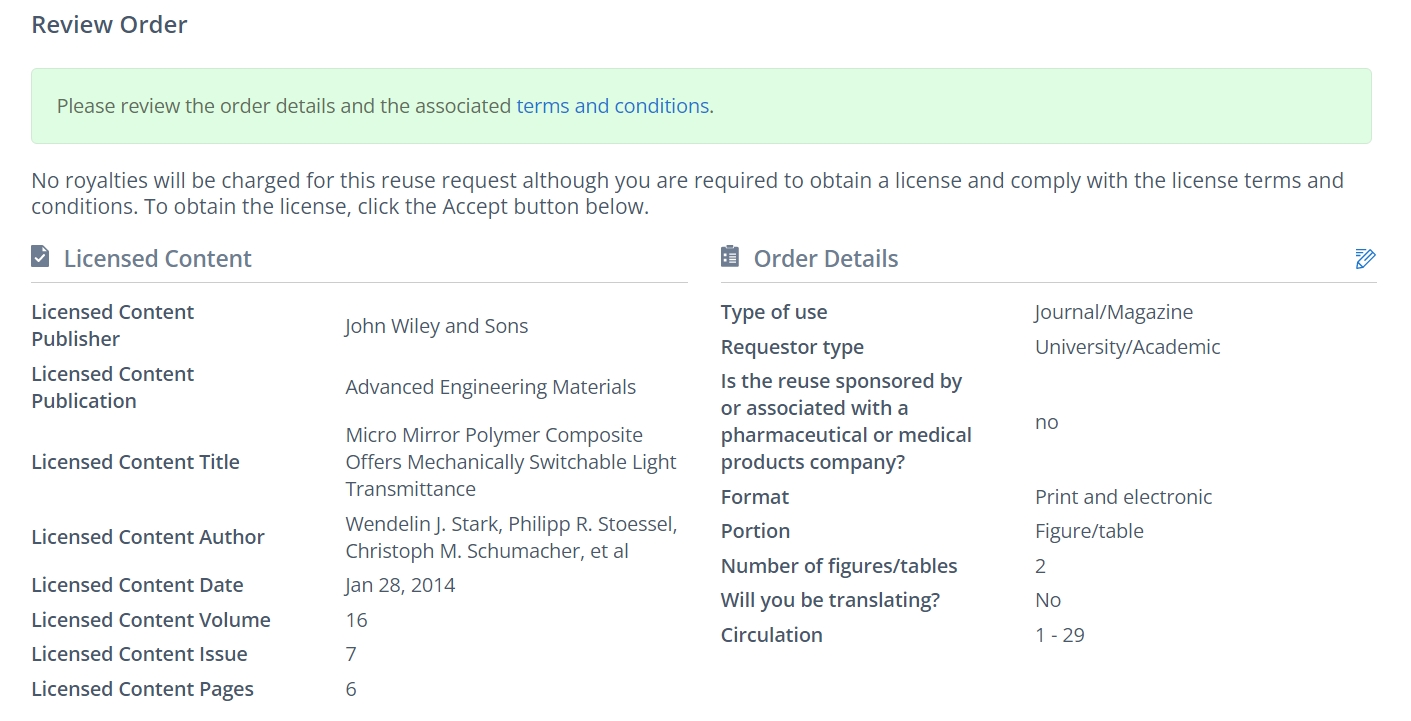
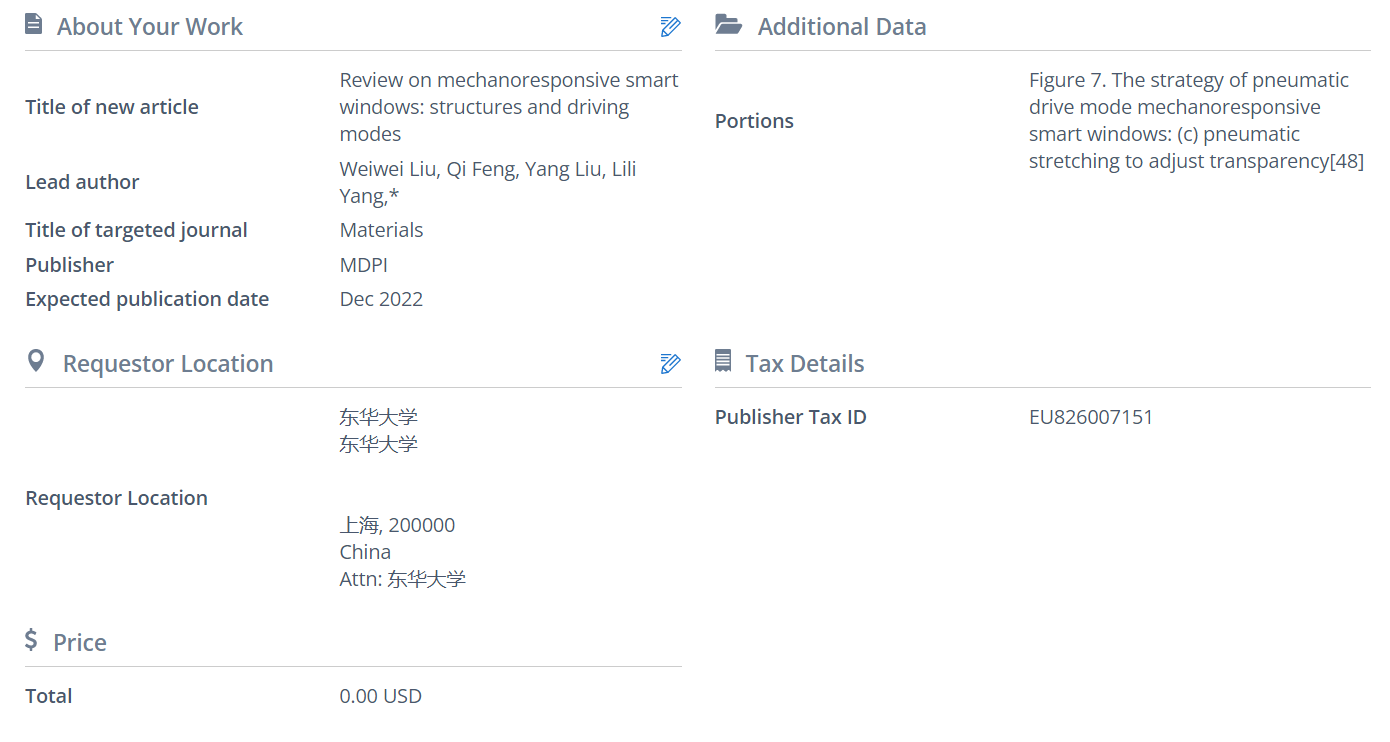
Figure 7c. The strategy of pneumatic drive mode mechanoresponsive smart windows: pneumatic stretching to adjust transparency[47]; Rotzetter, A. C. C.; Fuhrer, R.; Grass, R. N.; Schumacher, C. M.; Stoessel, P. R.; Stark, W. J., Micro Mirror Polymer Composite Offers Mechanically Switchable Light Transmittance. Advanced Engineering Materials 2014, 16, 878-883.

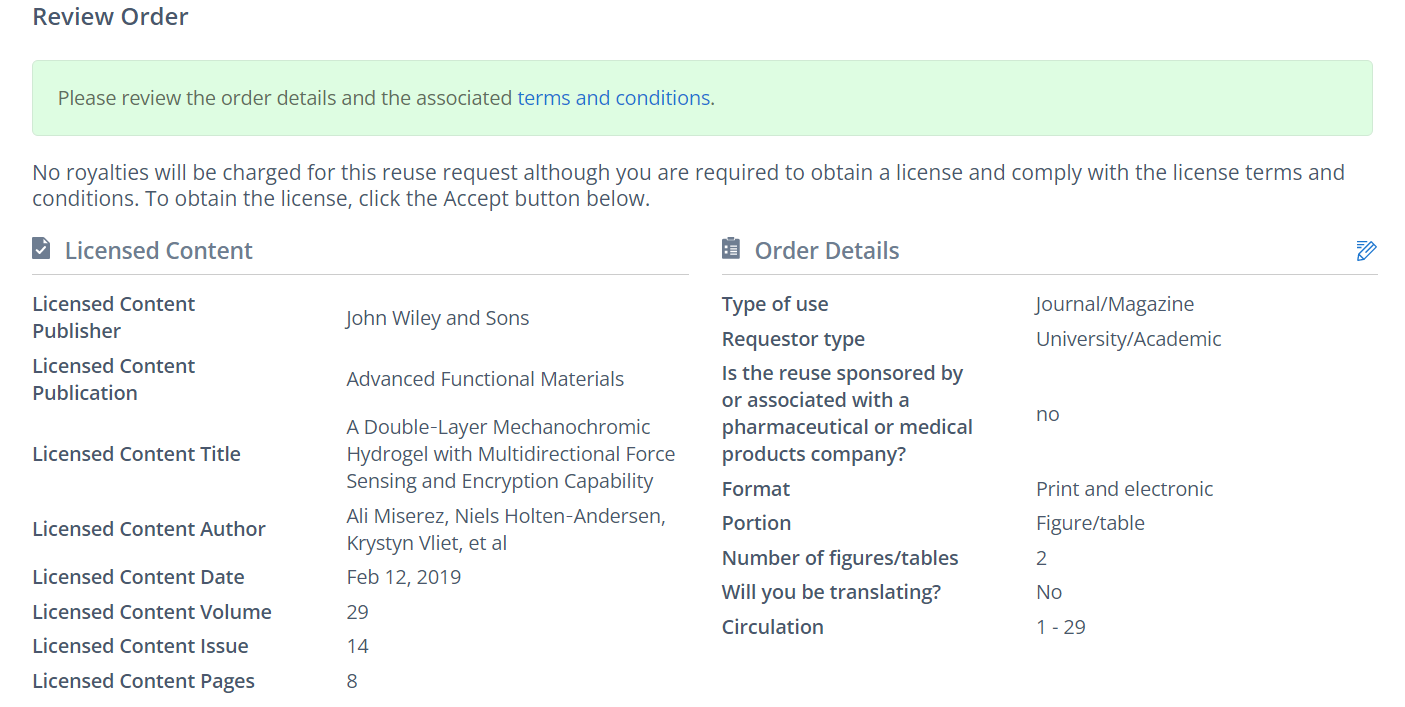
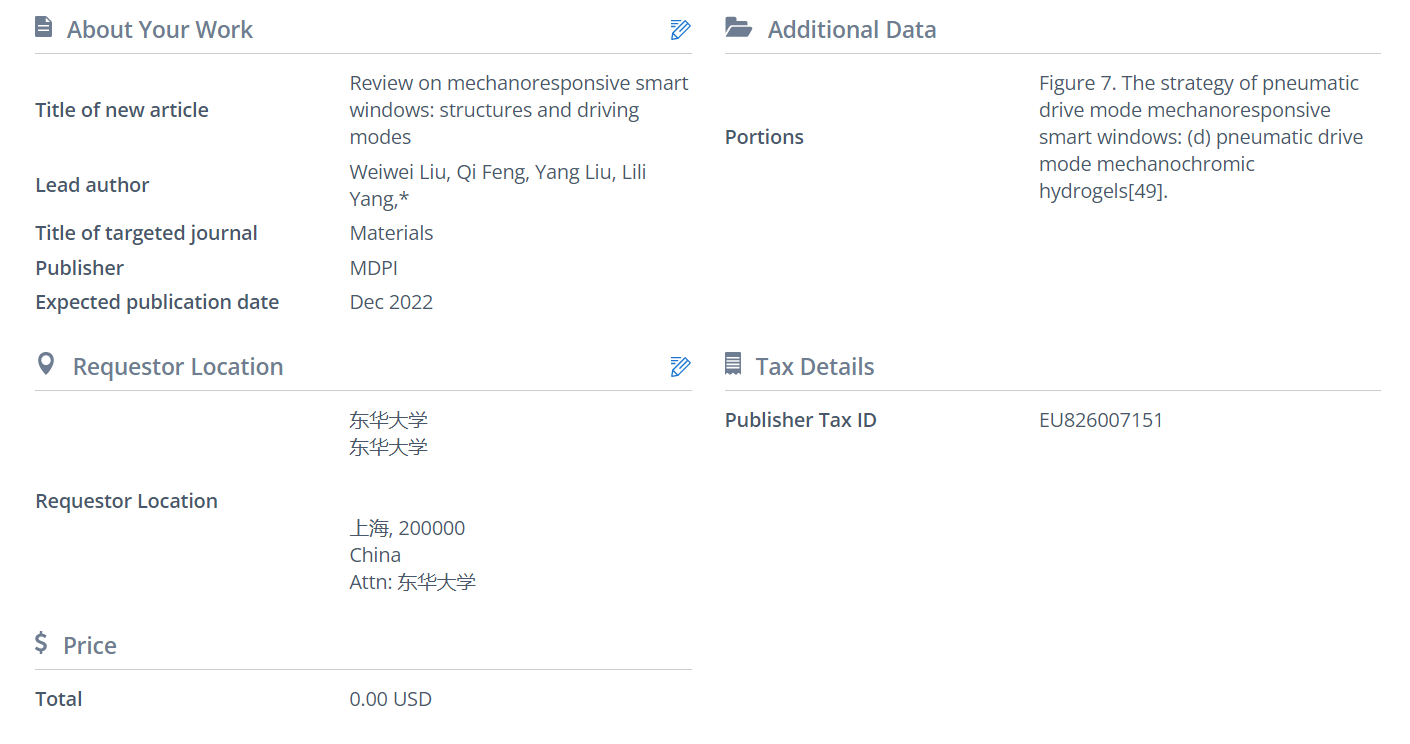
Figure 7d. The strategy of pneumatic drive mode mechanoresponsive smart windows: pneumatic drive mode mechanochromic hydrogels[48]. Zhu, Q.; Vliet, K.; Holten‐Andersen, N.; Miserez, A., A Double‐Layer Mechanochromic Hydrogel with Multidirectional Force Sensing and Encryption Capability. Advanced Functional Materials 2019, 29, 1808191.

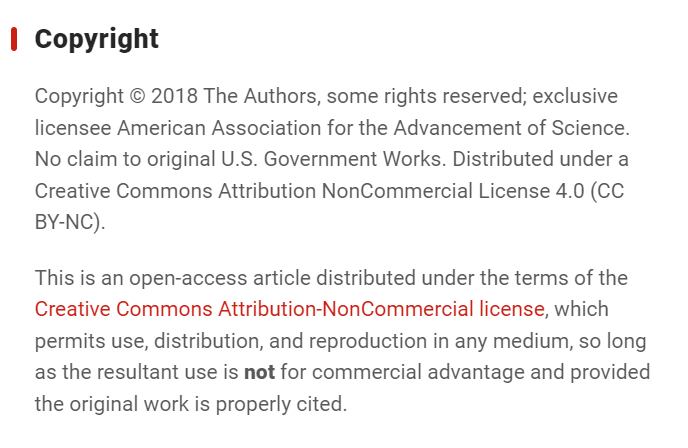
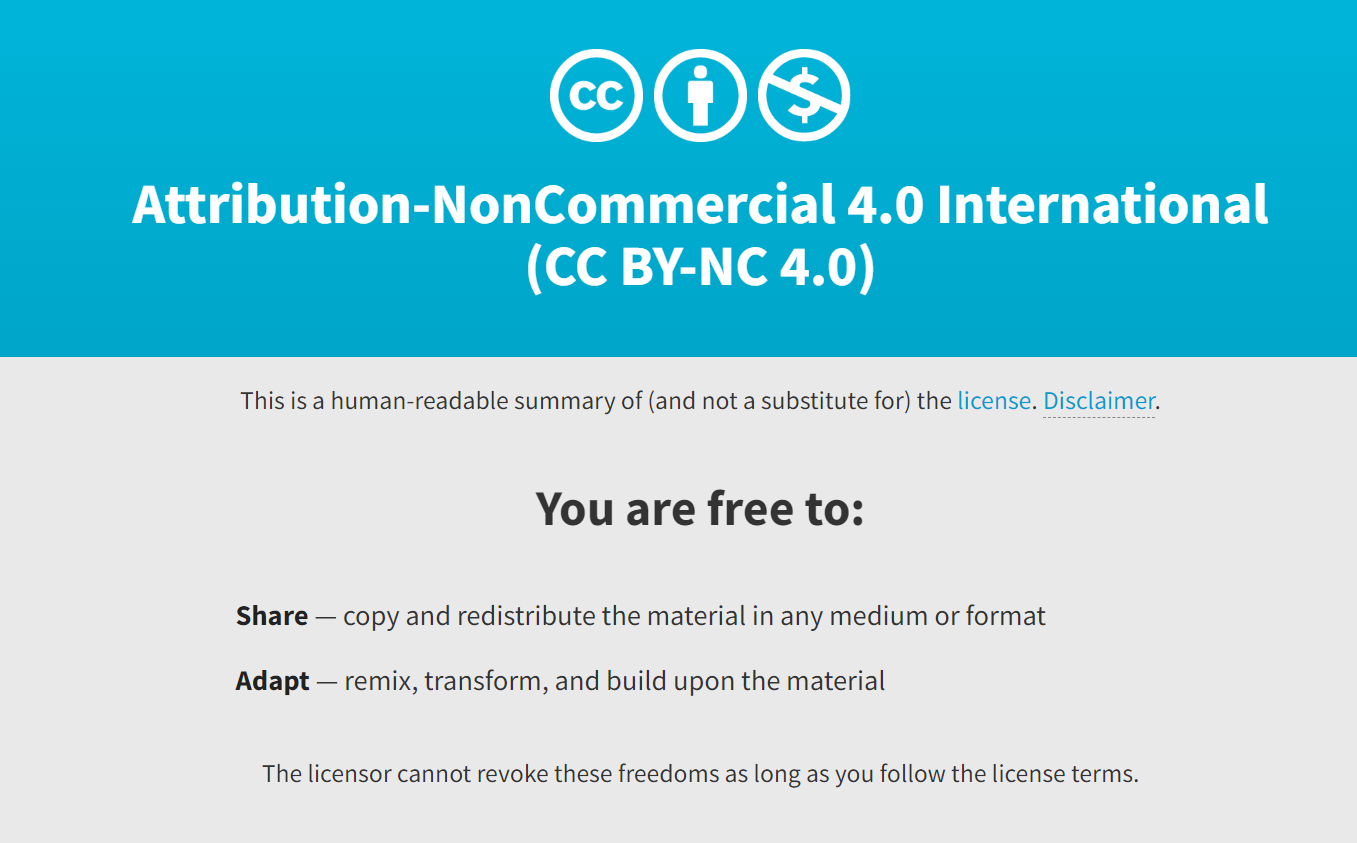

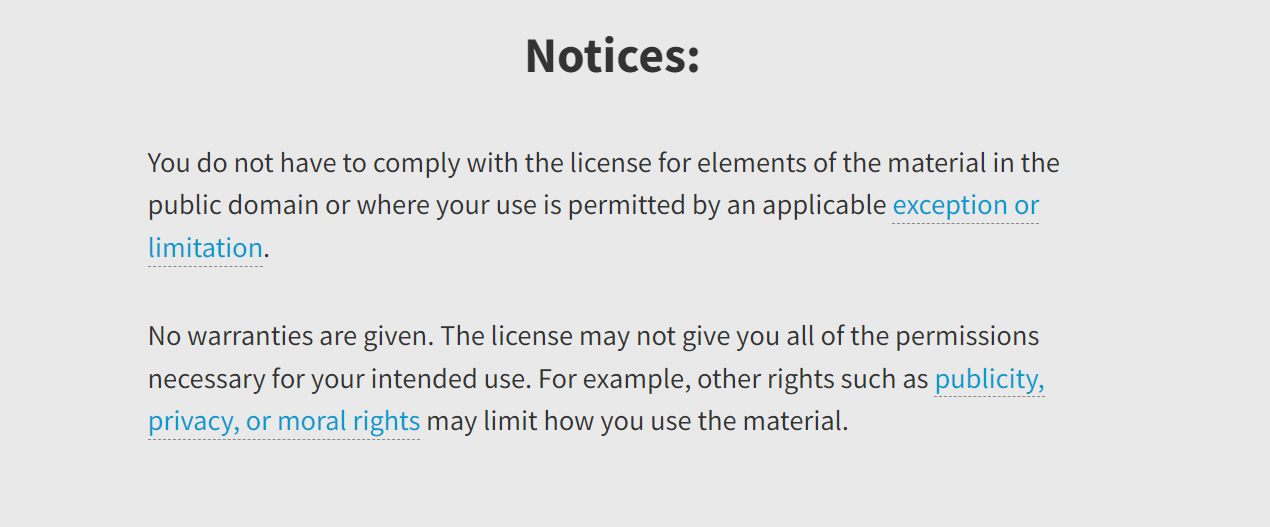
Figure 8a. The approaches for optical-driving mechanoresponsive smart windows: based on the high photothermal conversion efficiency of CNT[49], Li, F.; Hou, H.; Yin, J.; Jiang, X., Near-infrared light–responsive dynamic wrinkle patterns. Science Advances 4, eaar5762.


Figure 8b. The approaches for optical-driving mechanoresponsive smart windows: based on the high photothermal conversion efficiency of CNT[50], Xie, M.; Lin, G.; Ge, D.; Yang, L.; Zhang, L.; Yin, J.; Jiang, X., Pattern Memory Surface (PMS) with Dynamic Wrinkles for Unclonable Anticounterfeiting. ACS Materials Letters 2019, 1, 77-82.

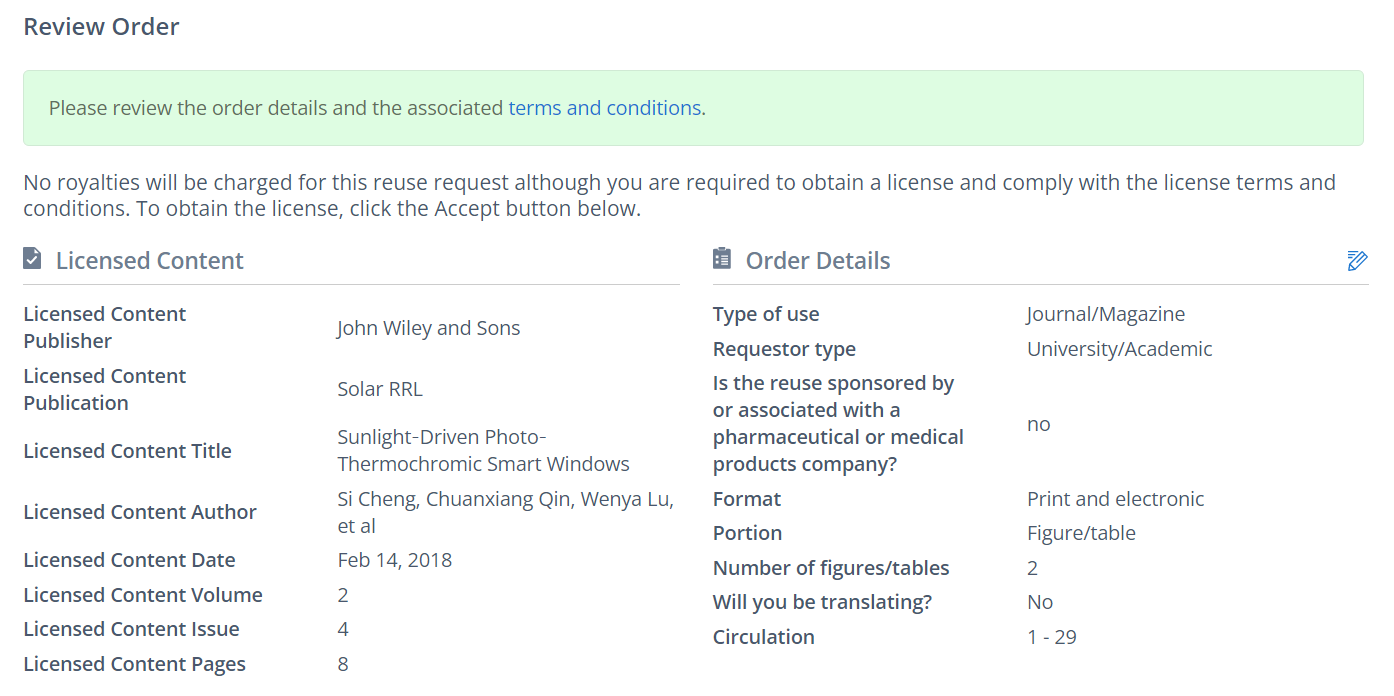
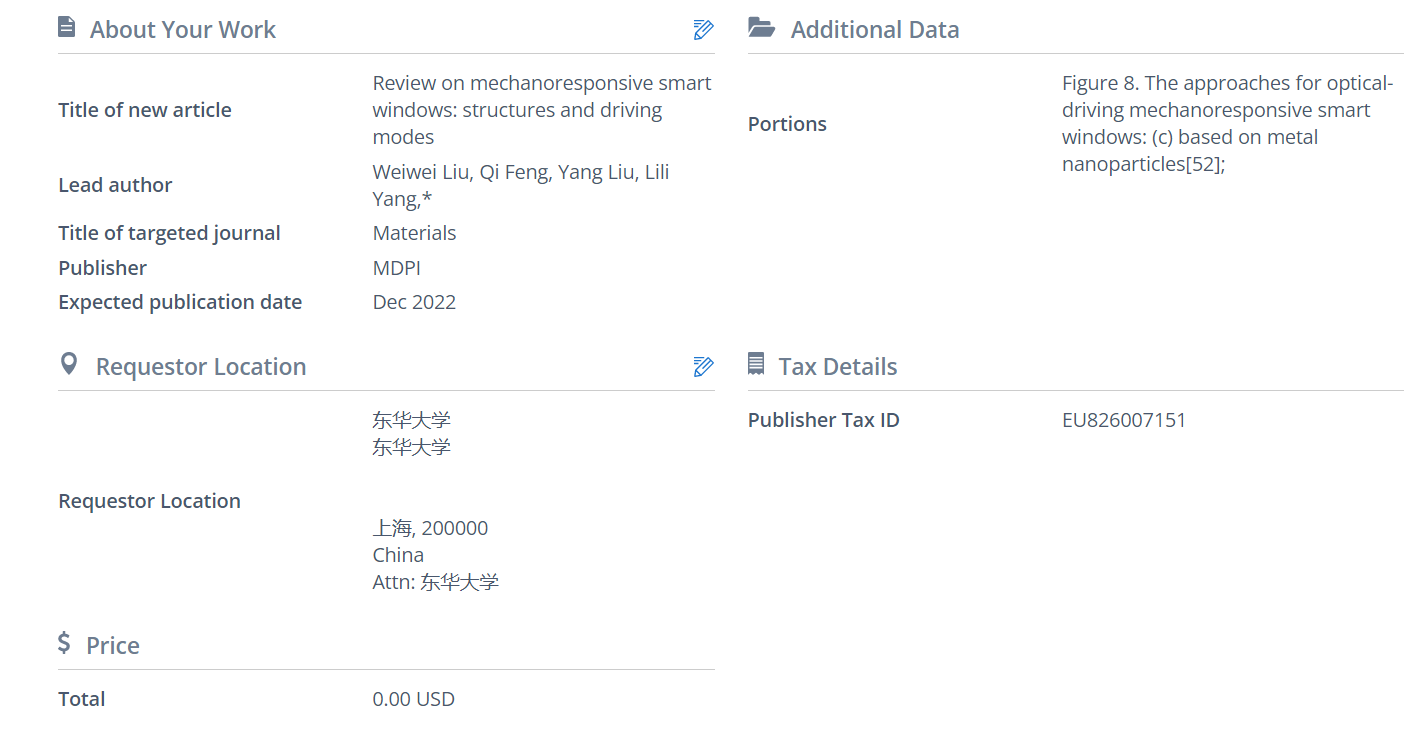
Figure 8c. The approaches for optical-driving mechanoresponsive smart windows: (c) based on metal nanoparticles[51], Cao, D.; Xu, C.; Lu, W.; Qin, C.; Cheng, S., Sunlight-Driven Photo-Thermochromic Smart Windows. Solar RRL 2018, 2, 1700219.

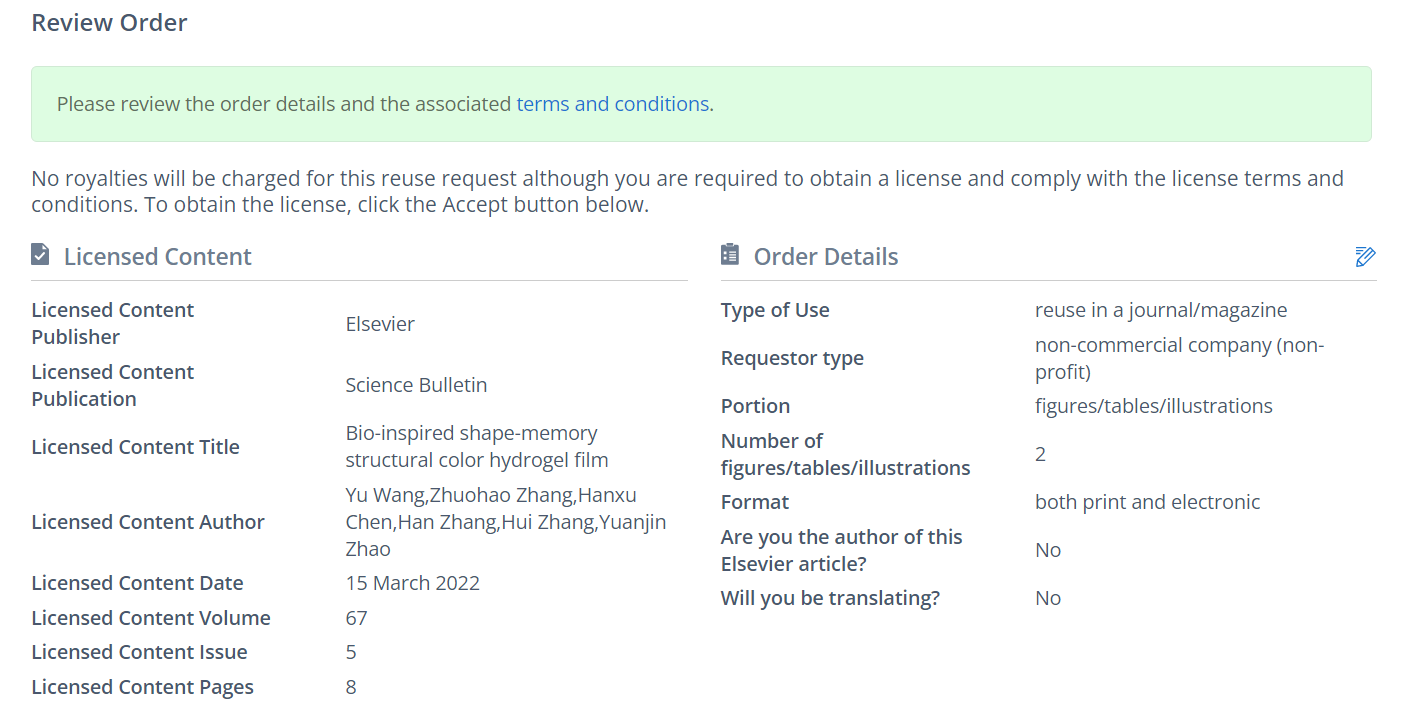
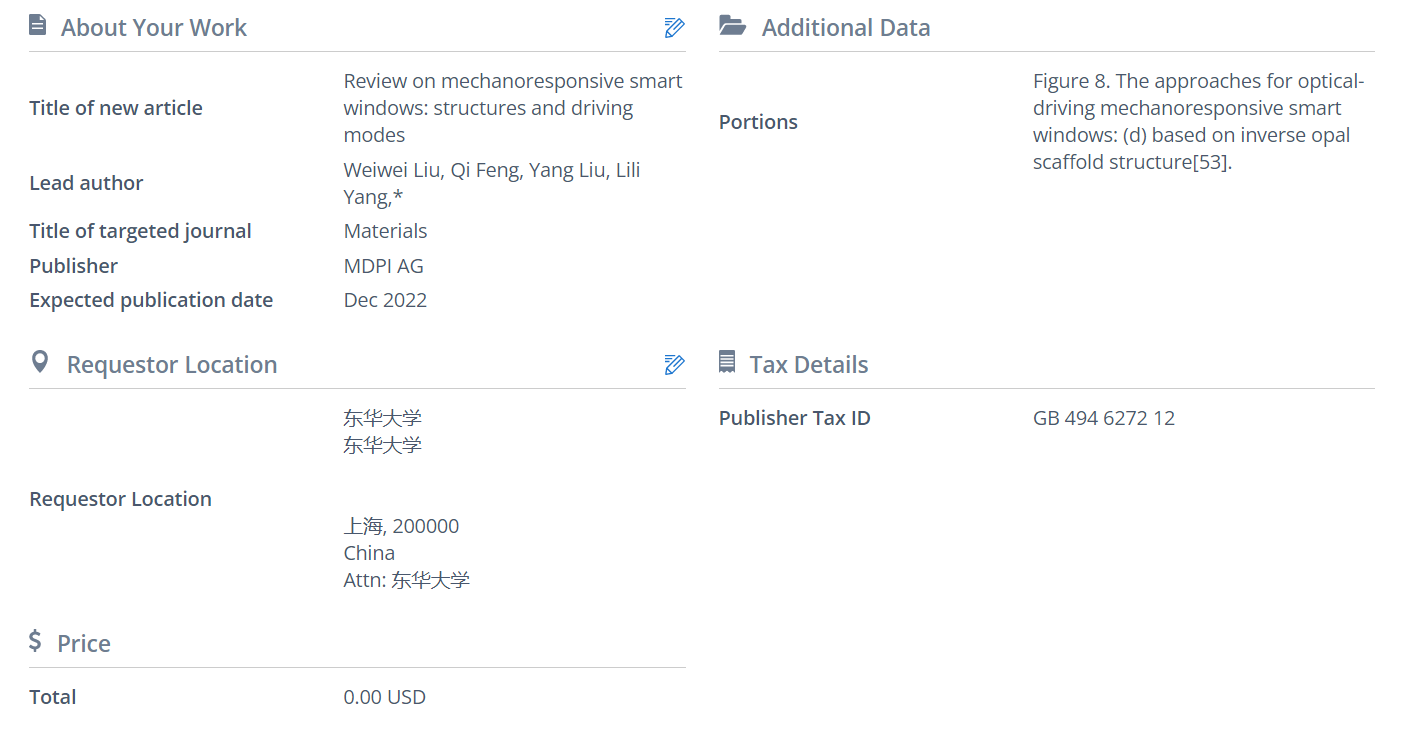
Figure 8d. The approaches for optical-driving mechanoresponsive smart windows: based on inverse opal scaffold structure[52]. Wang, Y.; Zhang, Z.; Chen, H.; Zhang, H.; Zhang, H.; Zhao, Y., Bio-inspired shape-memory structural color hydrogel film. Science Bulletin 2022, 67, 512-519.
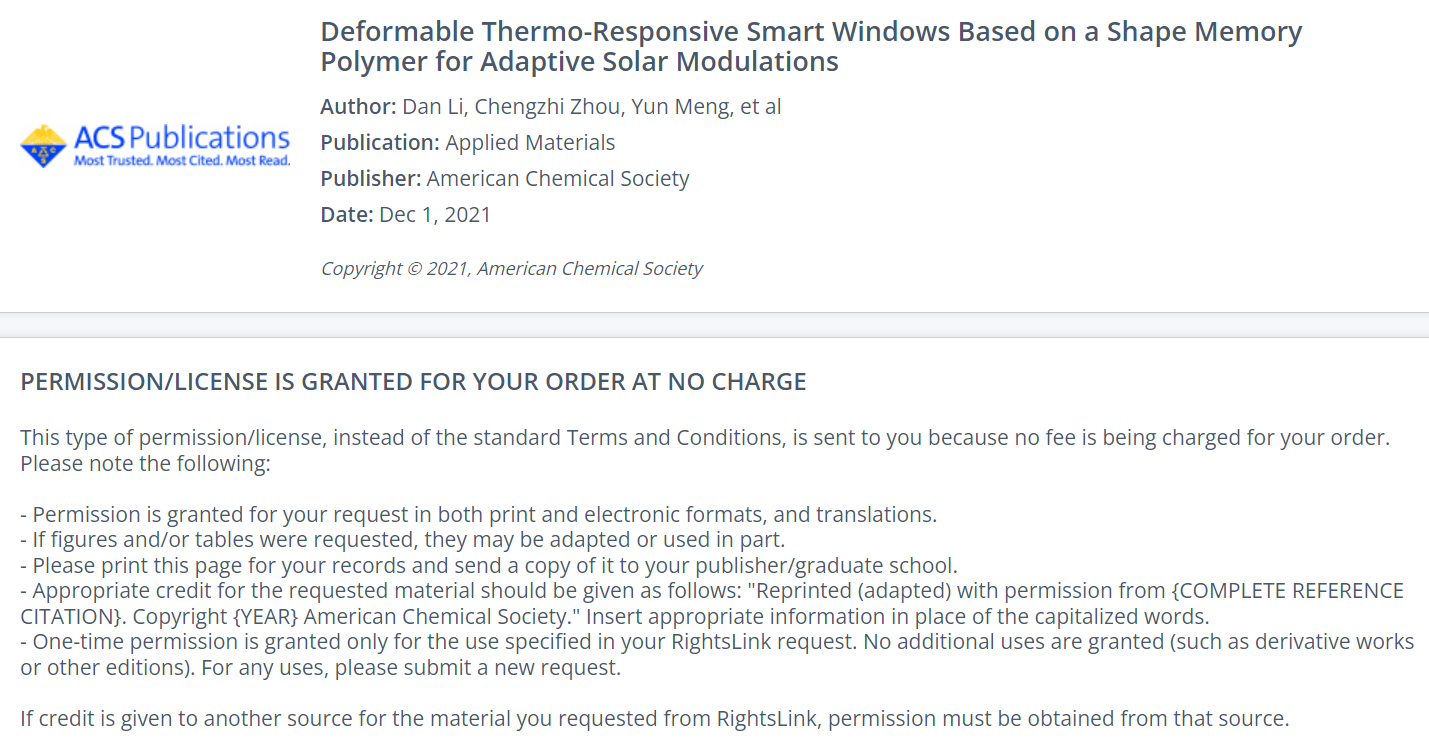
Figure 9a. The strategy of thermal driving mode of mechanoresponsive smart windows: formation of surface wrinkles structure[58], Li, D.; Zhou, C.; Meng, Y.; Chen, C.; Yu, C.; Long, Y.; Li, S., Deformable Thermo-Responsive Smart Windows Based on a Shape Memory Polymer for Adaptive Solar Modulations. ACS Appl Mater Interfaces 2021, 13, 61196-61204.
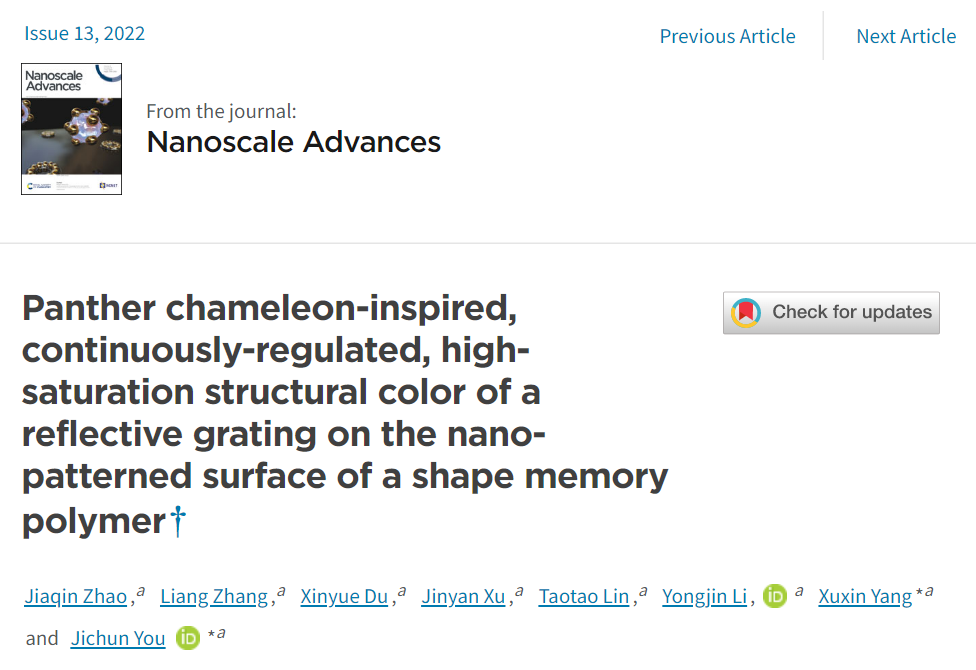
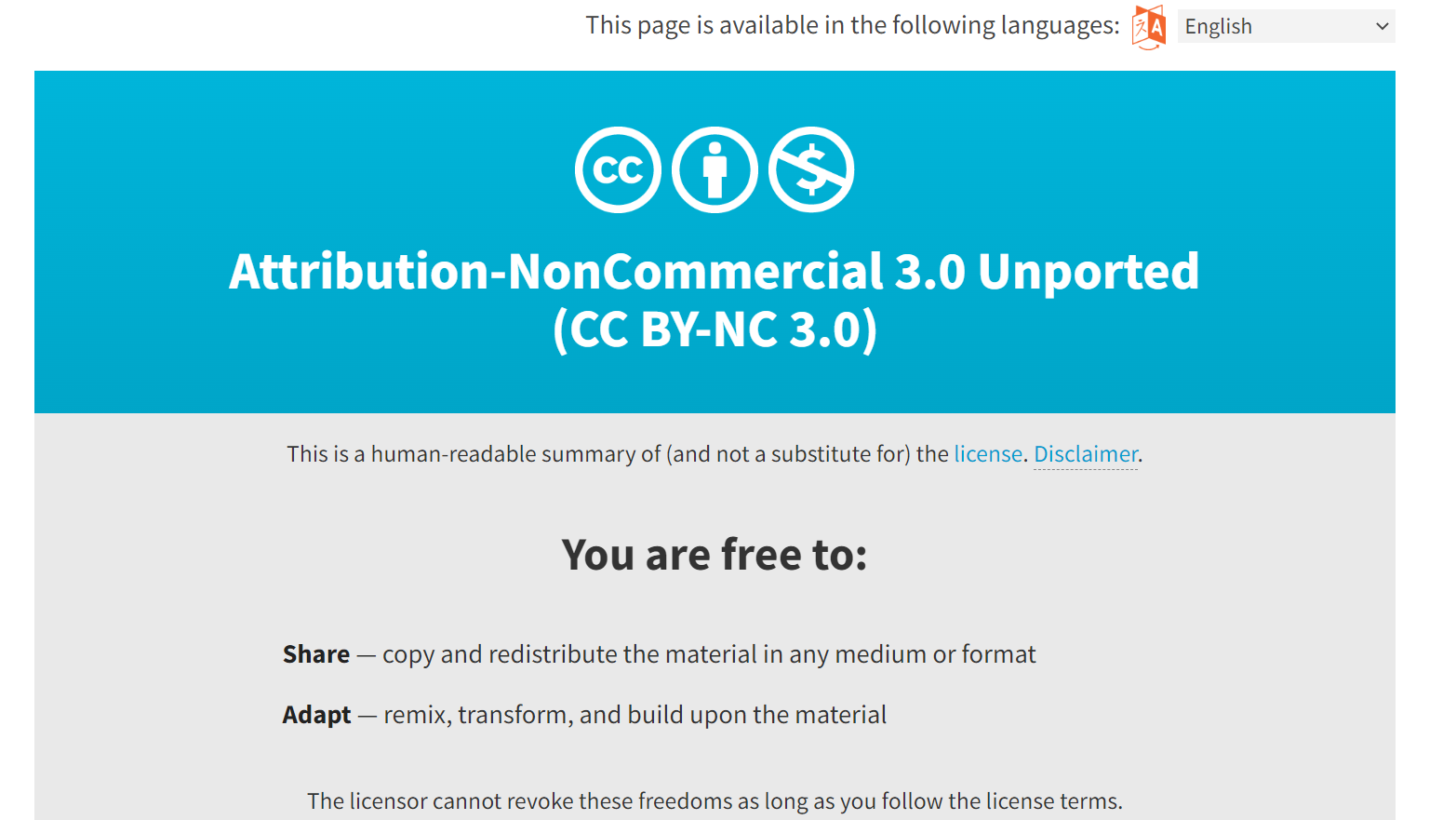
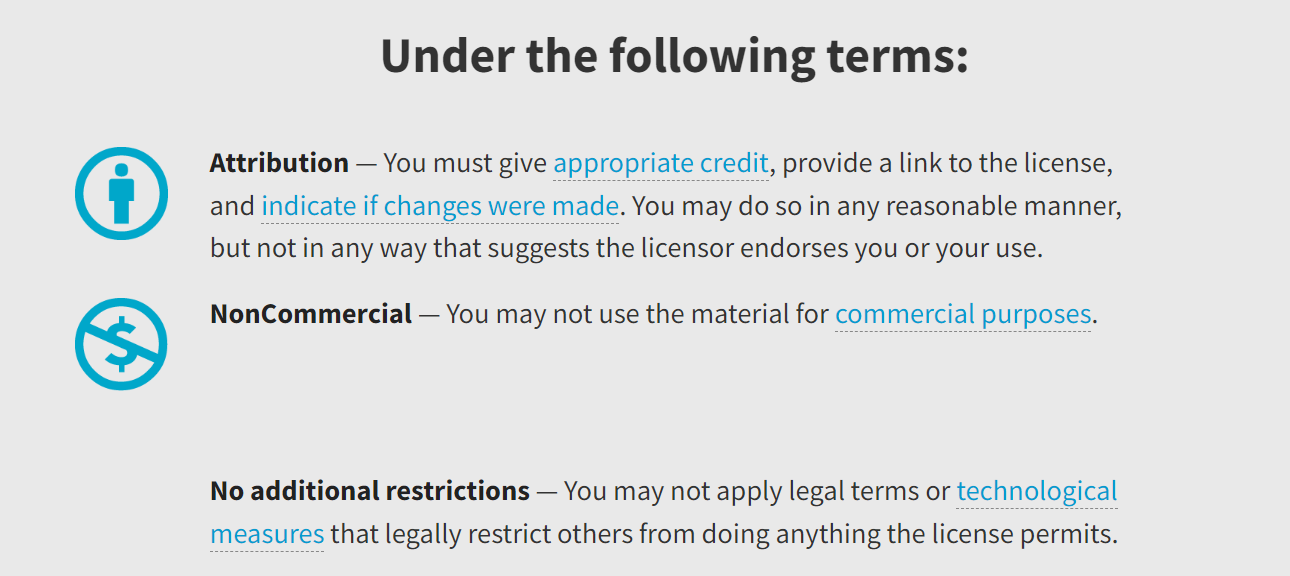
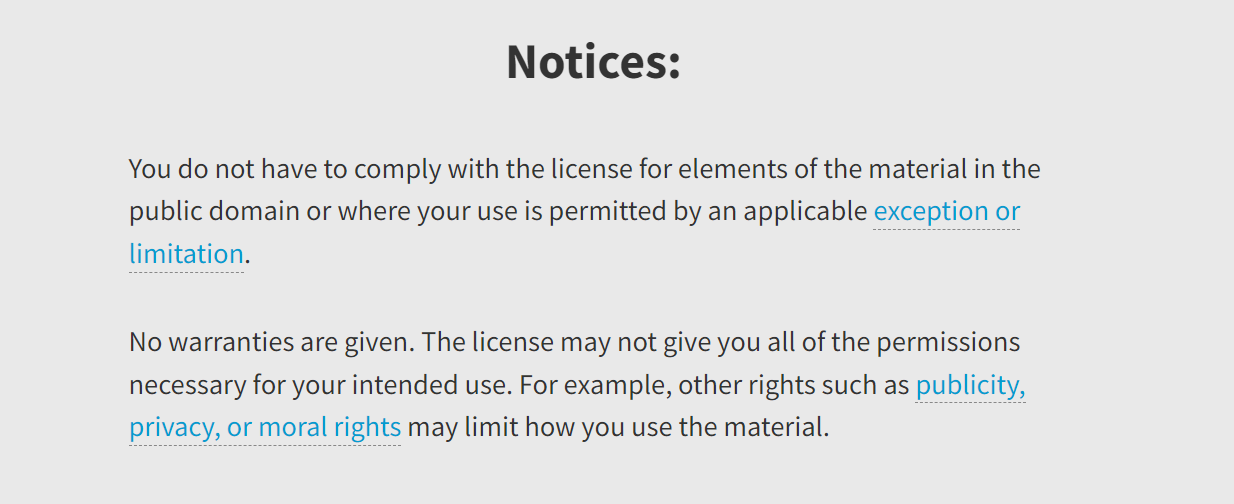
Figure 9b. The strategy of thermal driving mode of mechanoresponsive smart windows: (a) formation of dynamic network structure[59], Zhao, J.; Zhang, L.; Du, X.; Xu, J.; Lin, T.; Li, Y.; Yang, X.; You, J., Panther chameleon-inspired, continuously-regulated, high-saturation structural color of a reflective grating on the nano-patterned surface of a shape memory polymer. Nanoscale Adv 2022, 4, 2942-2949.

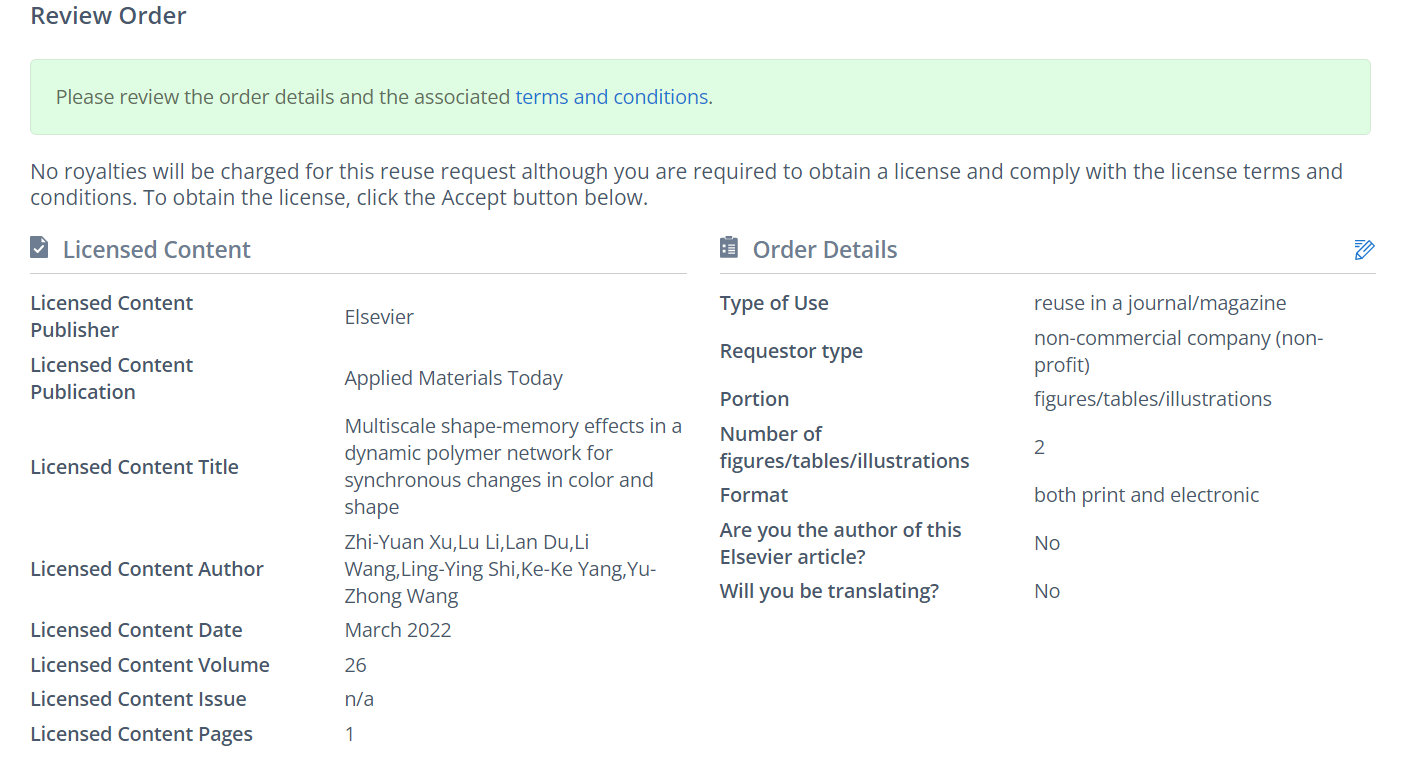
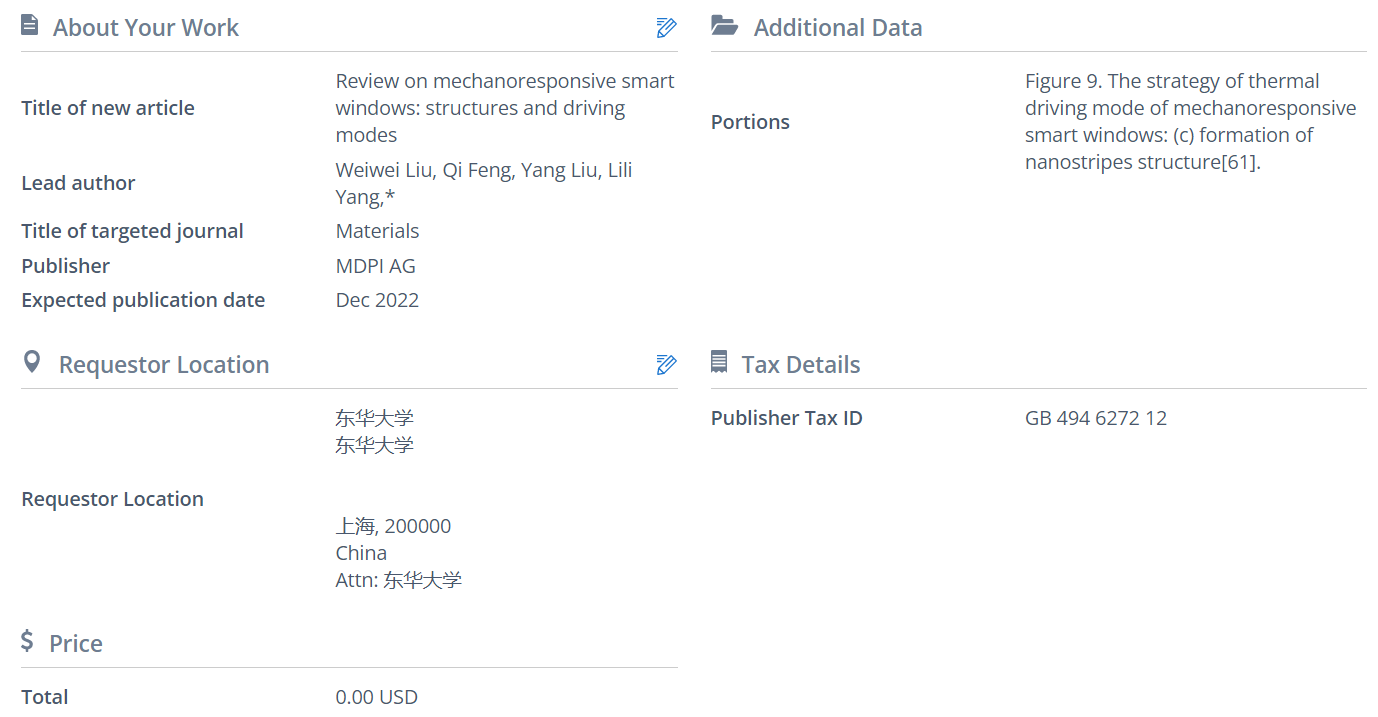
Figure 9c. The strategy of thermal driving mode of mechanoresponsive smart windows: formation of nanostripes structure[60], Xu, Z.-Y.; Li, L.; Du, L.; Wang, L.; Shi, L.-Y.; Yang, K.-K.; Wang, Y.-Z., Multiscale shape-memory effects in a dynamic polymer network for synchronous changes in color and shape. Applied Materials Today 2022, 26, 101276.


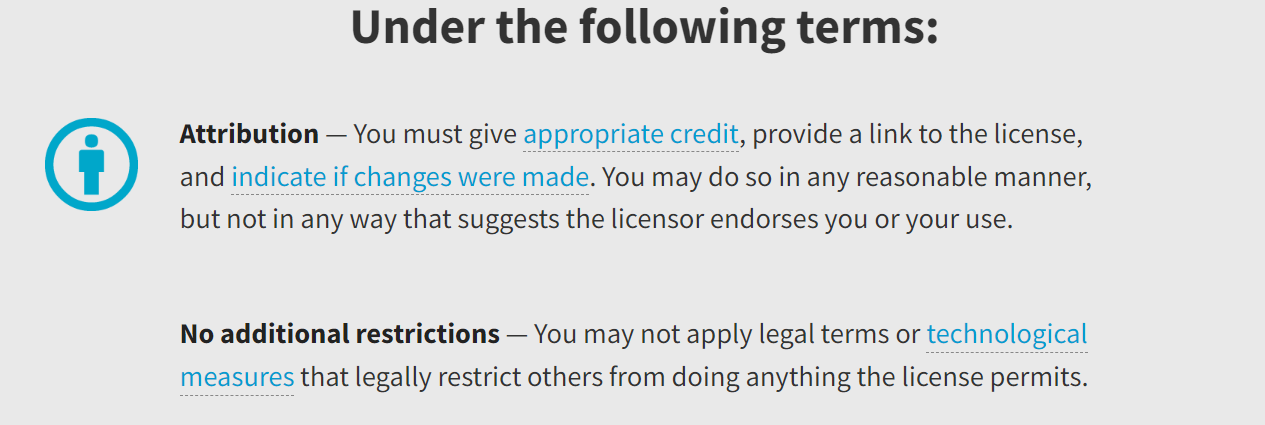
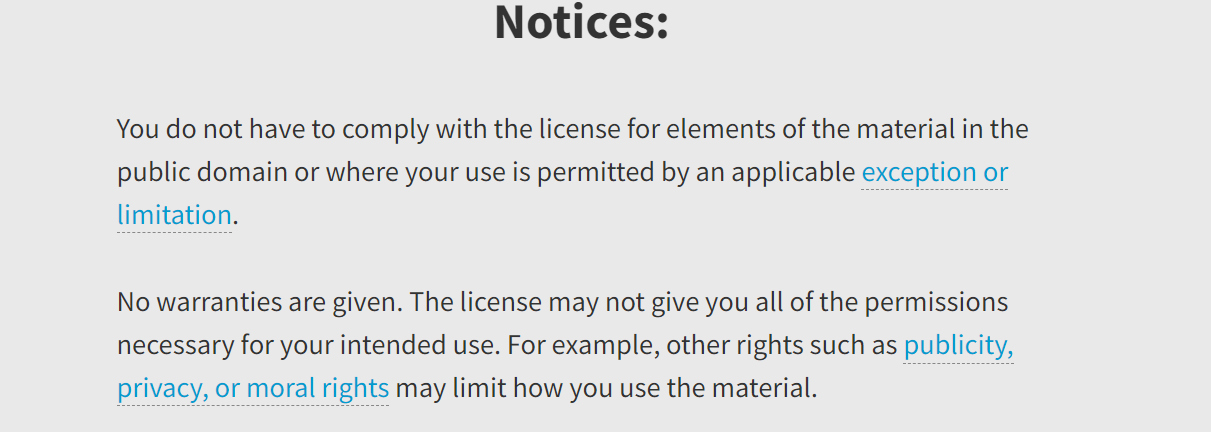
Figure 9d. The strategy of thermal driving mode of mechanoresponsive smart windows: formation of dynamic network structure[61], Zhang, W.; Wang, H.; Wang, H.; Chan, J. Y. E.; Liu, H.; Zhang, B.; Zhang, Y. F.; Agarwal, K.; Yang, X.; Ranganath, A. S.; Low, H. Y.; Ge, Q.; Yang, J. K. W., Structural multi-colour invisible inks with submicron 4D printing of shape memory polymers. Nat Commun 2021, 12, (1), 112-120.
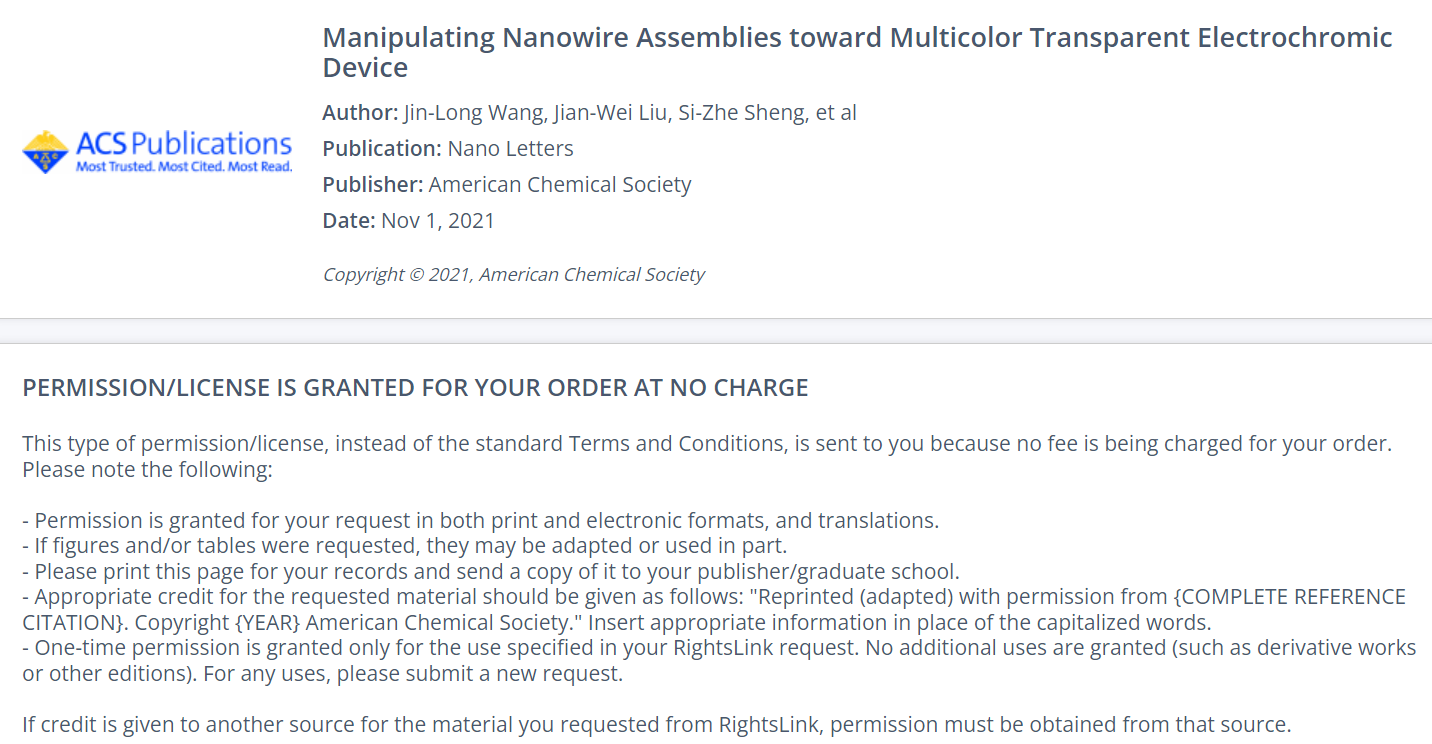
Figure 10a. The strategy of electric driving mode mechanoresponsive smart windows: controlling movement of nanoparticles via the electrophoresis to modulate transmittance and color[64], Wang, J. L.; Liu, J. W.; Sheng, S. Z.; He, Z.; Gao, J.; Yu, S. H., Manipulating Nanowire Assemblies toward Multicolor Transparent Electrochromic Device. Nano Lett 2021, 21, 9203-9209.

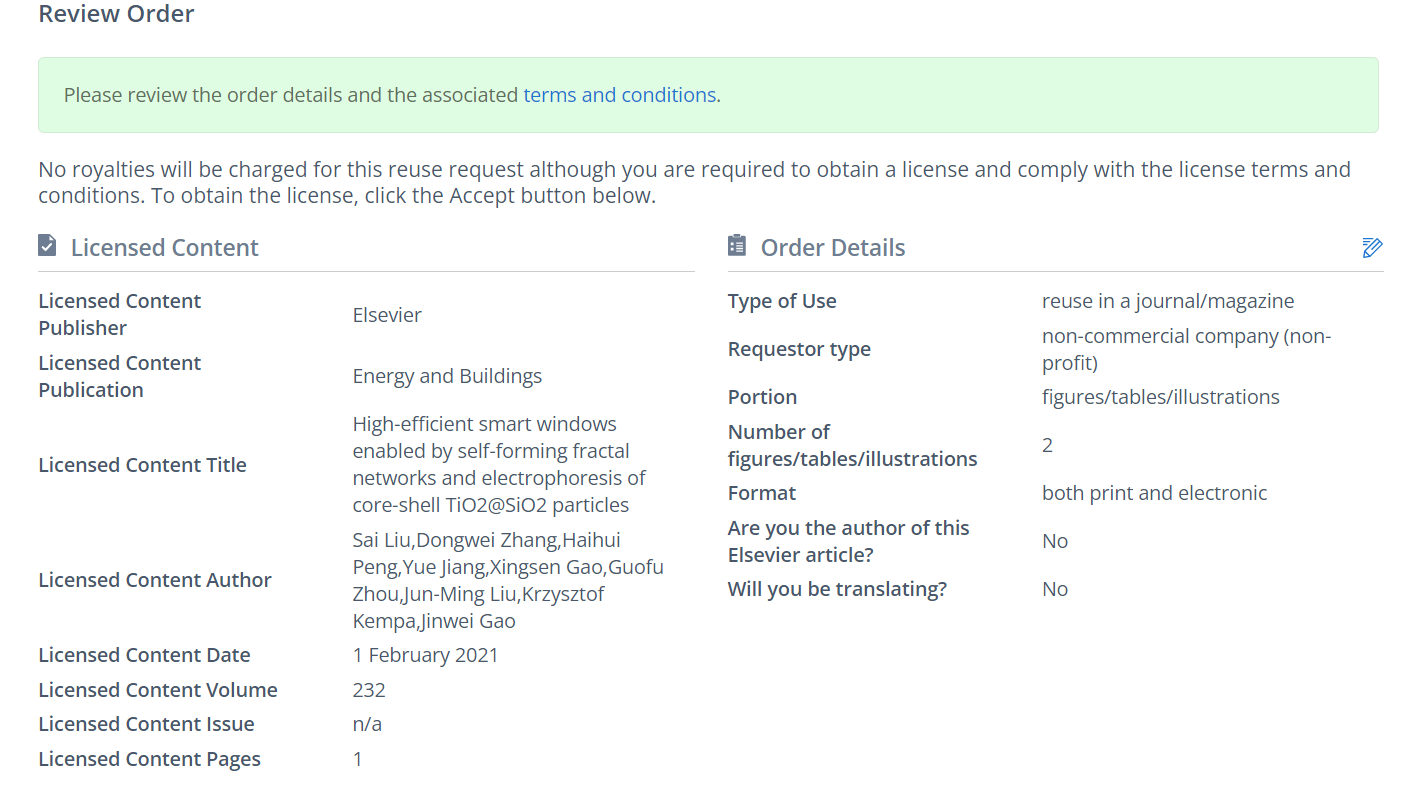
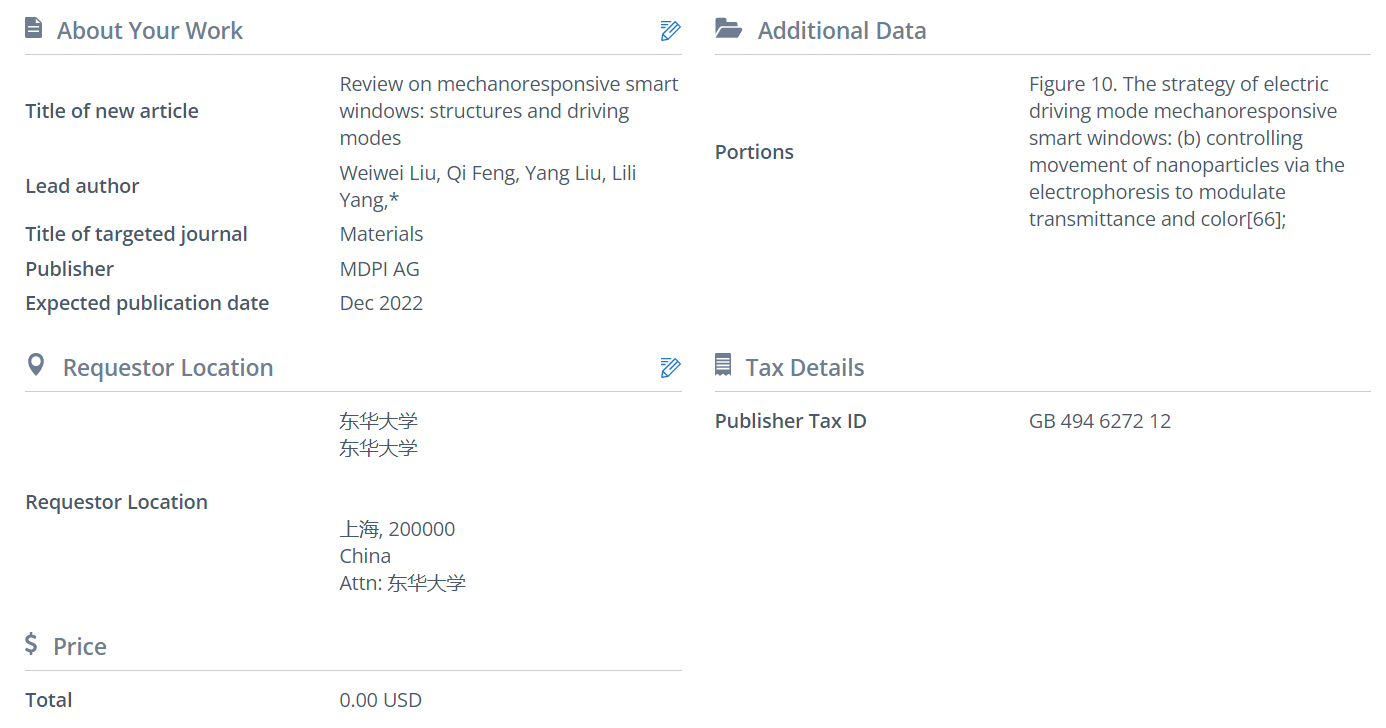
Figure 10b. The strategy of electric driving mode mechanoresponsive smart windows: controlling movement of nanoparticles via the electrophoresis to modulate transmittance and color[65], Liu, S.; Zhang, D.; Peng, H.; Jiang, Y.; Gao, X.; Zhou, G.; Liu, J.-M.; Kempa, K.; Gao, J., High-efficient smart windows enabled by self-forming fractal networks and electrophoresis of core-shell TiO2@SiO2 particles. Energy and Buildings 2021, 232, 110657.

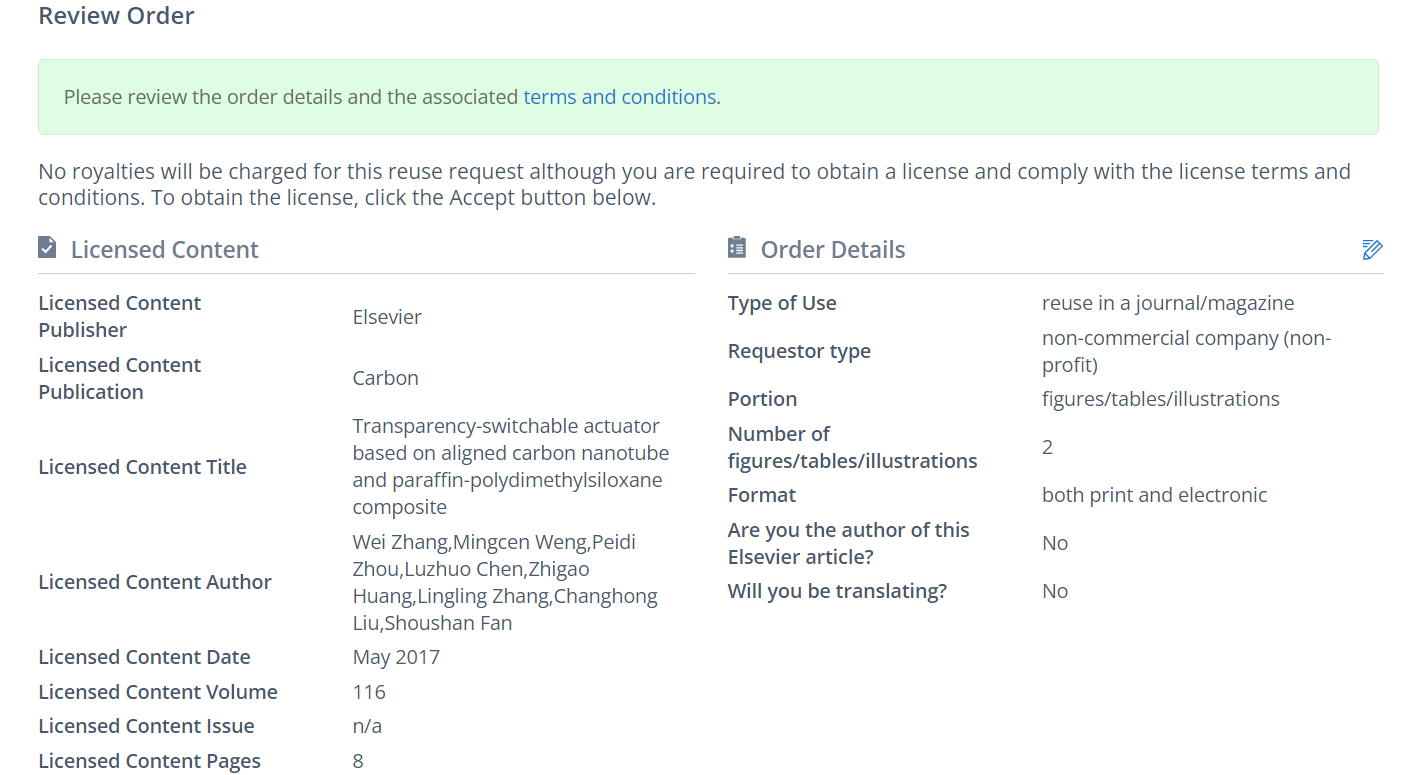
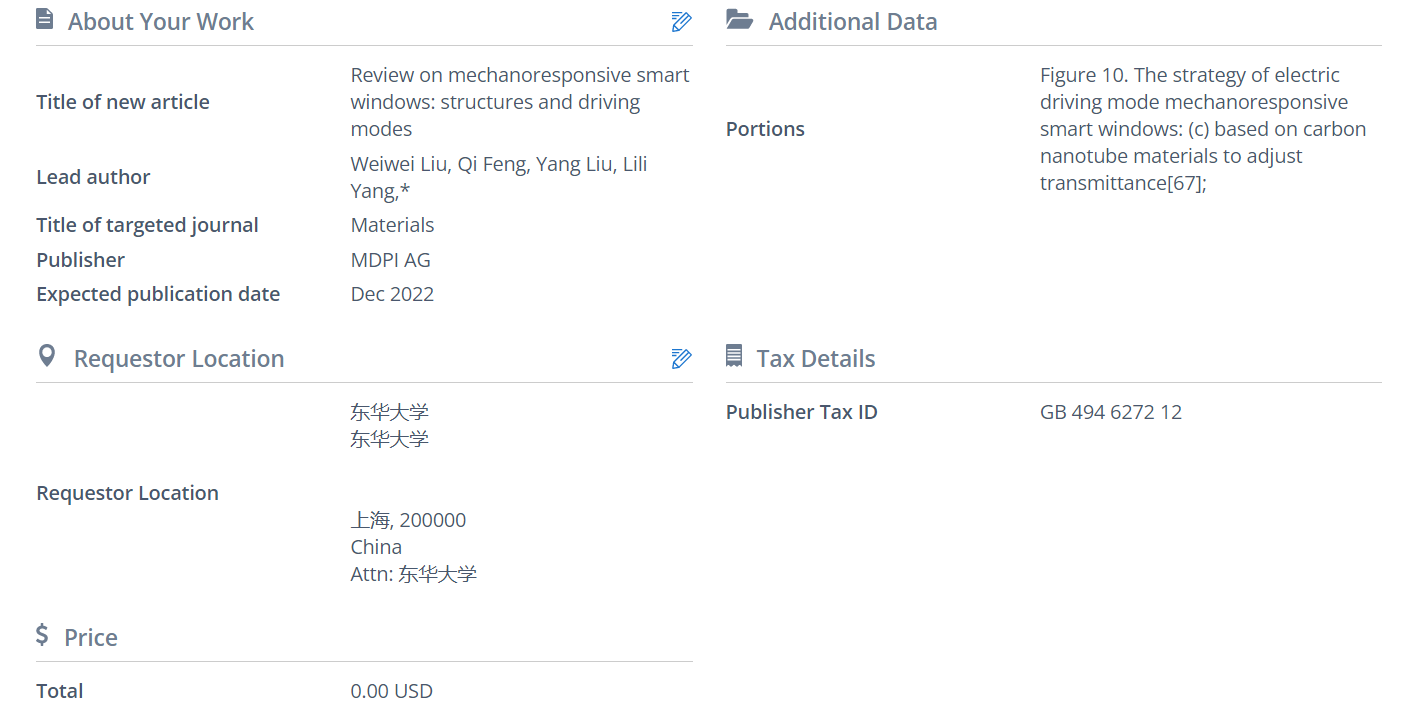
Figure 10c. The strategy of electric driving mode mechanoresponsive smart windows: based on carbon nanotube materials to adjust transmittance[66], Zhang, W.; Weng, M.; Zhou, P.; Chen, L.; Huang, Z.; Zhang, L.; Liu, C.; Fan, S., Transparency-switchable actuator based on aligned carbon nanotube and paraffin-polydimethylsiloxane composite. Carbon 2017, 116, 625-632.
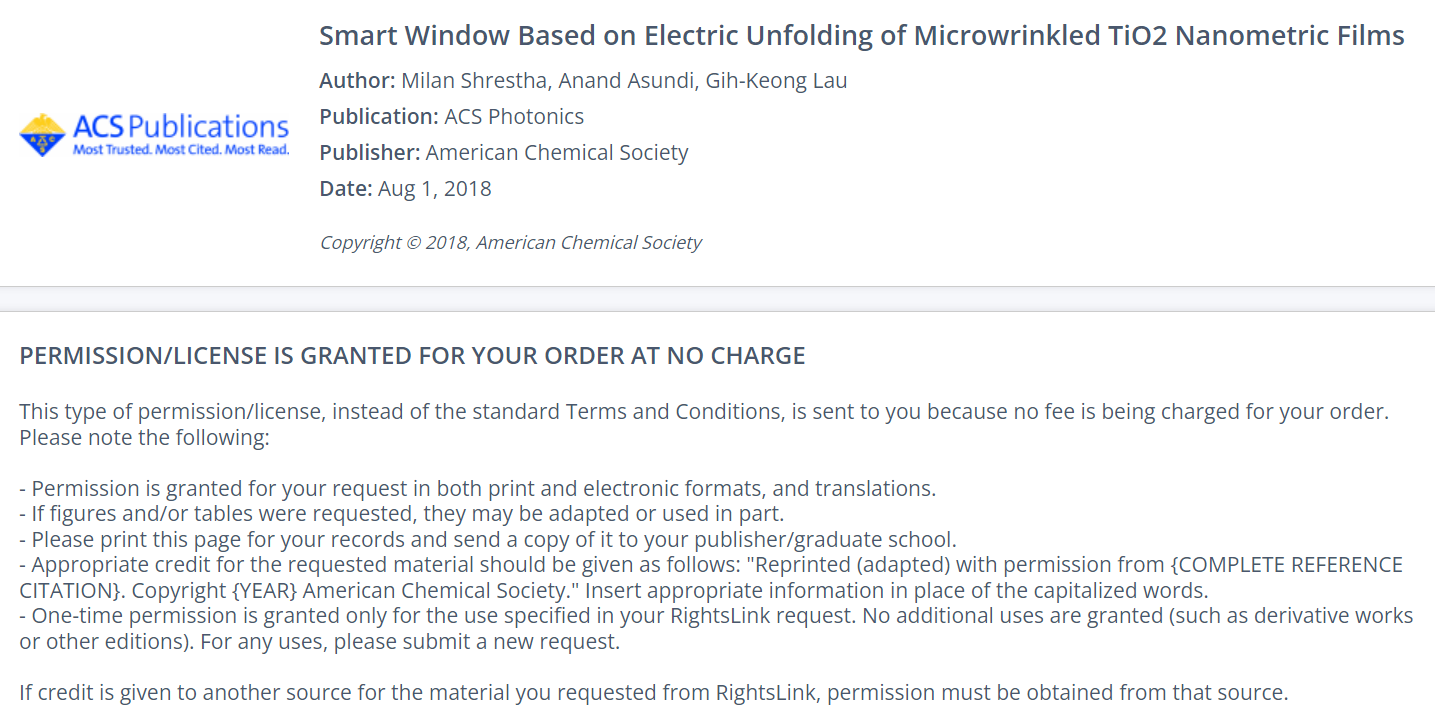
Figure 10d. The strategy of electric driving mode mechanoresponsive smart windows: based on surface wrinkle to modulate transmittance[67], Shrestha, M.; Asundi, A.; Lau, G.-K., Smart Window Based on Electric Unfolding of Microwrinkled TiO2 Nanometric Films. ACS Photonics 2018, 5, 3255-3262.

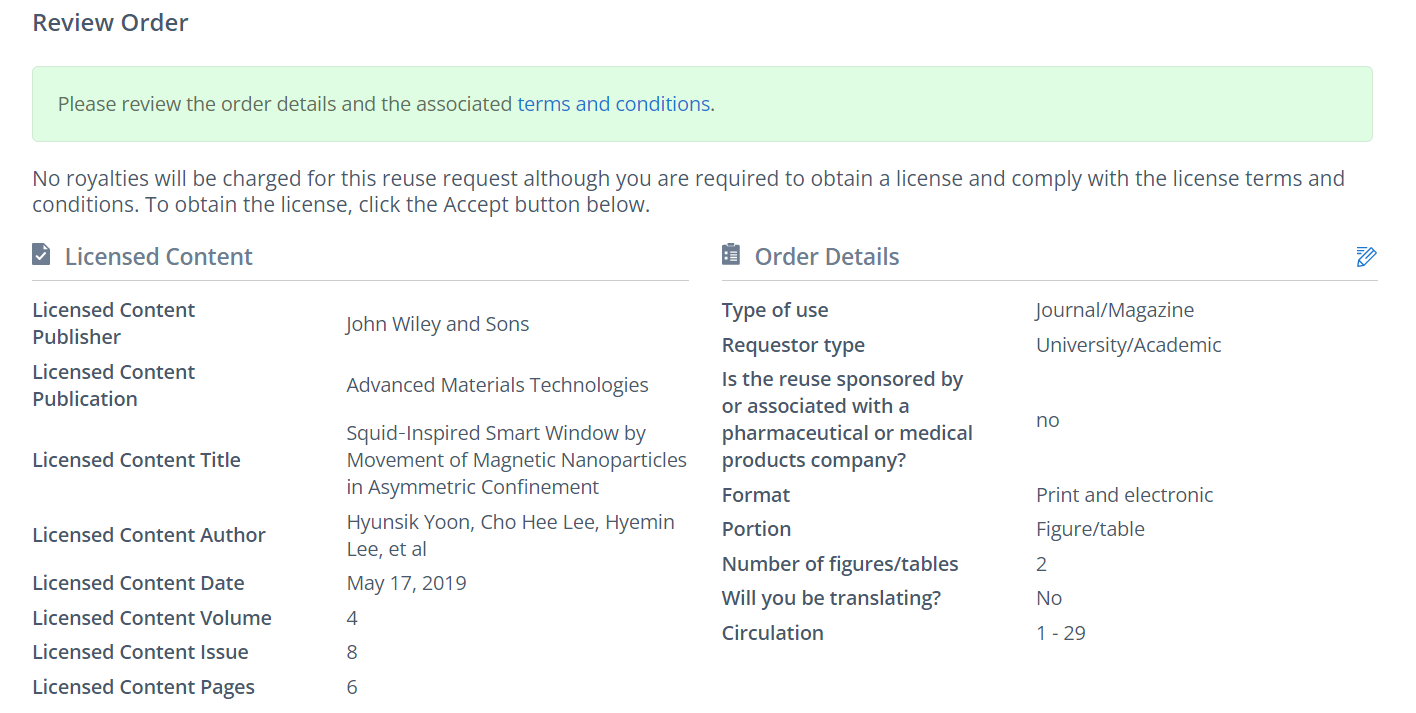
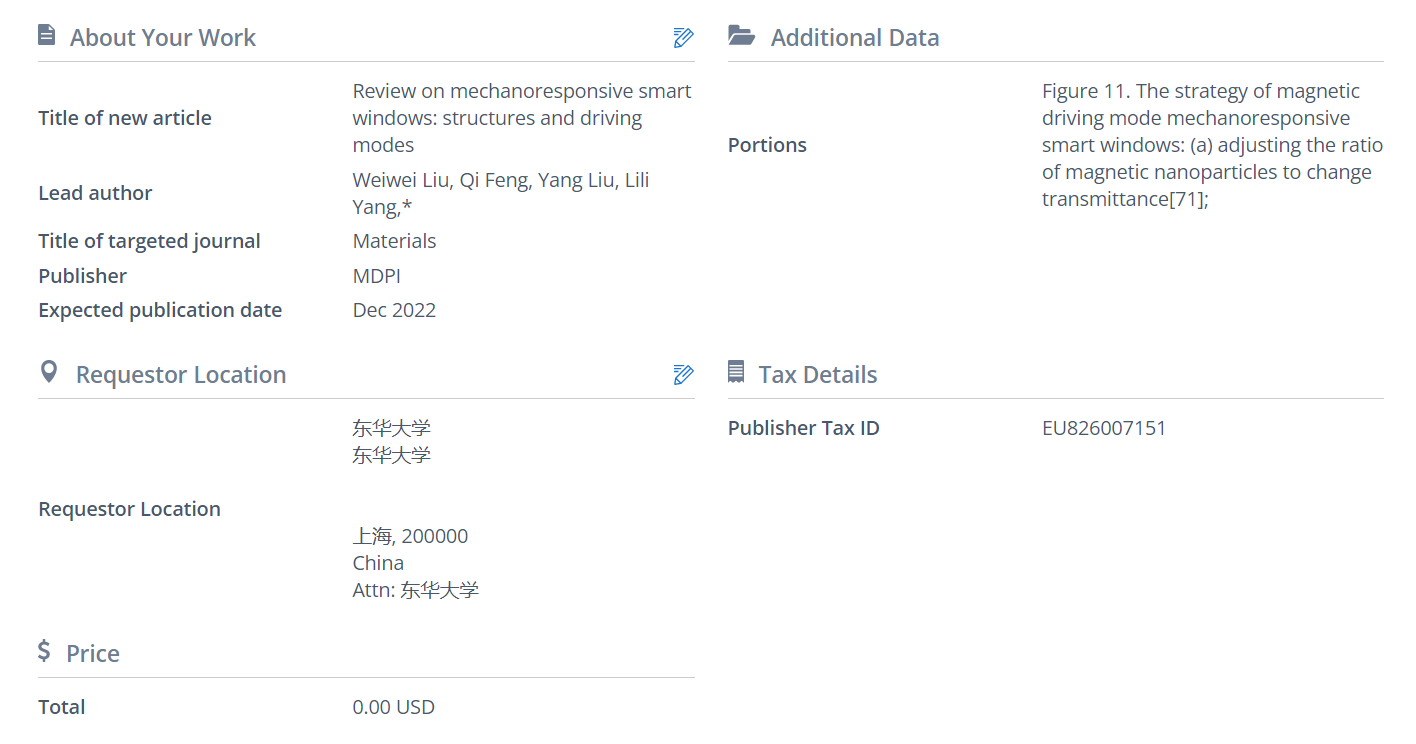
Figure 11a. The strategy of magnetic driving mode mechanoresponsive smart windows: adjusting the ratio of magnetic nanoparticles to change transmittance[70], Yang, J.; Lee, H.; Heo, S. G.; Kang, S.; Lee, H.; Lee, C. H.; Yoon, H., Squid‐Inspired Smart Window by Movement of Magnetic Nanoparticles in Asymmetric Confinement. Advanced Materials Technologies 2019, 4, 1900140.
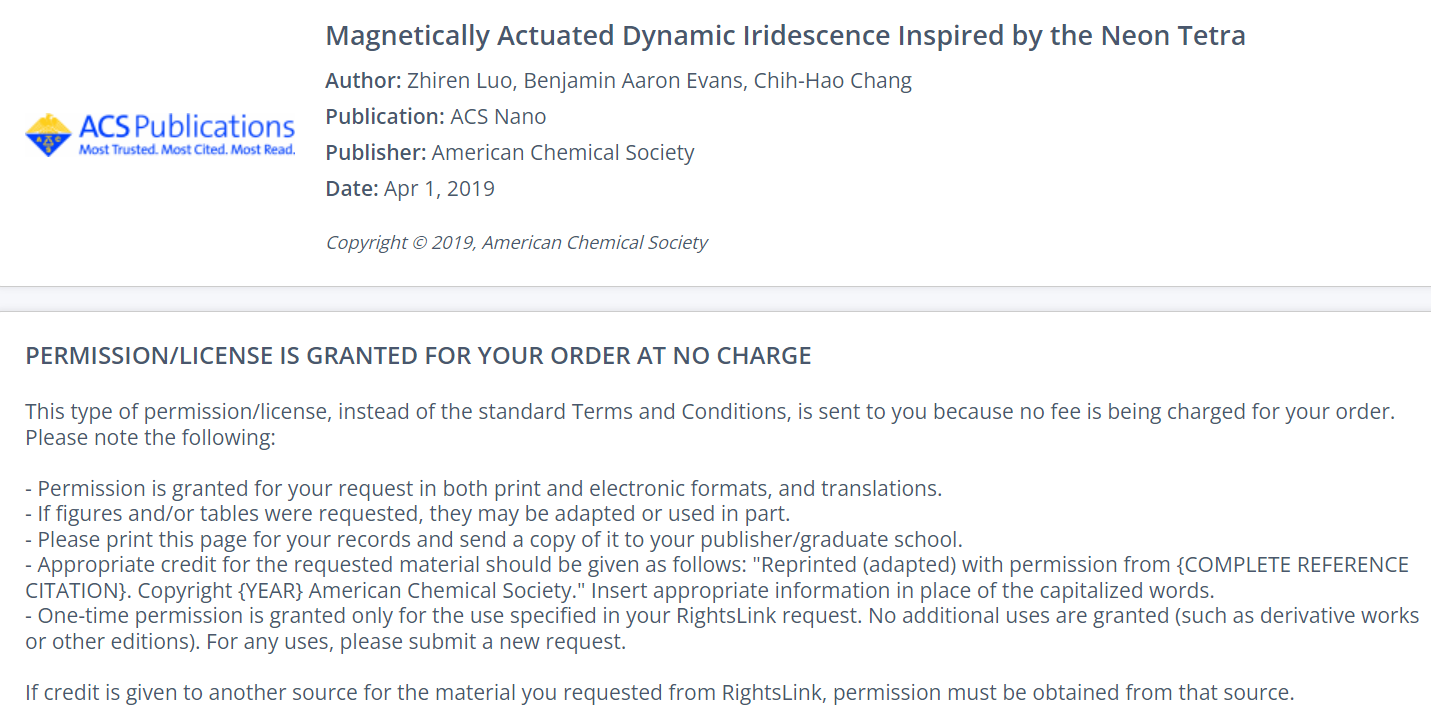
Figure 11b. The strategy of magnetic driving mode mechanoresponsive smart windows: forming the magnetic nanopillars array to adjust transmittance[71], Luo, Z.; Evans, B. A.; Chang, C. H., Magnetically Actuated Dynamic Iridescence Inspired by the Neon Tetra. ACS Nano 2019, 13, 4657-4666.

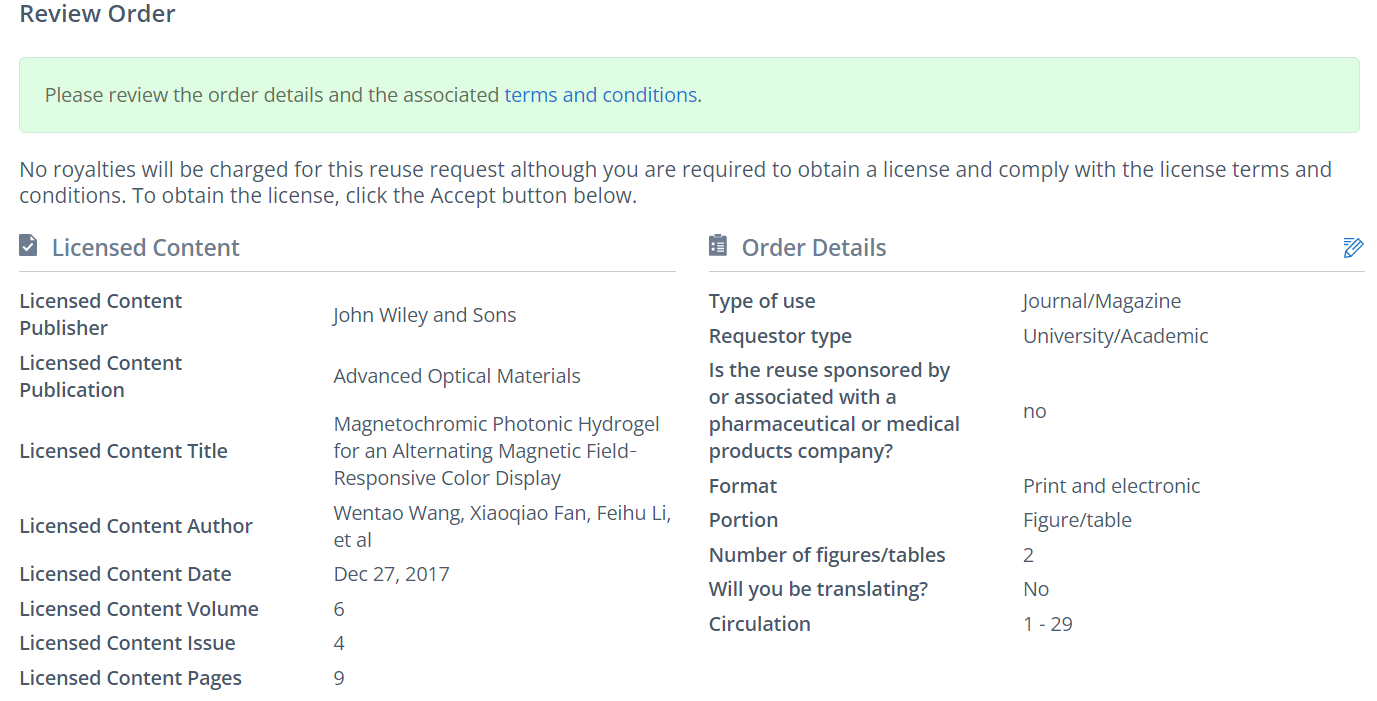
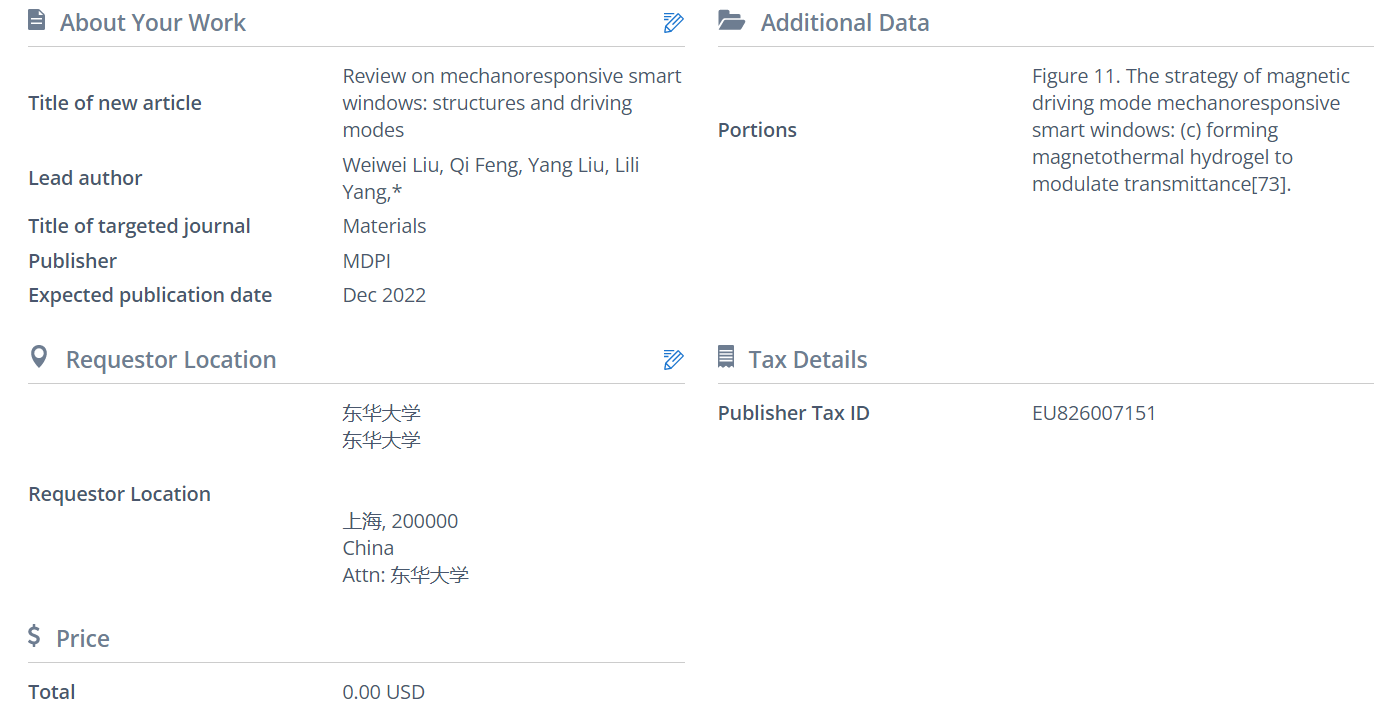
Figure 11c. The strategy of magnetic driving mode mechanoresponsive smart windows: forming magnetothermal hydrogel to modulate transmittance[72], Wang, W.; Fan, X.; Li, F.; Qiu, J.; Umair, M. M.; Ren, W.; Ju, B.; Zhang, S.; Tang, B., Magnetochromic Photonic Hydrogel for an Alternating Magnetic Field-Responsive Color Display. Advanced Optical Materials 2018, 6, 1701093.
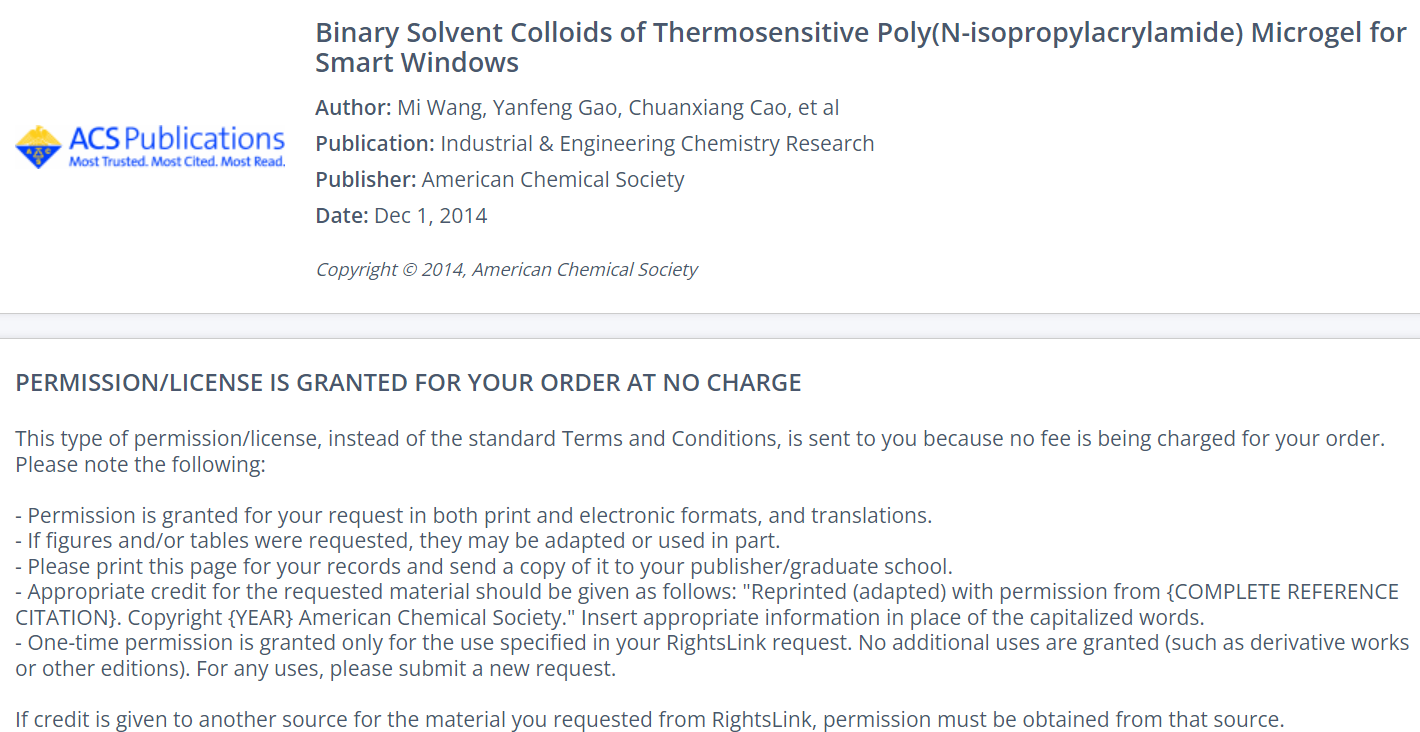
Figure 12a. The strategy of humidity driving mode mechanoresponsive smart windows: based on thermosensitive hydrogels[73], Wang, M.; Gao, Y.; Cao, C.; Chen, K.; Wen, Y.; Fang, D.; Li, L.; Guo, X., Binary Solvent Colloids of Thermosensitive Poly(N-isopropylacrylamide) Microgel for Smart Windows. Industrial & Engineering Chemistry Research 2014, 53, , 18462-18472.

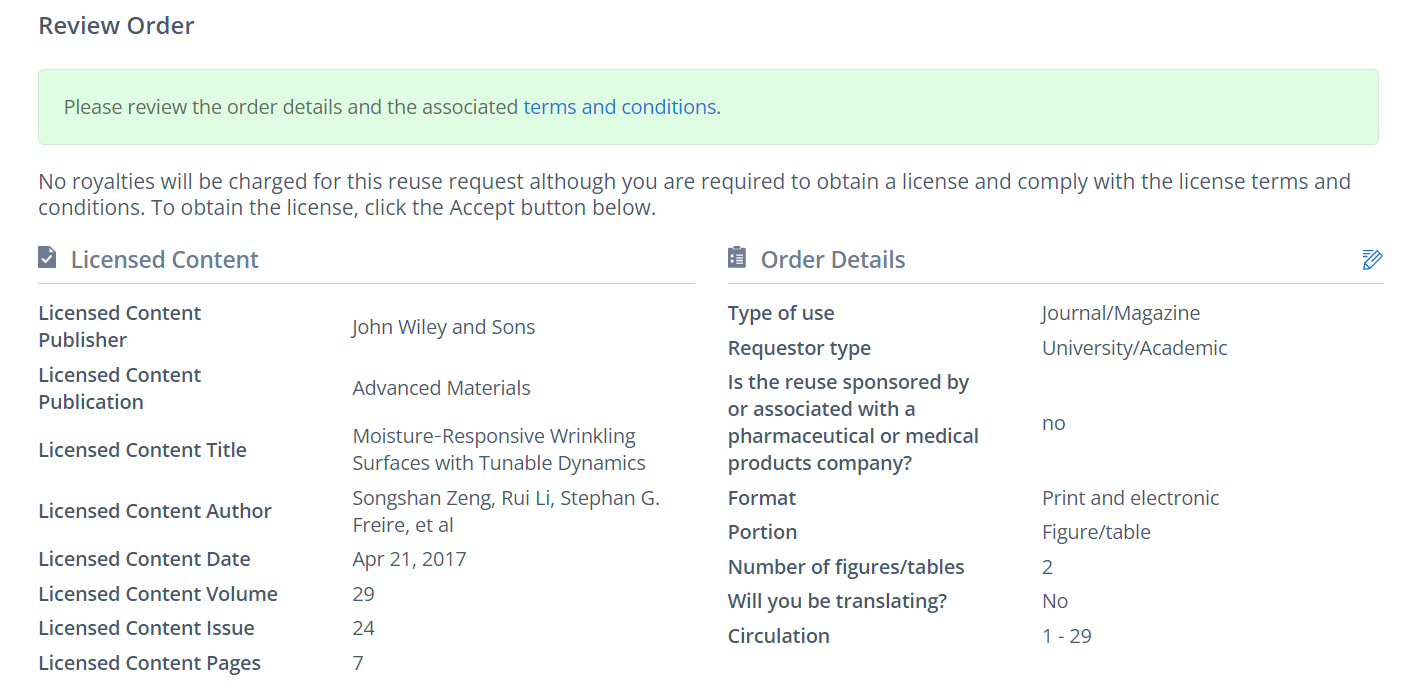
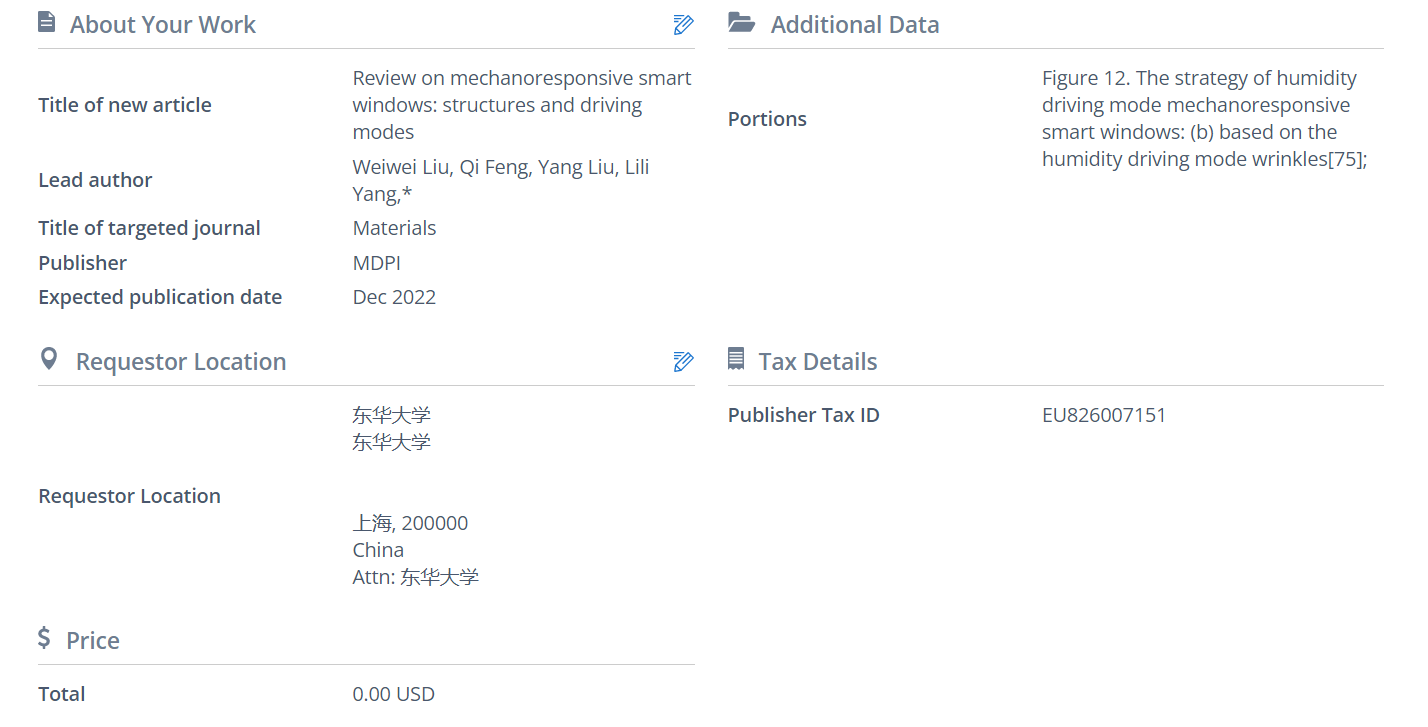
Figure 12b. The strategy of humidity driving mode mechanoresponsive smart windows: based on the humidity driving mode wrinkles[74] Zeng, S.; Li, R.; Freire, S. G.; Garbellotto, V. M. M.; Huang, E. Y.; Smith, A. T.; Hu, C.; Tait, W. R. T.; Bian, Z.; Zheng, G.; Zhang, D.; Sun, L., Moisture-Responsive Wrinkling Surfaces with Tunable Dynamics. Adv Mater 2017, 29, 1700828.

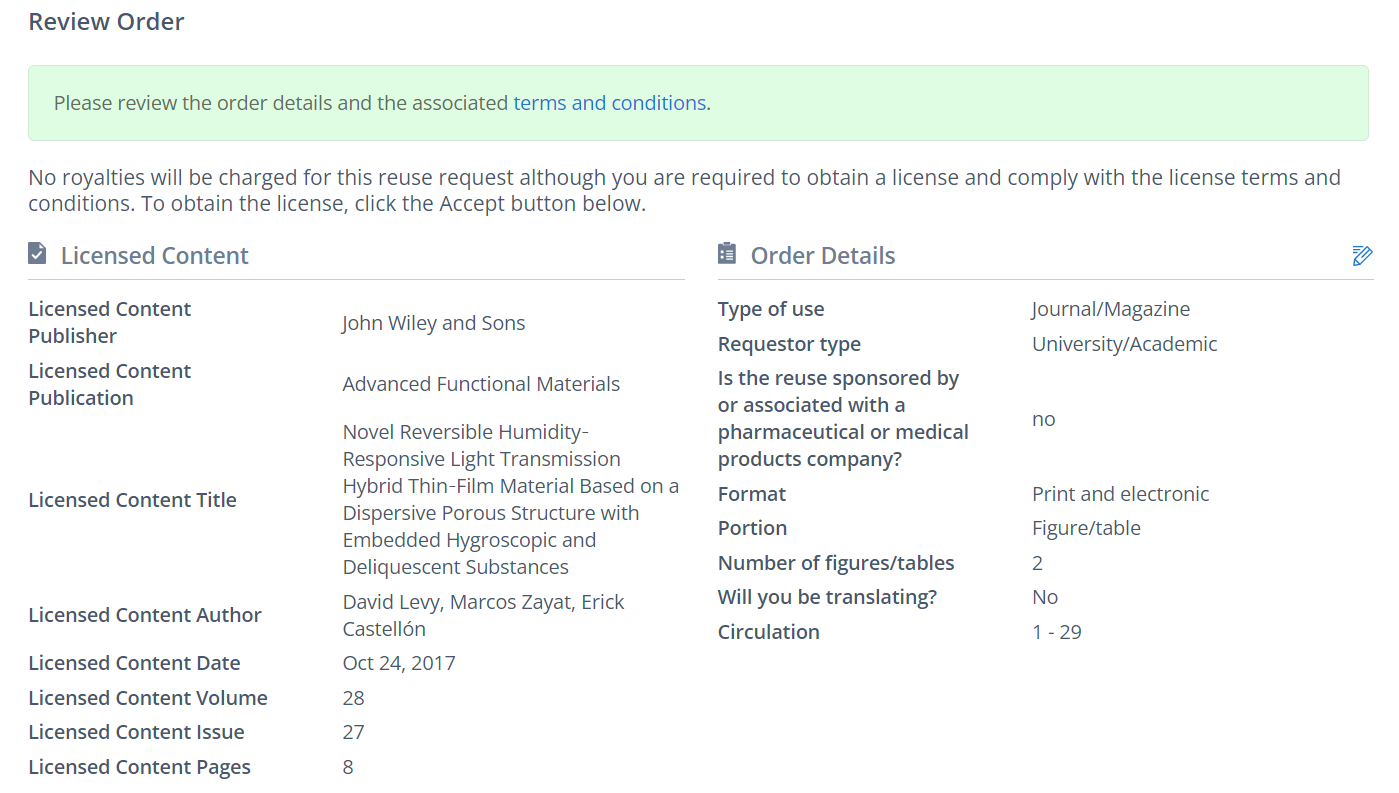
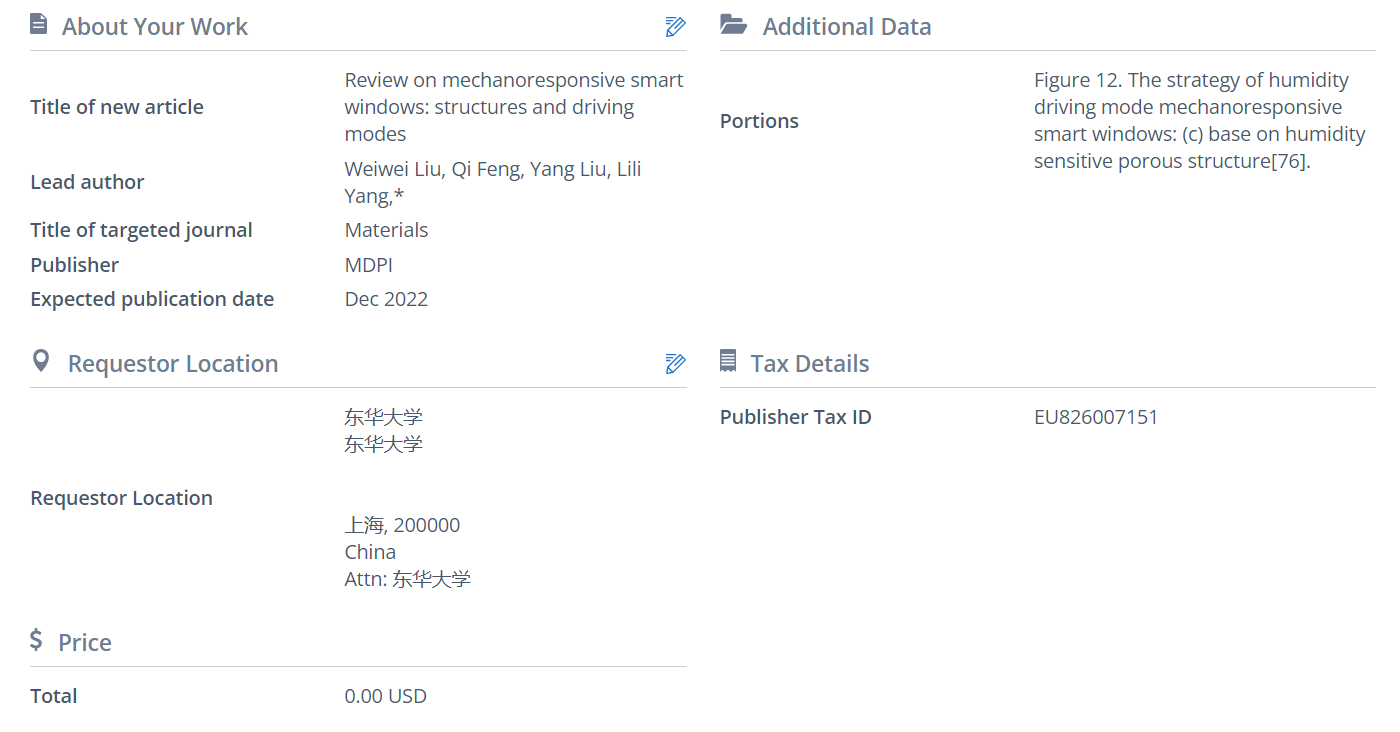
Figure 12c. The strategy of humidity driving mode mechanoresponsive smart windows: base on humidity sensitive porous structure[75],Castellón, E.; Zayat, M.; Levy, D., Novel Reversible Humidity-Responsive Light Transmission Hybrid Thin-Film Material Based on a Dispersive Porous Structure with Embedded Hygroscopic and Deliquescent Substances. Advanced Functional Materials 2018, 28, 1704717.
References
- Searchinger, T.D.; Beringer, T.; Holtsmark, B.; Kammen, D.M.; Lambin, E.F.; Lucht, W.; Raven, P.; van Ypersele, J.-P. Europe’s renewable energy directive poised to harm global forests. Nat. Commun. 2018, 9, 3741.
- Pérez-Lombard, L.; Ortiz, J.; Pout, C. A review on buildings energy consumption information. Energy Build. 2008, 40, 394–398.
- Shin, M.; Baltazar, J.-C.; Haberl, J.S.; Frazier, E.; Lynn, B. Evaluation of the energy performance of a net zero energy building in a hot and humid climate. Energy Build. 2019, 204, 109531.
- Ma, Z.Y.; Guan, B.W.; Liu, X.H.; Zhang, T. Performance analysis and improvement of air filtration and ventilation process in semiconductor clean air-conditioning system. Energy Build. 2020, 228, 110489.
- Dussault, J.-M.; Gosselin, L.; Galstian, T. Integration of smart windows into building design for reduction of yearly overall energy consumption and peak loads. Sol. Energy 2012, 86, 3405–3416.
- Wang, M.; Xing, X.; Perepichka, I.F.; Shi, Y.H.; Zhou, D.Y.; Wu, P.H.; Meng, H. Electrochromic Smart Windows Can Achieve an Absolute Private State through Thermochromically Engineered Electrolyte. Adv. Energy Mater. 2019, 9, 1900433.
- Ke, Y.J.; Chen, J.W.; Lin, C.J.; Wang, S.C.; Zhou, Y.; Yin, J.; Lee, P.S.; Long, Y. Smart Windows: Electro-, Thermo-, Mechano-, Photochromics, and Beyond. Adv. Energy Mater. 2019, 9, 1902066.
- Zhou, Y.; Fan, F.; Liu, Y.P.; Zhao, S.S.; Xu, Q.; Wang, S.C.; Luo, D.; Long, Y. Unconventional smart windows: Materials, structures and designs. Nano Energy 2021, 90, 106613.
- Svensson, J.S.E.M.; Granqvist, C.G. Electrochromic Coatings for Smart Windows. Sol. Energy Mater. 1985, 12, 391–402.
- Tällberg, R.; Jelle, B.P.; Loonen, R.; Gao, T.; Hamdy, M. Comparison of the energy saving potential of adaptive and controllable smart windows: A state-of-the-art review and simulation studies of thermochromic, photochromic and electrochromic technologies. Sol. Energy Mater. Sol. Cells 2019, 200, 109828.
- Wang, X.J.; Narayan, S. Thermochromic Materials for Smart Windows: A State-of-Art Review. Front. Energy Res. 2021, 9, 837–841.
- Chun, S.Y.; Park, S.; Lee, S.I.; Nguyen, H.D.; Lee, K.-K.; Hong, S.; Han, C.-H.; Cho, M.; Choi, H.-K.; Kwak, K. Operando Raman and UV-Vis spectroscopic investigation of the coloring and bleaching mechanism of self-powered photochromic devices for smart windows. Nano Energy 2021, 82, 105721.
- Liu, S.; Tso, C.Y.; Lee, H.H.; Zhang, Y.; Yu, K.M.; Chao, C.Y.H. Bio-inspired TiO2 nano-cone antireflection layer for the optical performance improvement of VO2 thermochromic smart windows. Sci. Rep. 2020, 10, 11376.
- Quan, Y.-J.; Kim, Y.-G.; Kim, M.-S.; Min, S.-H.; Ahn, S.-H. Stretchable Biaxial and Shear Strain Sensors Using Diffractive Structural Colors. ACS Nano 2020, 14, 5392–5399.
- Lee, E.; Zhang, M.; Cho, Y.; Cui, Y.; Van der Spiegel, J.; Engheta, N.; Yang, S. Tilted Pillars on Wrinkled Elastomers as a Reversibly Tunable Optical Window. Adv. Mater. 2014, 26, 4127–4133.
- Fan, Z.; Razavi, H.; Do, J.W.; Moriwaki, A.; Ergen, O.; Chueh, Y.L.; Leu, P.W.; Ho, J.C.; Takahashi, T.; Reichertz, L.A. Three-dimensional nanopillar-array photovltaics on low-cost and flexible substrates. Nat. Mater. 2009, 8, 648–653.
- Zhao, P.; Li, B.; Tang, Z.; Gao, Y.; Tian, H.; Chen, H. Stretchable photonic crystals with periodic cylinder shaped air holes for improving mechanochromic performance. Smart Mater. Struct. 2019, 28, 075037.
- Li, J.; Shim, J.; Deng, J.; Overvelde, J.T.B.; Zhu, X.; Bertoldi, K.; Yang, S. Switching periodic membranes via pattern transformation and shape memory effect. Soft Matter. 2012, 8, 10322–10328.
- Wang, K.; Li, C.; Li, Z.; Li, H.; Li, A.; Li, K.; Lai, X.; Liao, Q.; Xie, F.; Li, M.; et al. A facile fabrication strategy for anisotropic photonic crystals using deformable spherical nanoparticles. Nanoscale 2019, 11, 14147–14154.
- Li, P.; Han, Y.; Wang, W.; Chen, X.; Jin, P.; Liu, S. Self-Erasable Nanocone Antireflection Films Based on the Shape Memory Effect of Polyvinyl Alcohol (PVA) Polymers. Polymers 2018, 10, 756.
- Lee, S.G.; Lee, D.Y.; Lim, H.S.; Lee, D.H.; Lee, S.; Cho, K. Switchable transparency and wetting of elastomeric smart windows. Adv. Mater. 2010, 22, 5013–5017.
- Zhao, P.; Chen, H.; Li, B.; Tian, H.; Lai, D.; Gao, Y. Stretchable electrochromic devices enabled via shape memory alloy composites (SMAC) for dynamic camouflage. Opt. Mater. 2019, 94, 378–386.
- Ji, C.; Chen, M.; Wu, L. Patternable and Rewritable Retroreflective Structural Color Shape Memory Polymers. Adv. Opt. Mater. 2021, 9, 2100739.
- Thomas, A.V.; Andow, B.C.; Suresh, S.; Eksik, O.; Yin, J.; Dyson, A.H.; Koratkar, N. Controlled Crumpling of Graphene Oxide Films for Tunable Optical Transmittance. Adv. Mater. 2015, 27, 3256–3265.
- Zang, J.; Ryu, S.; Pugno, N.; Wang, Q.; Tu, Q.; Buehler, M.J.; Zhao, X. Multifunctionality and control of the crumpling and unfolding of large-area graphene. Nat. Mater. 2013, 12, 321–325.
- Ke, Y.; Zhang, Q.; Wang, T.; Wang, S.; Li, N.; Lin, G.; Liu, X.; Dai, Z.; Yan, J.; Yin, J.; et al. Cephalopod-inspired versatile design based on plasmonic VO2 nanoparticle for energy-efficient mechano-thermochromic windows. Nano Energy 2020, 73, 104785.
- Lin, G.; Chandrasekaran, P.; Lv, C.; Zhang, Q.; Tang, Y.; Han, L.; Yin, J. Self-similar Hierarchical Wrinkles as a Potential Multifunctional Smart Window with Simultaneously Tunable Transparency, Structural Color, and Droplet Transport. ACS Appl. Mater. Interfaces 2017, 9, 26510–26517.
- Cao, C.; Chan, H.F.; Zang, J.; Leong, K.W.; Zhao, X. Harnessing localized ridges for high-aspect-ratio hierarchical patterns with dynamic tunability and multifunctionality. Adv. Mater. 2014, 26, 1763–1770.
- Li, Z.W.; Liu, Y.; Marin, M.; Yin, Y.D. Thickness-dependent wrinkling of PDMS films for programmable mechanochromic responses. Nano Res. 2020, 13, 1882–1888.
- Lin, R.; Qi, Y.; Kou, D.; Ma, W.; Zhang, S. Bio-Inspired Wrinkled Photonic Elastomer with Superior Controllable and Mechanically Stable Structure for Multi-Mode Color Display. Adv. Funct. Mater. 2022, 32, 2207691.
- Jiang, B.; Liu, L.; Gao, Z.; Feng, Z.; Zheng, Y.; Wang, W. Fast Dual-Stimuli-Responsive Dynamic Surface Wrinkles with High Bistability for Smart Windows and Rewritable Optical Displays. ACS Appl. Mater. Interfaces 2019, 11, 40406–40415.
- Shrestha, M.; Lau, G.-K. Tunable window device based on micro-wrinkling of nanometric zinc-oxide thin film on elastomer. Opt. Lett. 2016, 41, 4433–4436.
- Zeng, S.; Zhang, D.; Huang, W.; Wang, Z.; Freire, S.G.; Yu, X.; Smith, A.T.; Huang, E.Y.; Nguon, H.; Sun, L. Bio-inspired sensitive and reversible mechanochromisms via strain-dependent cracks and folds. Nat. Commun. 2016, 7, 11802.
- Mao, Z.; Zeng, S.; Shen, K.; Chooi, A.P.; Smith, A.T.; Jones, M.D.; Zhou, Y.; Liu, X.; Sun, L. Dynamic Mechanochromic Optics with Tunable Strain Sensitivity for Strain-Responsive Digit Display. Adv. Opt. Mater. 2020, 8, 2001472.
- Li, Z.; Zhai, Y.; Wang, Y.; Wendland, G.M.; Yin, X.; Xiao, J. Harnessing Surface Wrinkling–Cracking Patterns for Tunable Optical Transmittance. Adv. Opt. Mater. 2017, 5, 1700425.
- Jiang, Y.; Zeng, S.; Yao, Y.; Xu, S.; Dong, Q.; Chen, P.; Wang, Z.; Zhang, M.; Zhu, M.; Xu, G.; et al. Dynamic Optics with Transparency and Color Changes under Ambient Conditions. Polymers 2019, 11, 103.
- Zhao, H.; Sun, Q.; Zhou, J.; Deng, X.; Cui, J. Switchable Cavitation in Silicone Coatings for Energy-Saving Cooling and Heating. Adv. Mater. 2020, 32, e2000870.
- Ge, D.; Lee, E.; Yang, L.; Cho, Y.; Li, M.; Gianola, D.S.; Yang, S. A Robust Smart Window: Reversibly Switching from High Transparency to Angle-Independent Structural Color Display. Adv. Mater. 2015, 27, 2489–2495.
- Liu, Y.; Song, S.; Liu, M.; Hu, Y.; Zhang, L.-W.; Yoon, H.; Yang, L.; Ge, D. Gecko-inspired ultrasensitive multifunctional mechano-optical smart membranes. Chem. Eng. J. 2021, 429, 132159.
- Cho, D.; Shim, Y.S.; Jung, J.W.; Nam, S.H.; Min, S.; Lee, S.E.; Ham, Y.; Lee, K.; Park, J.; Shin, J.; et al. High-Contrast Optical Modulation from Strain-Induced Nanogaps at 3D Heterogeneous Interfaces. Adv. Sci. 2020, 7, 1903708.
- Han, J.; Freyman, M.C.; Feigenbaum, E.; Han, T.Y.-J. Electro-Optical Device with Tunable Transparency Using Colloidal Core/Shell Nanoparticles. ACS Photonics 2018, 5, 1343–1350.
- Li, J.; Lu, X.; Zhang, Y.; Ke, X.; Wen, X.; Cheng, F.; Wei, C.; Li, Y.; Yao, K.; Yang, S. Highly Sensitive Mechanoresponsive Smart Windows Driven by Shear Strain. Adv. Funct. Mater. 2021, 31, 2102350.
- Qi, Y.; Zhou, C.; Zhang, S.; Zhang, Z.; Niu, W.; Wu, S.; Ma, W.; Tang, B. Bar-coating programmable mechanochromic bilayer PDMS film with angle-dependent and angle-independent structural colors. Dyes Pigments 2021, 189, 109264.
- Kim, H.N.; Ge, D.; Lee, E.; Yang, S. Multistate and On-Demand Smart Windows. Adv. Mater. 2018, 30, e1803847.
